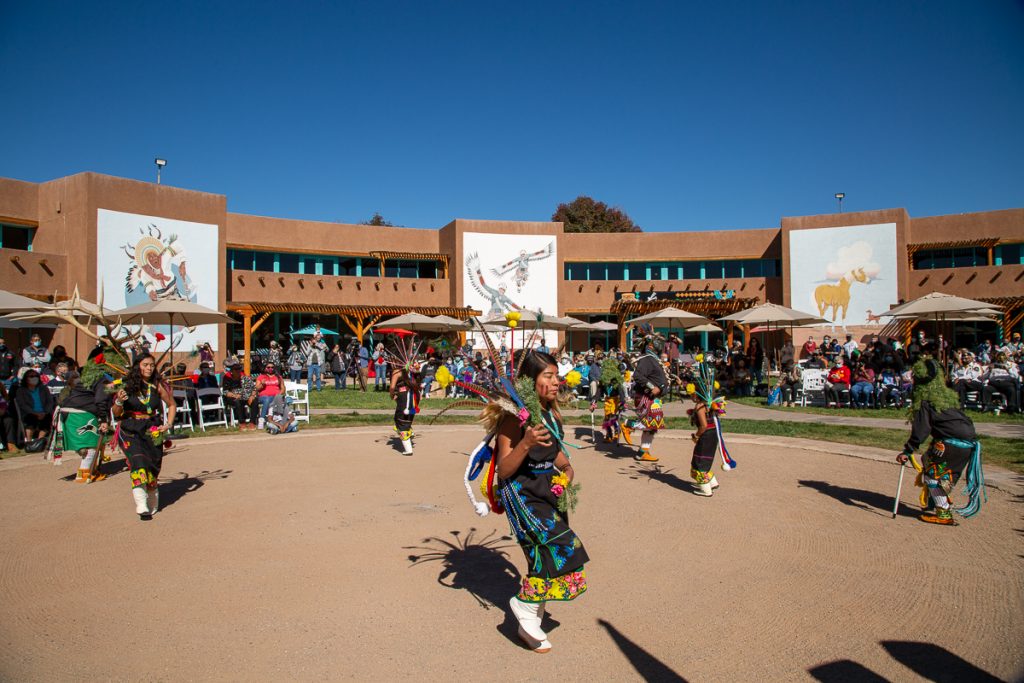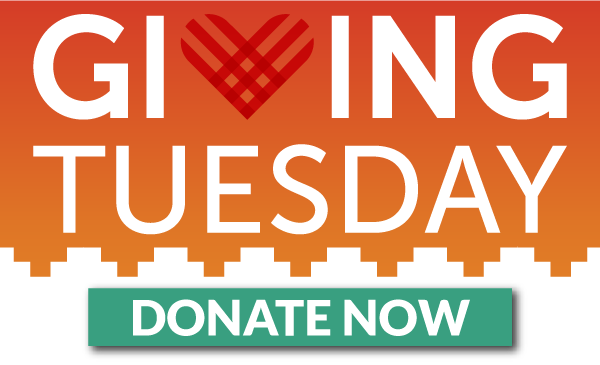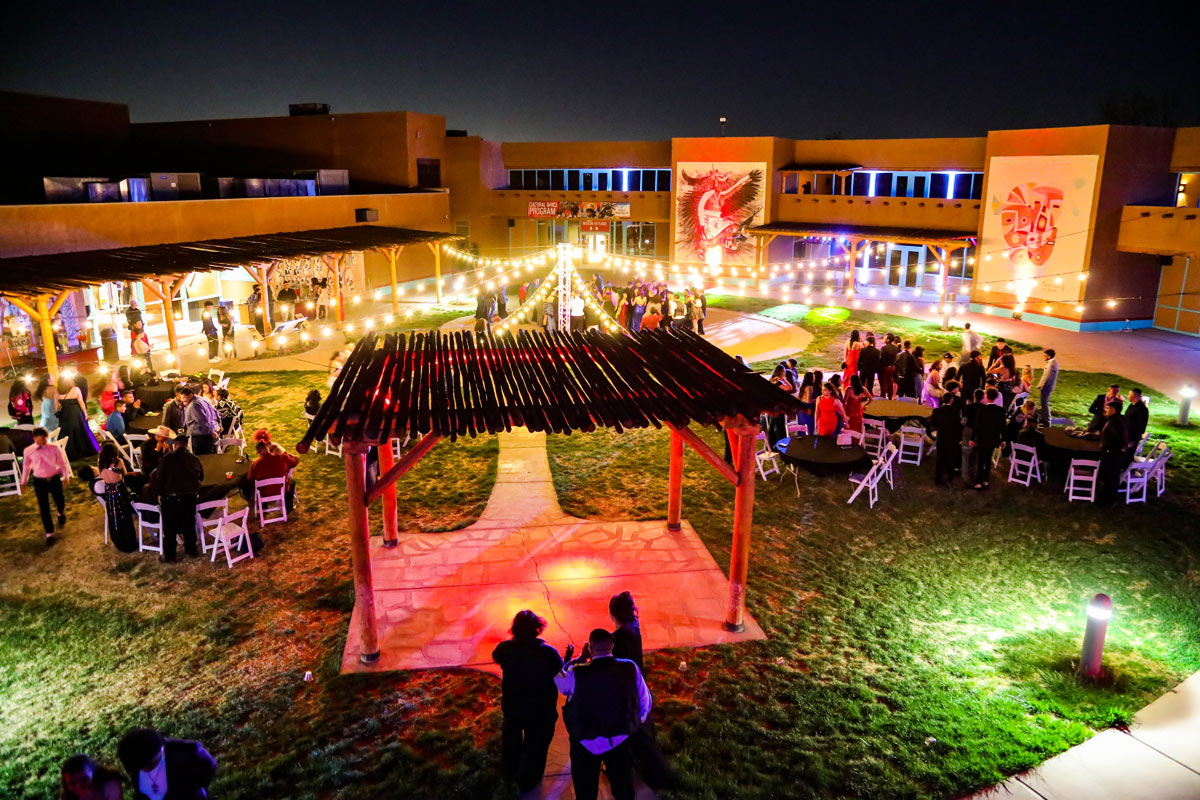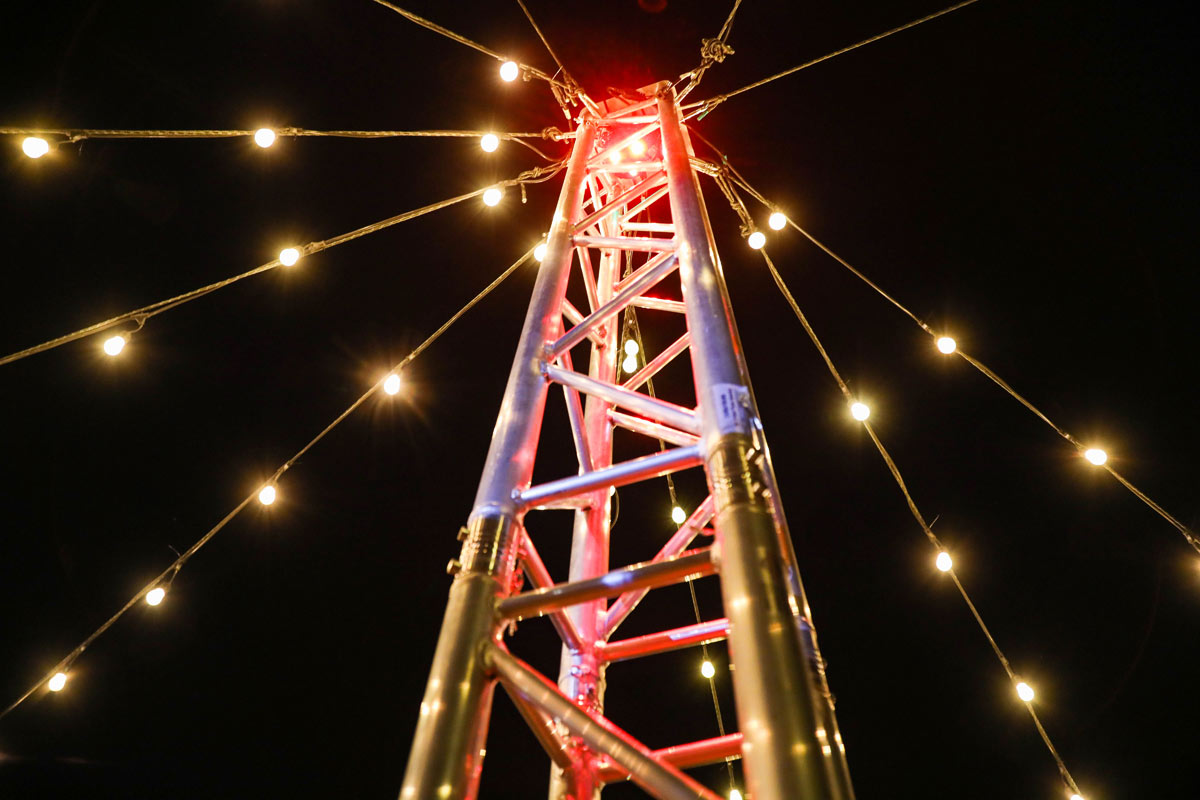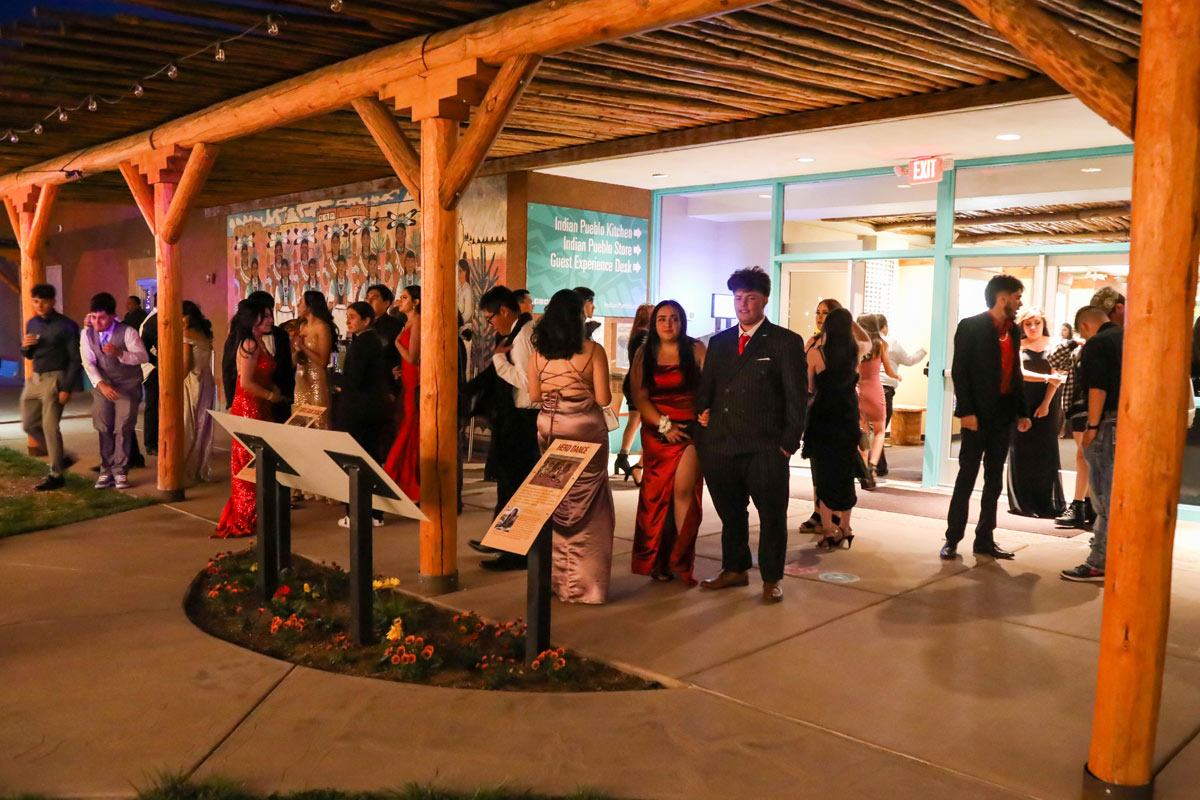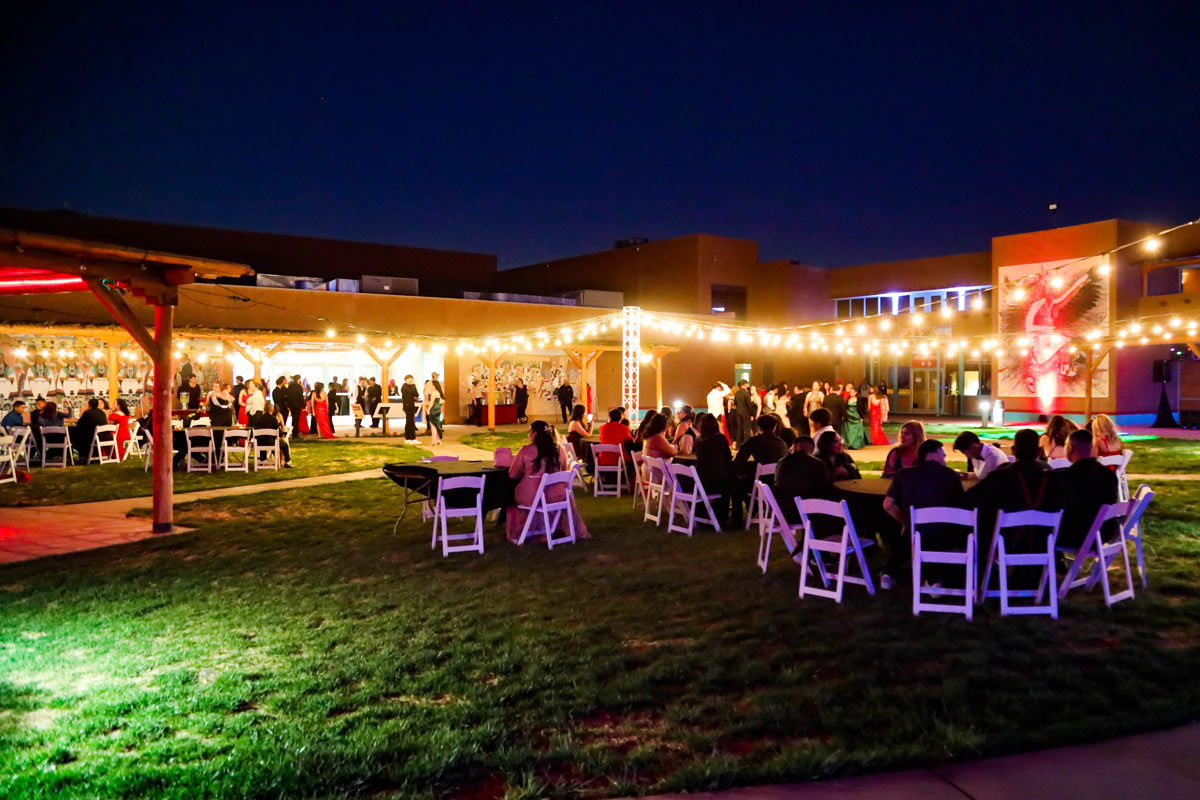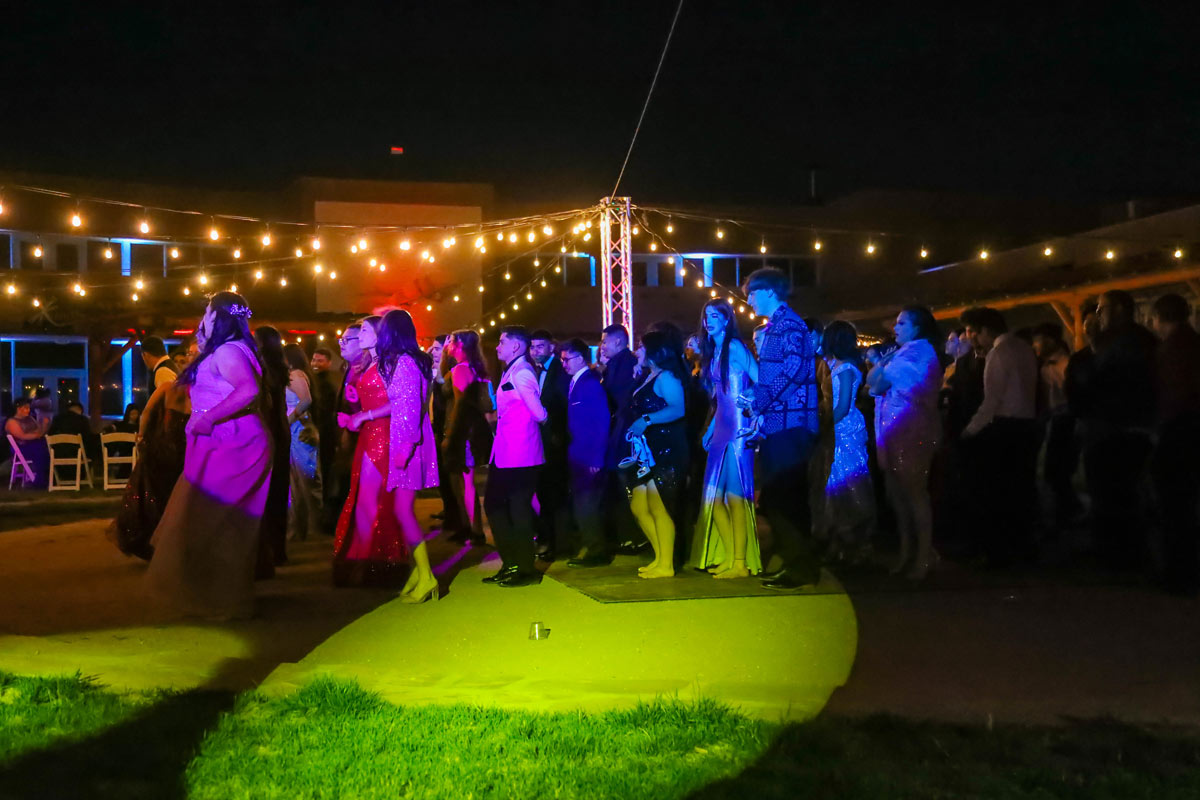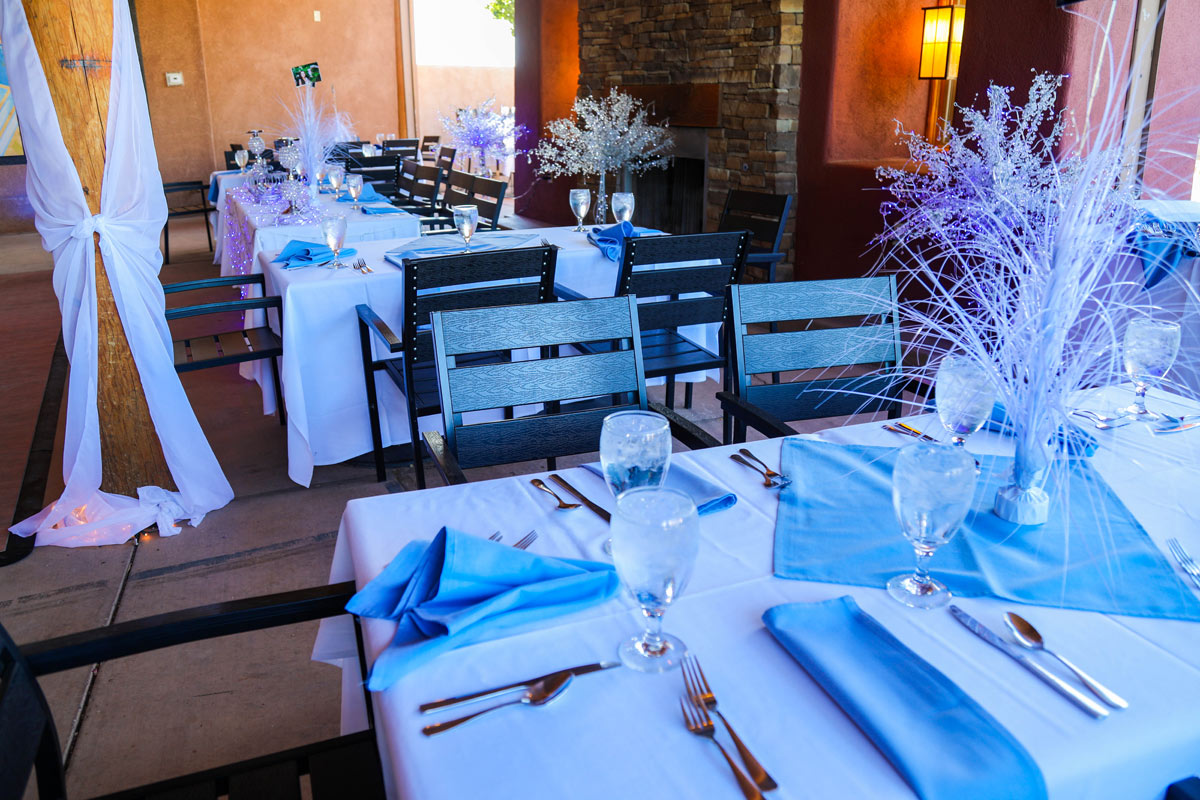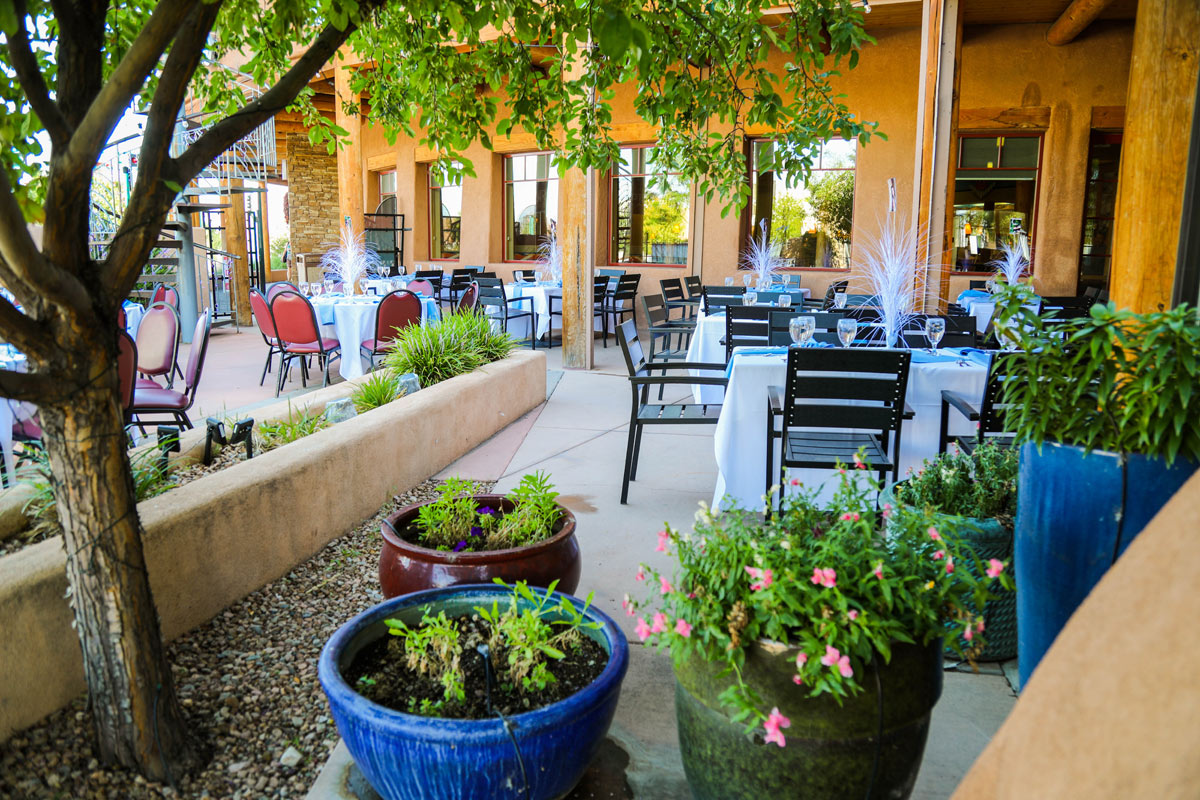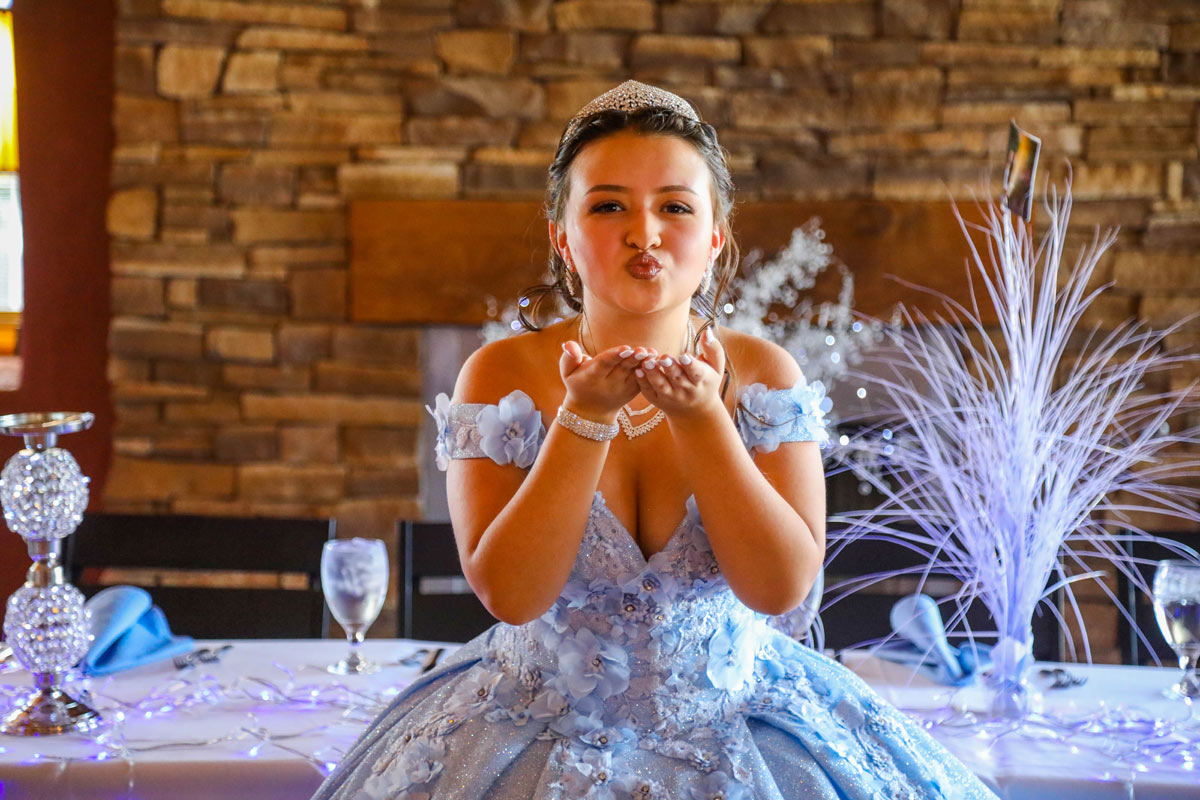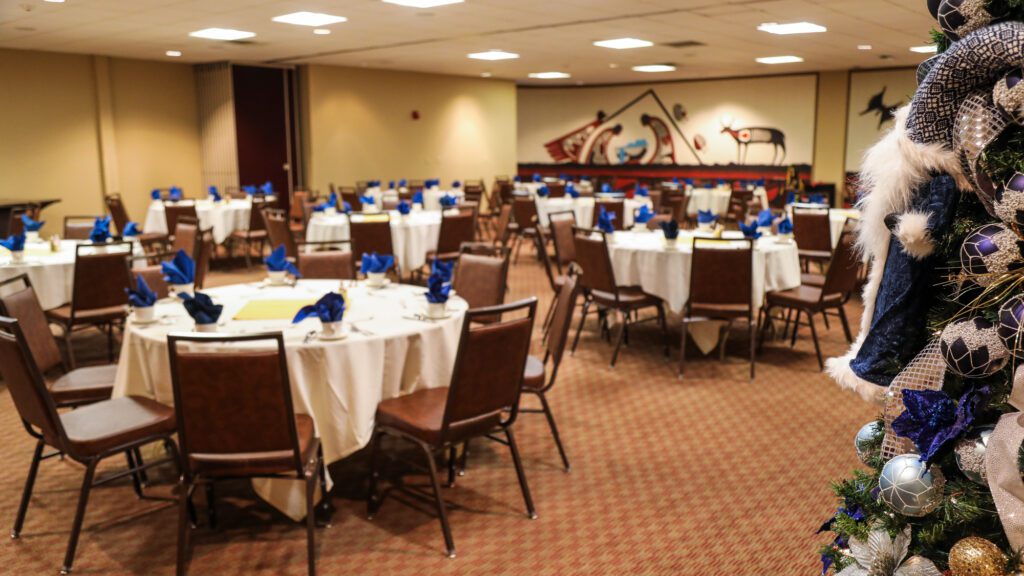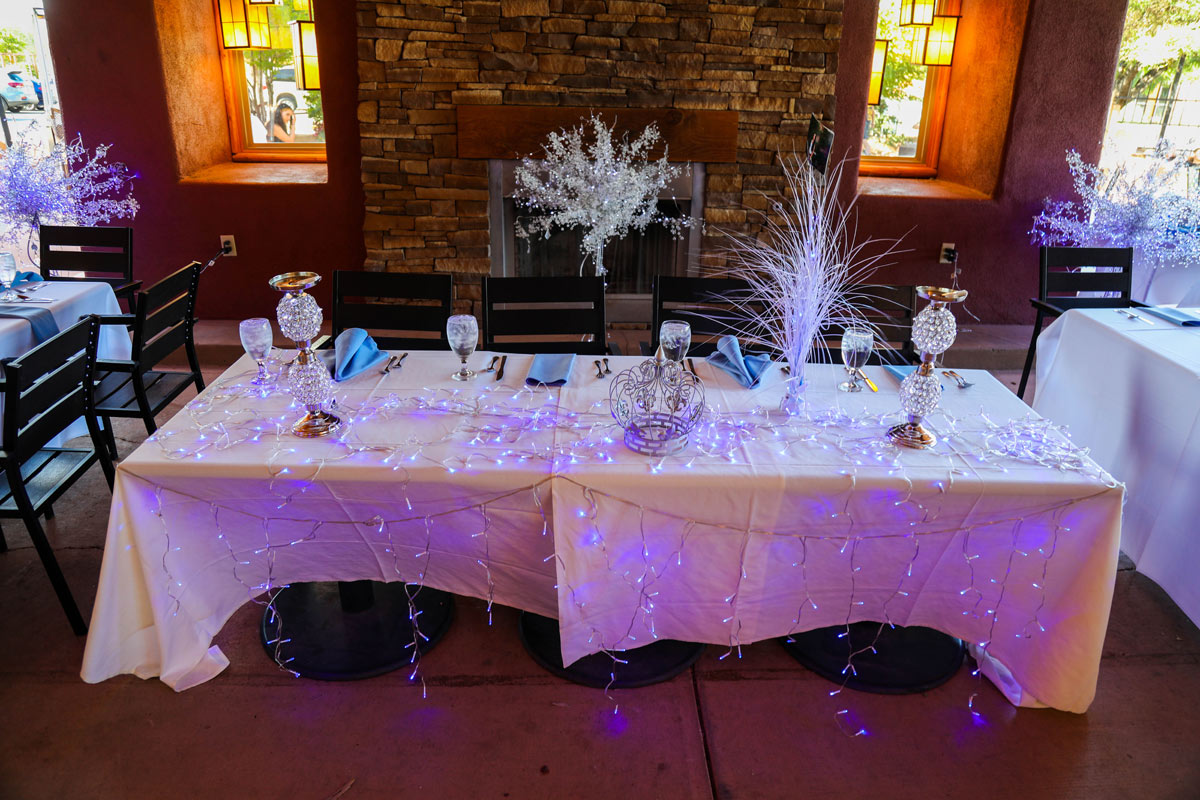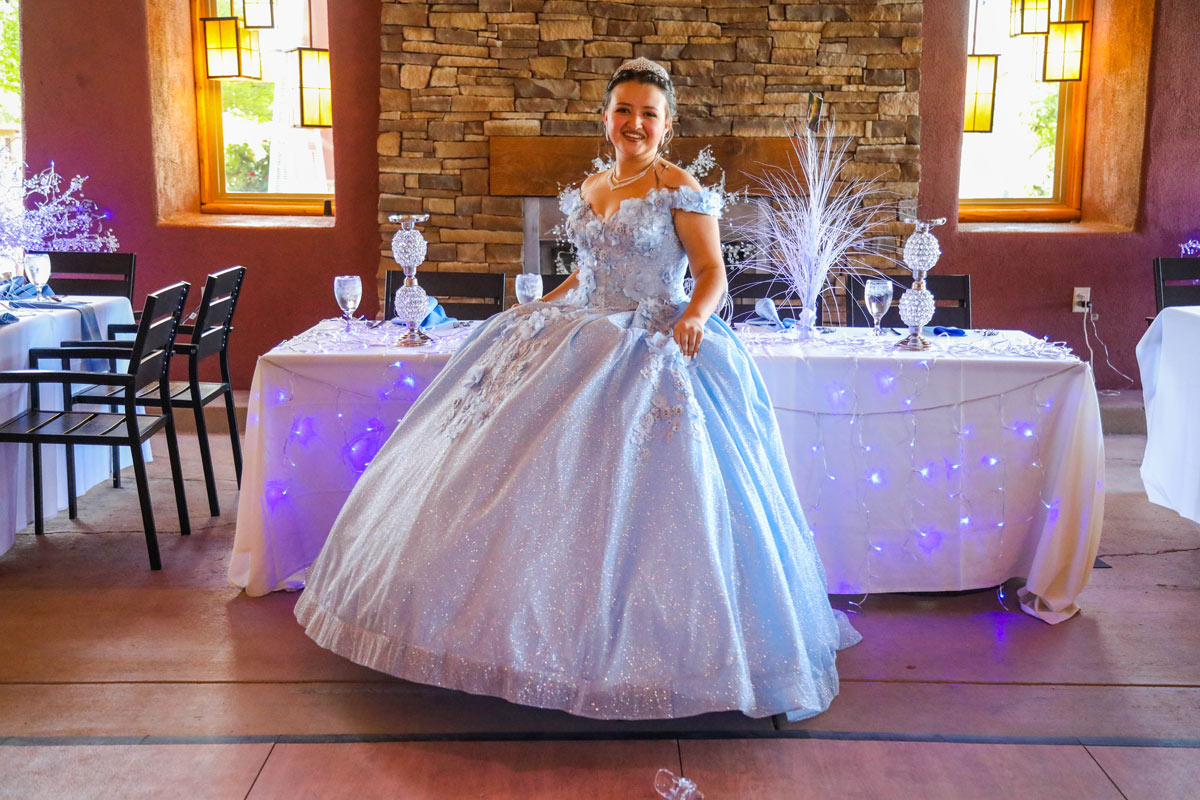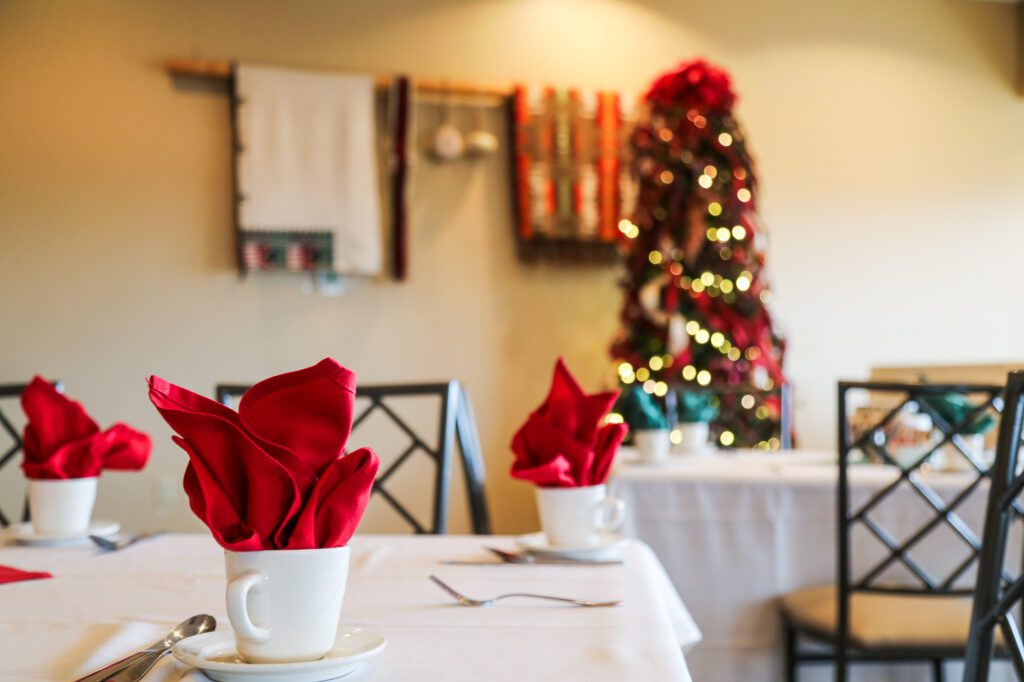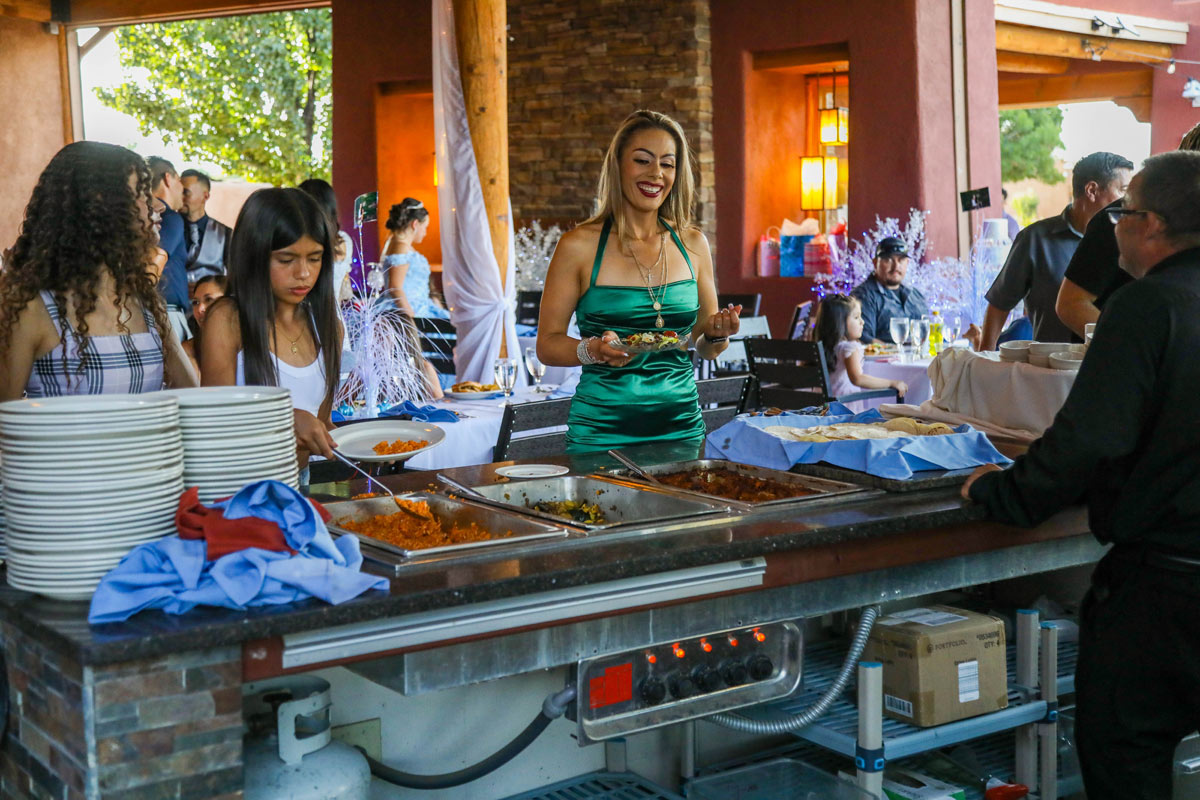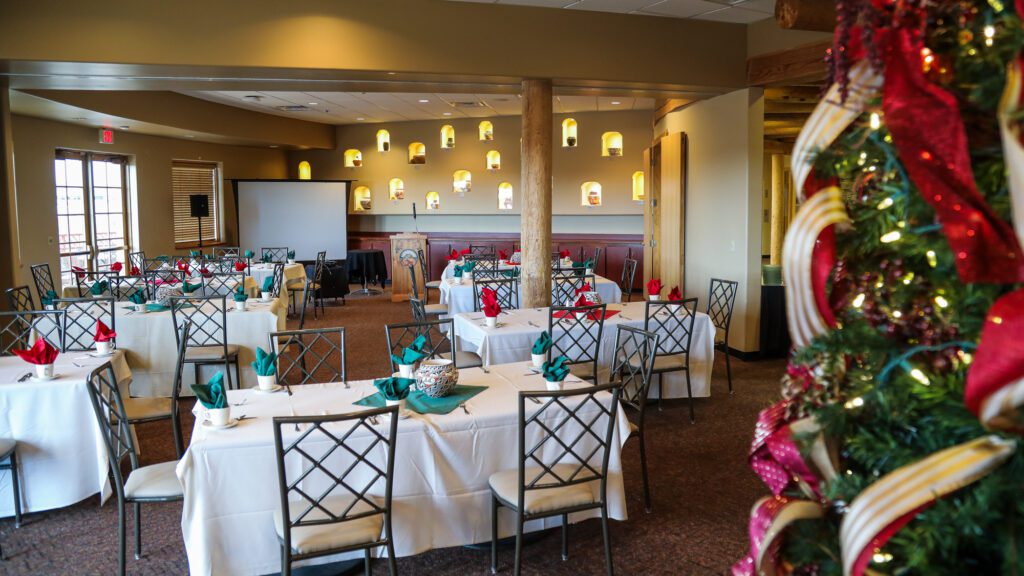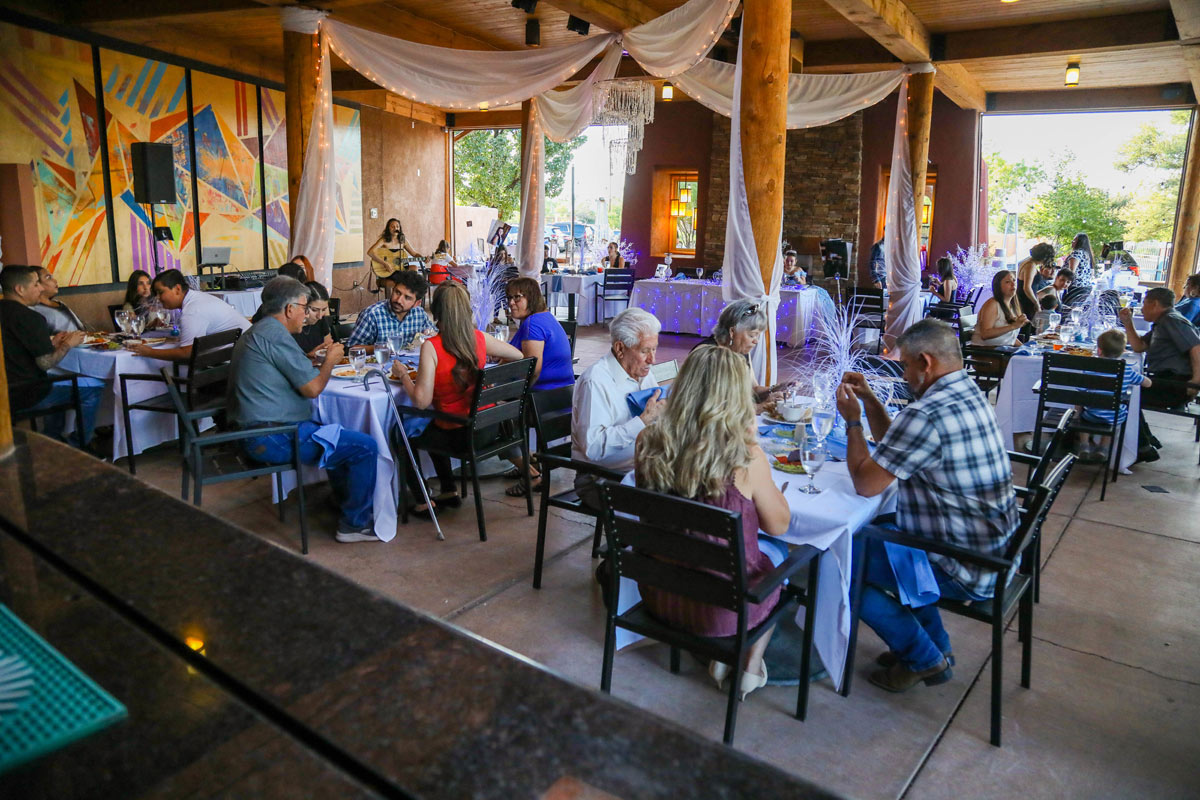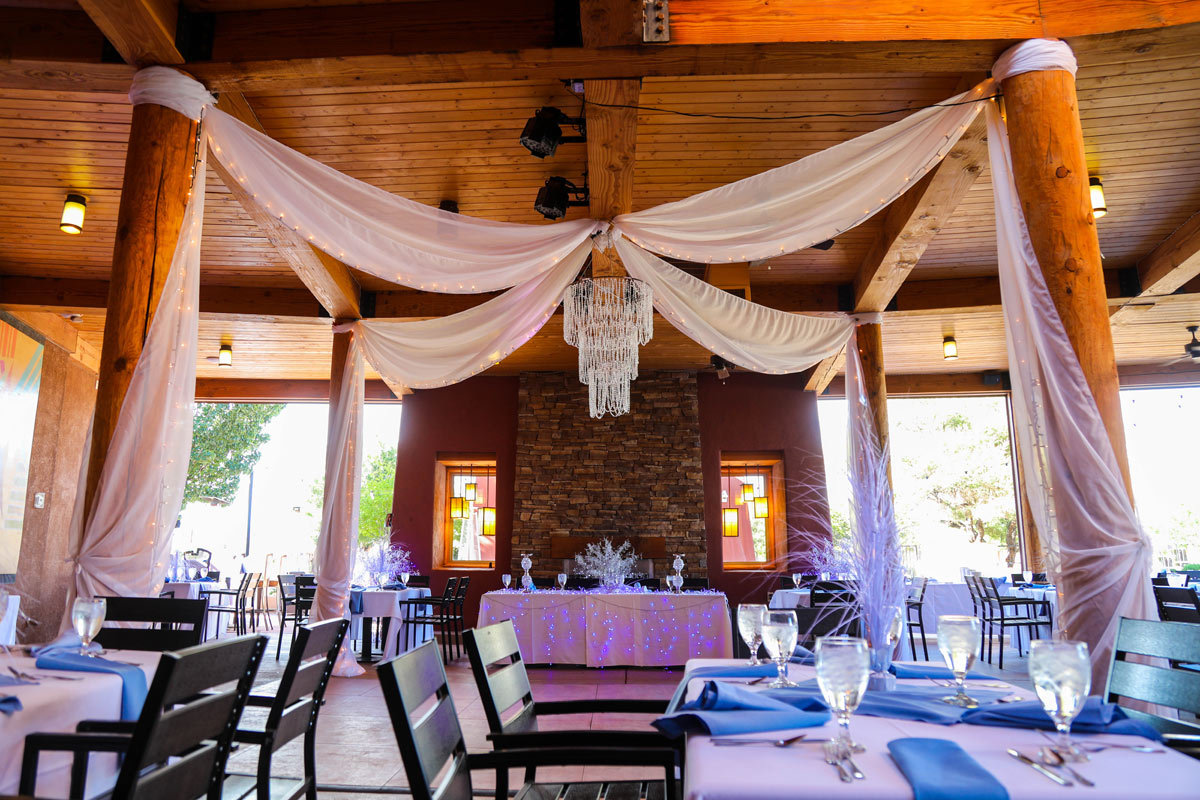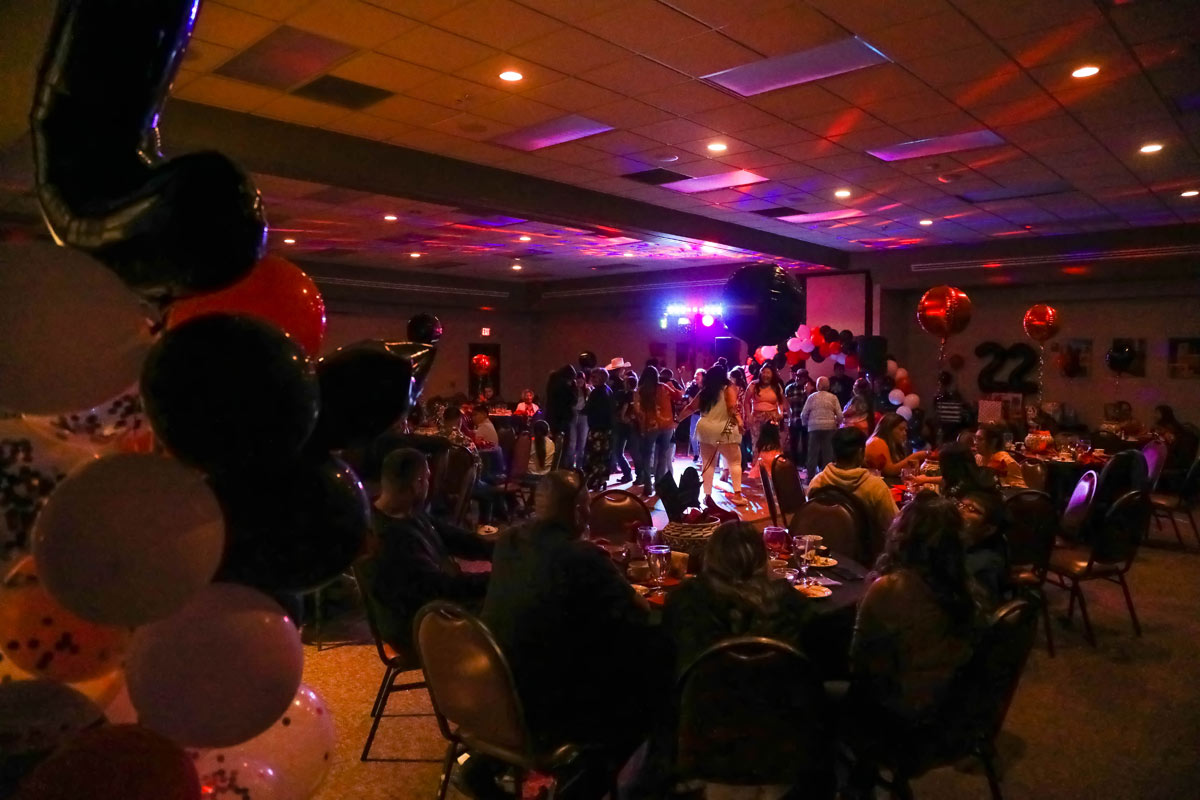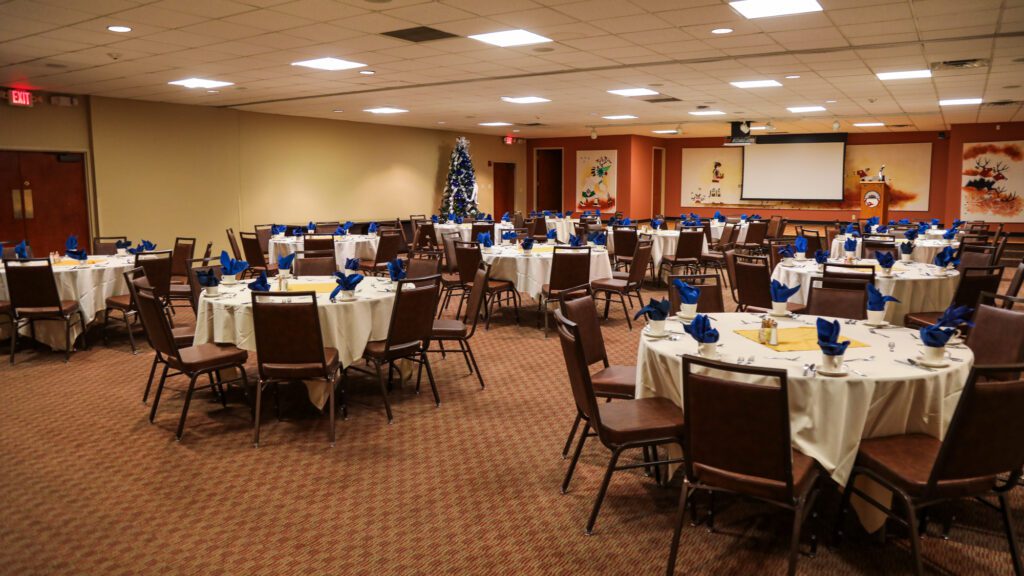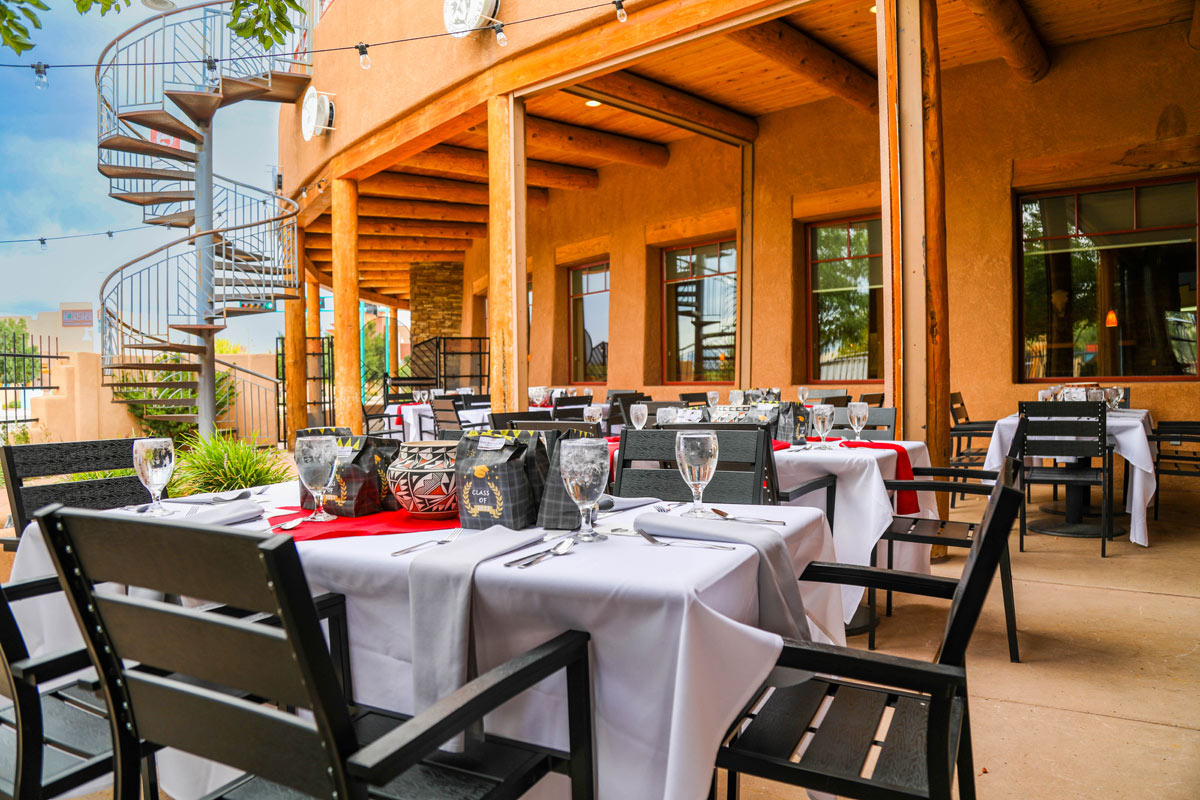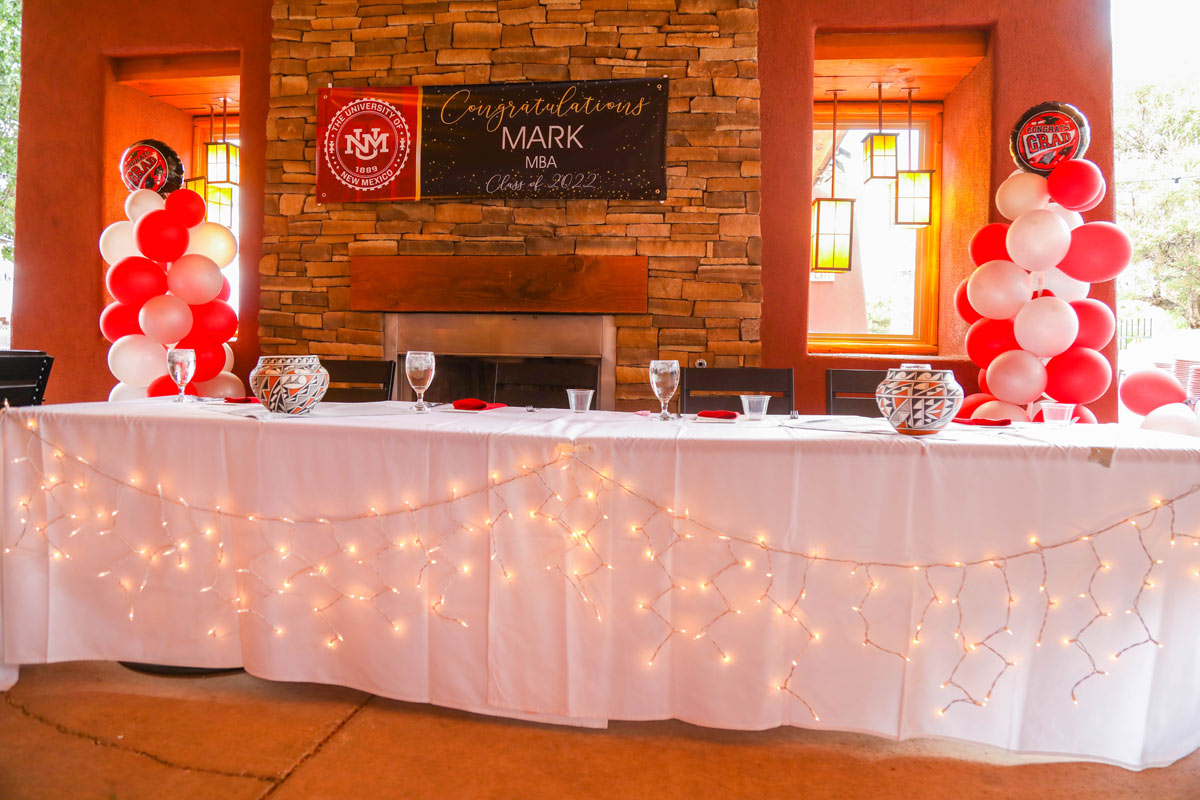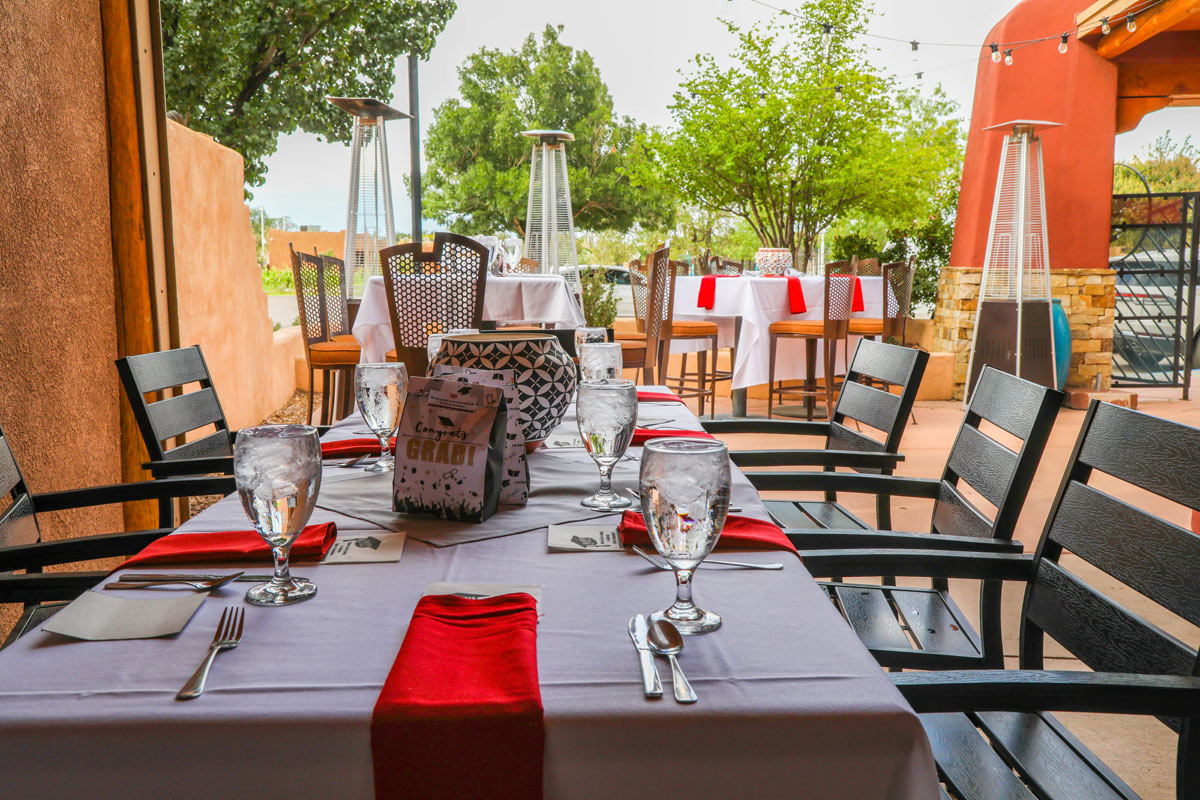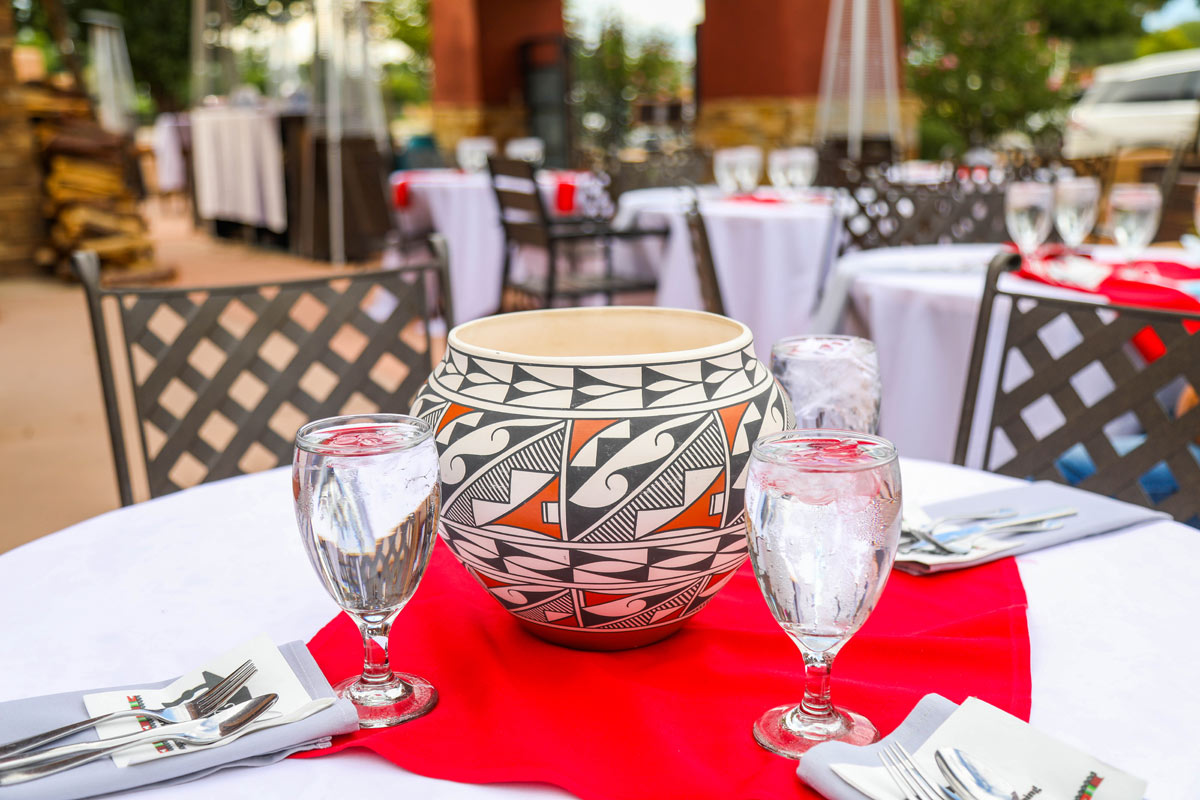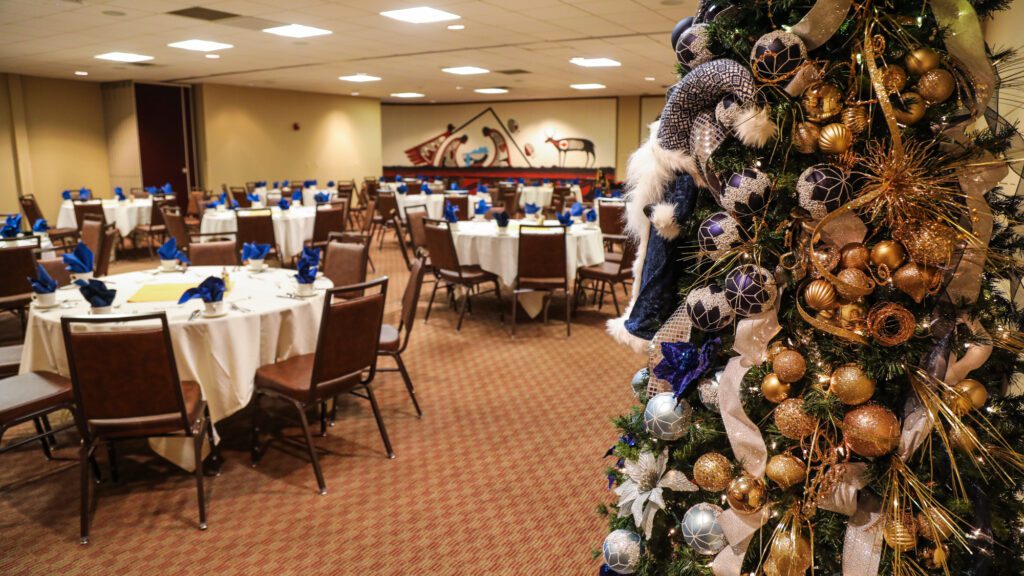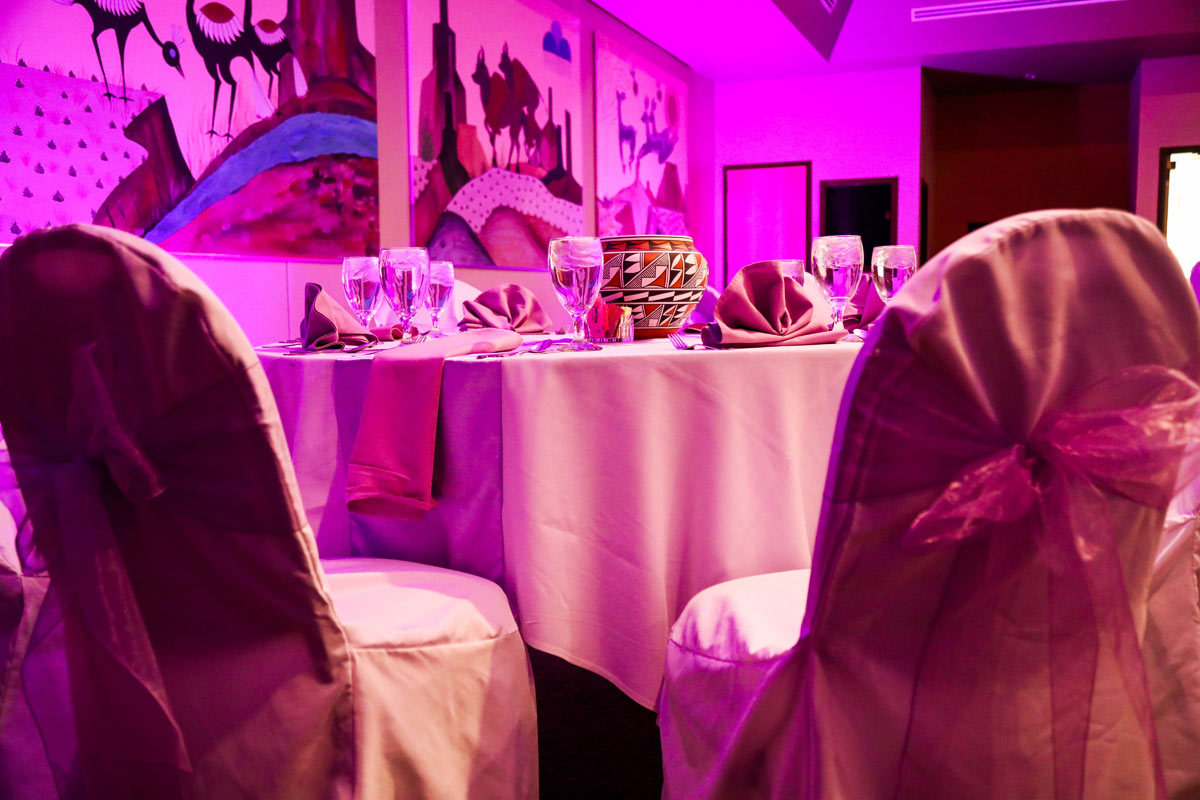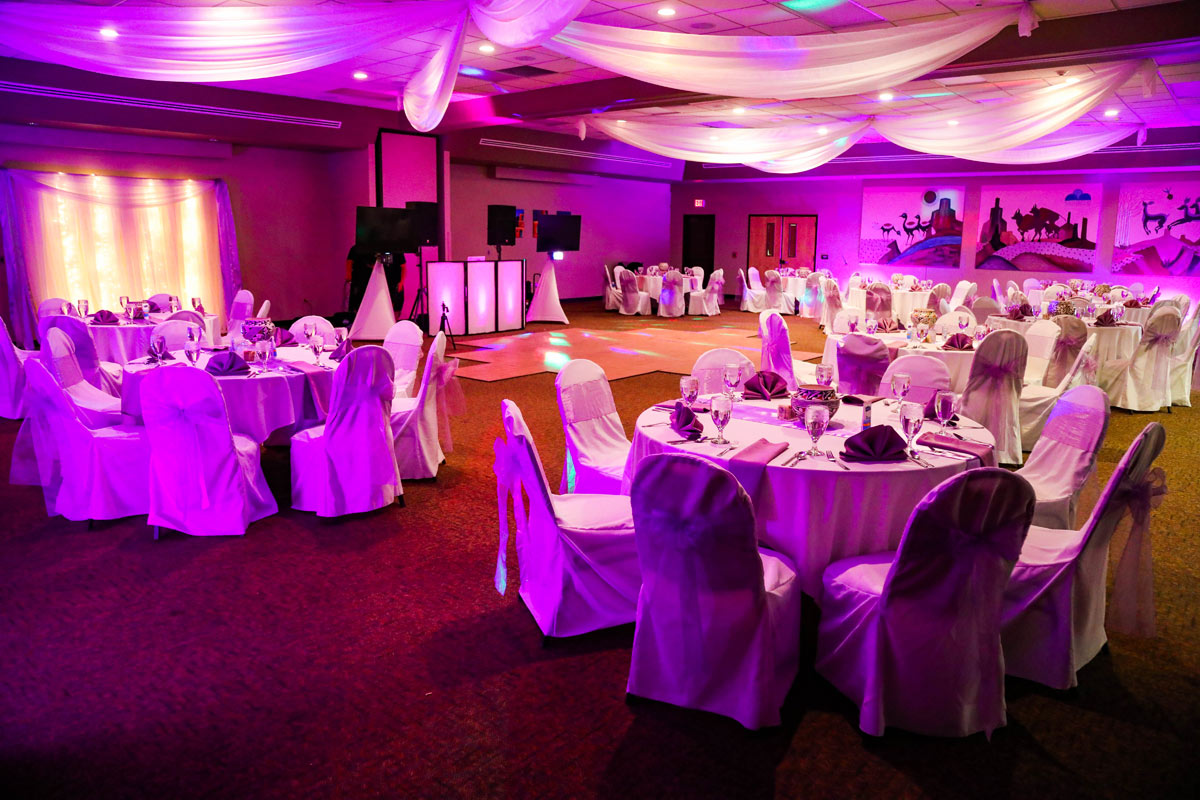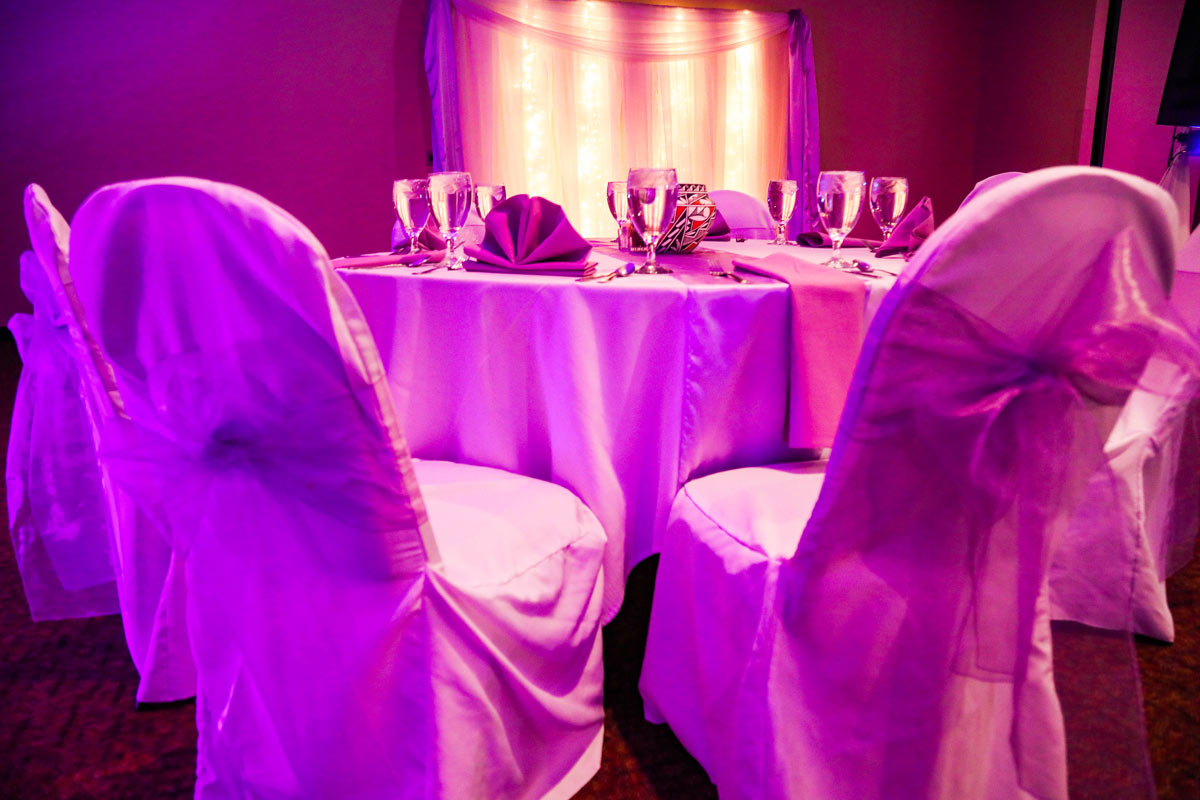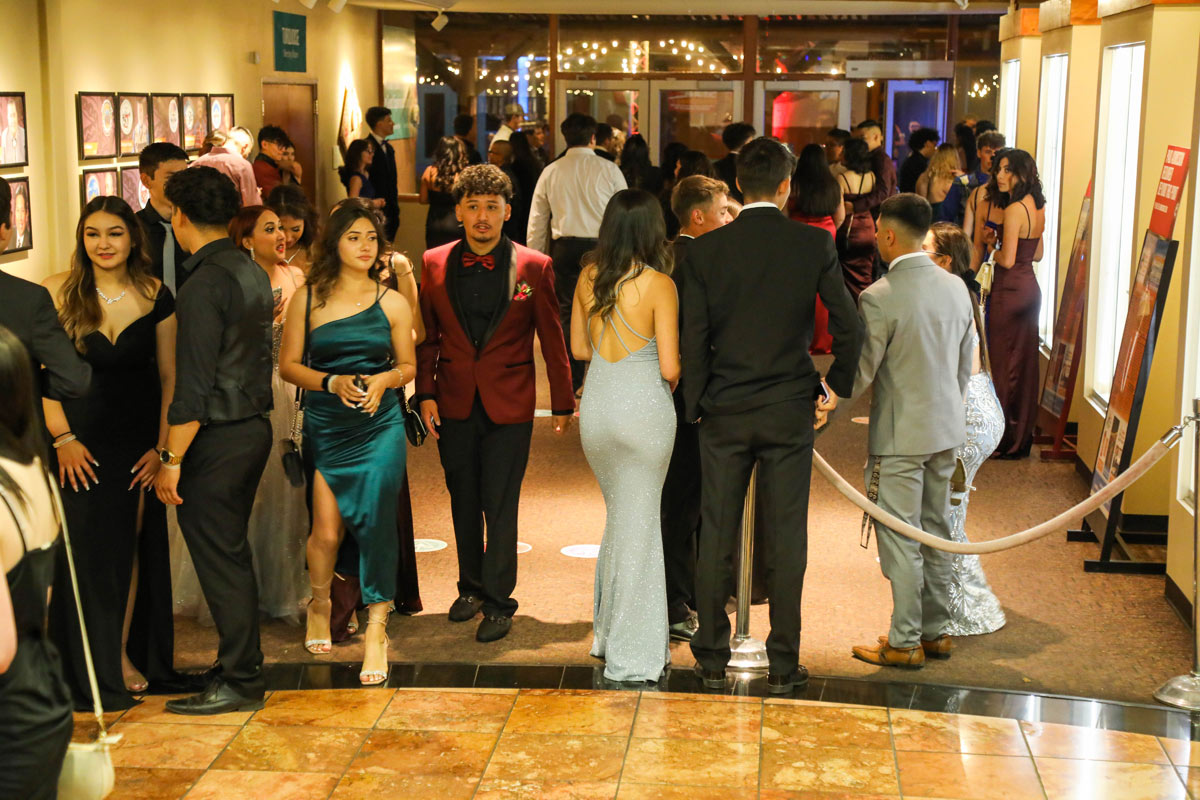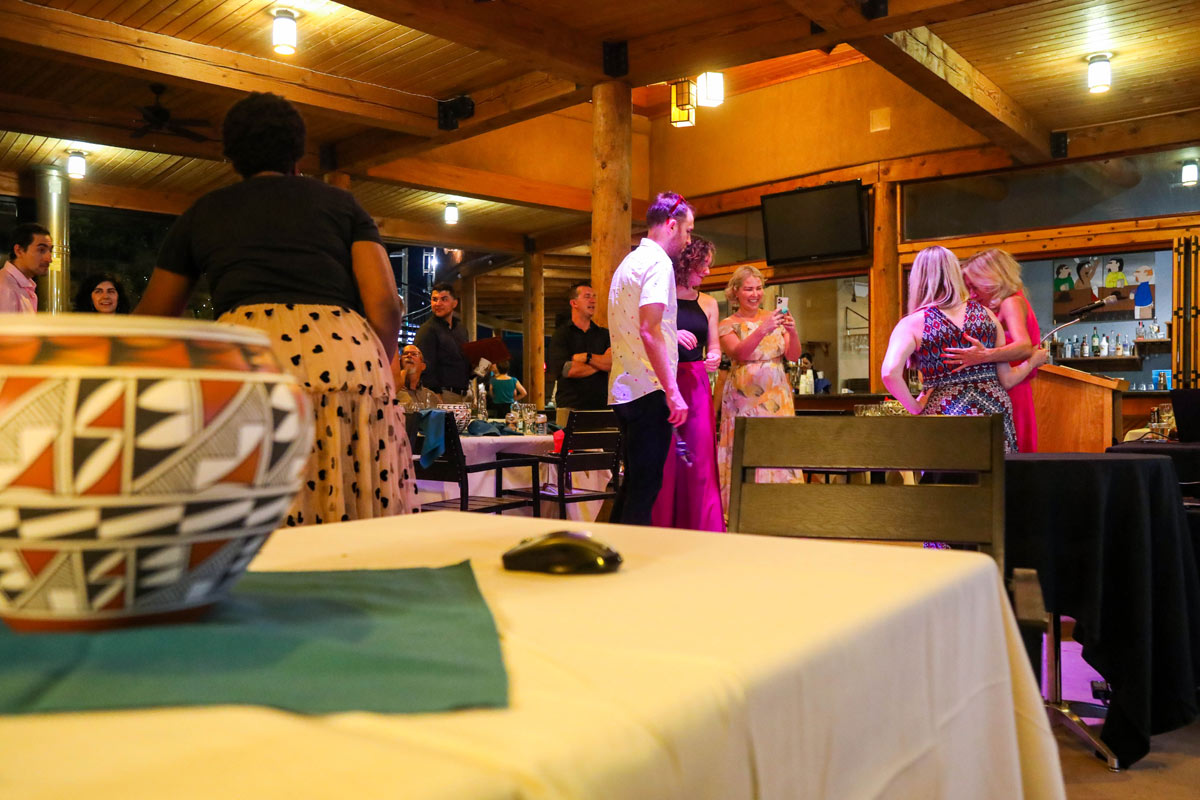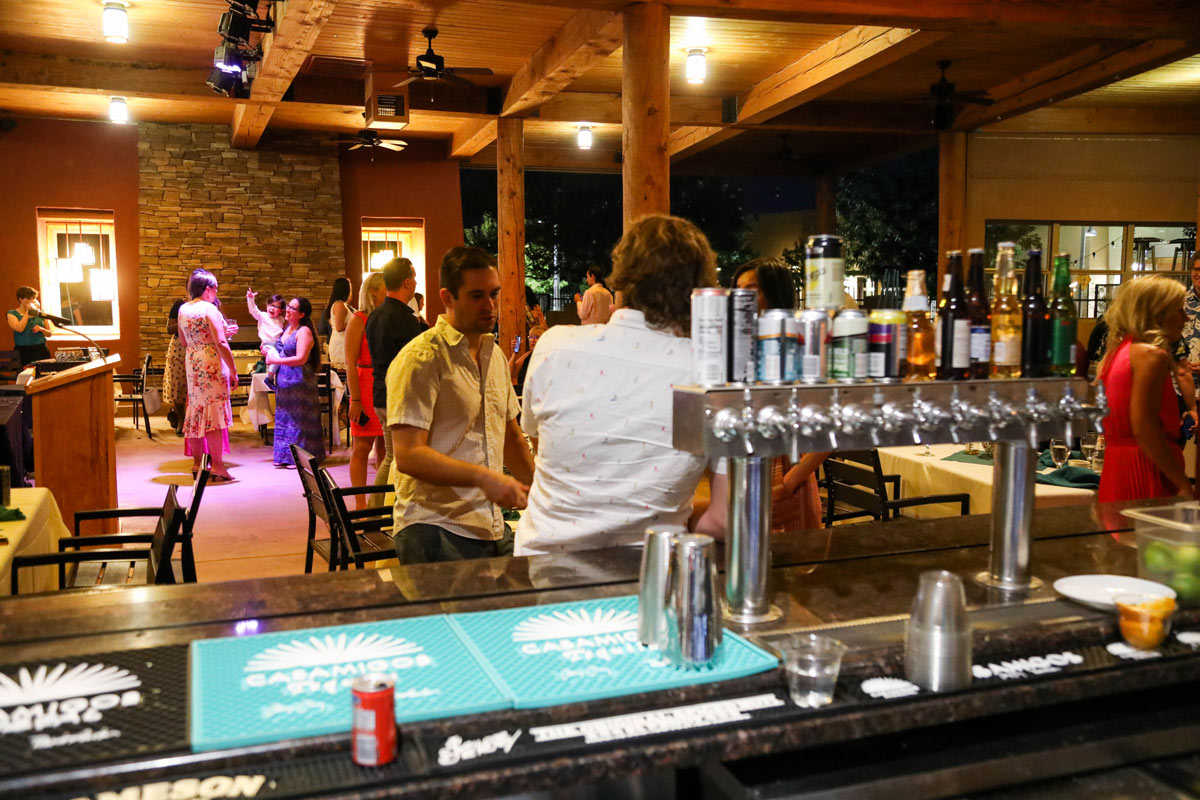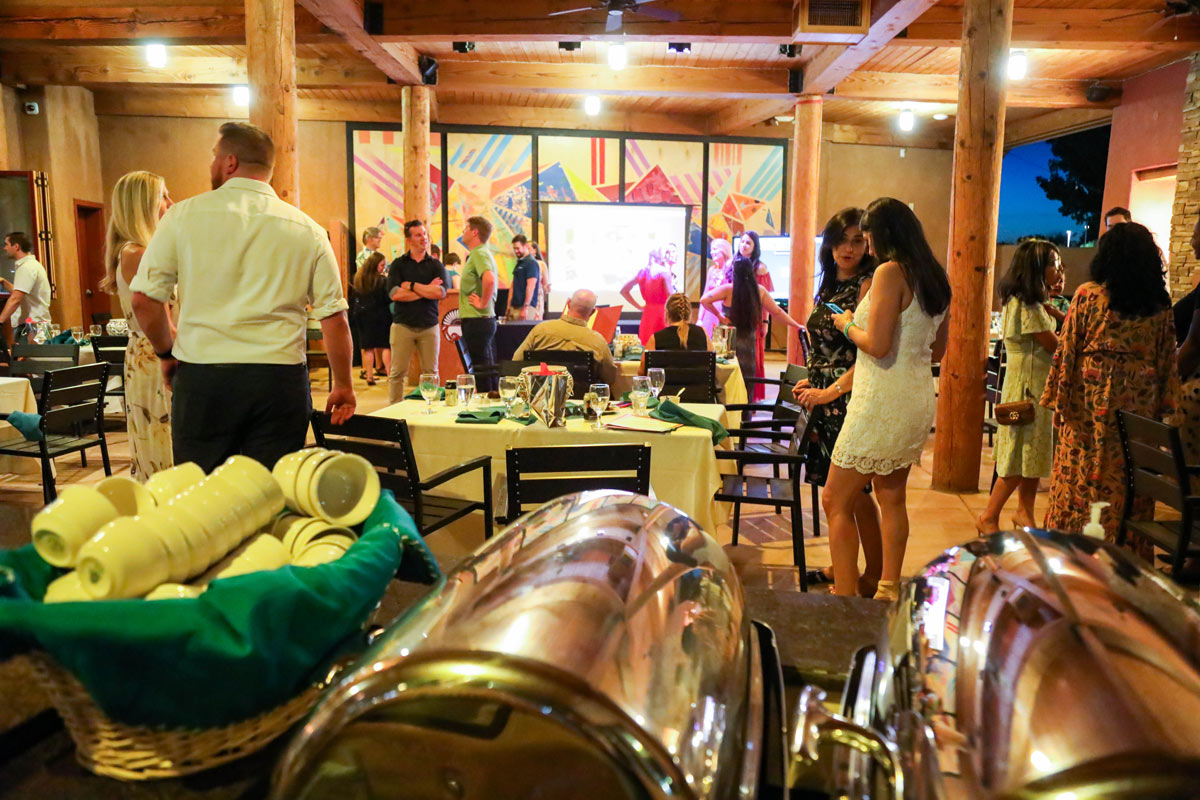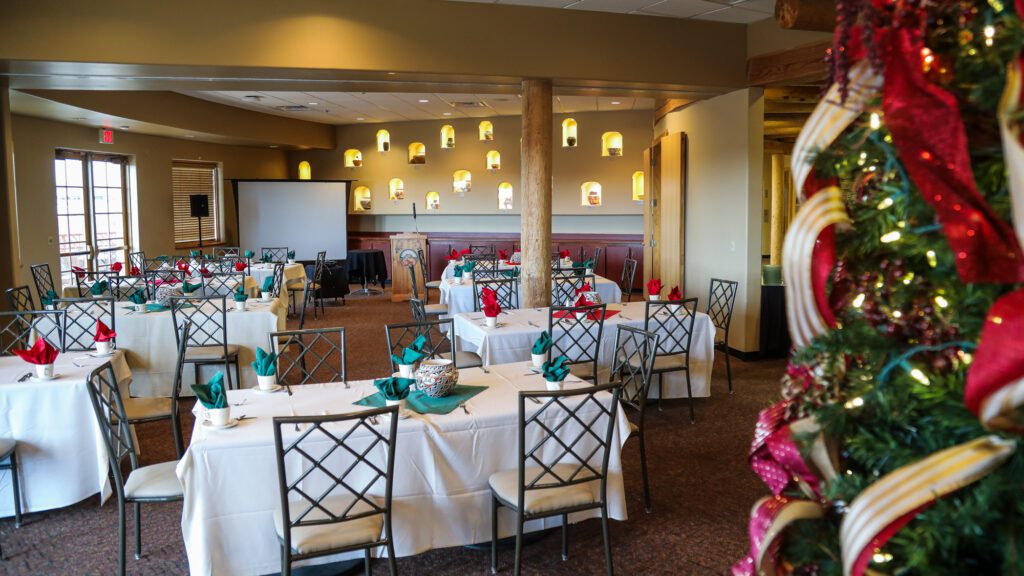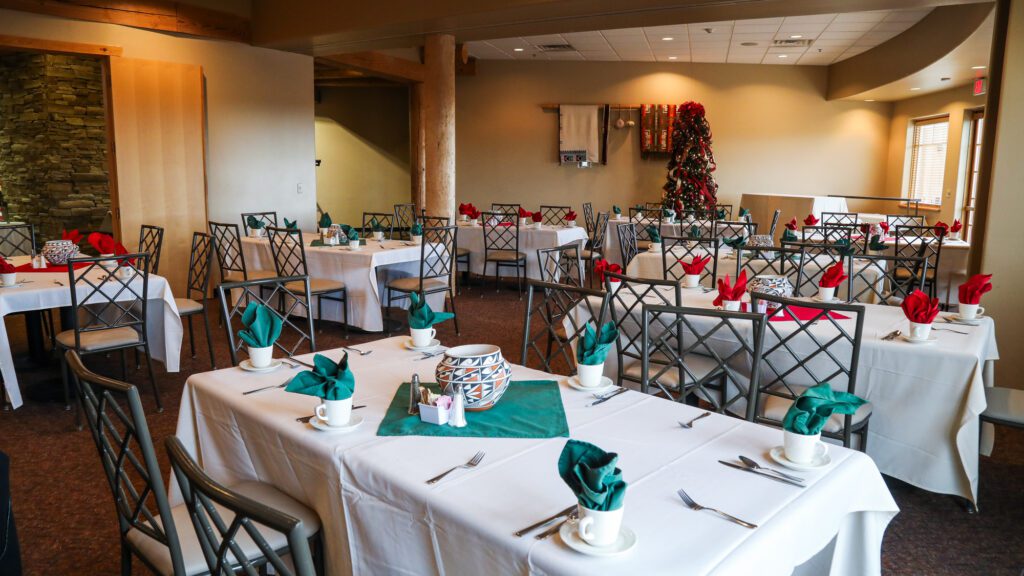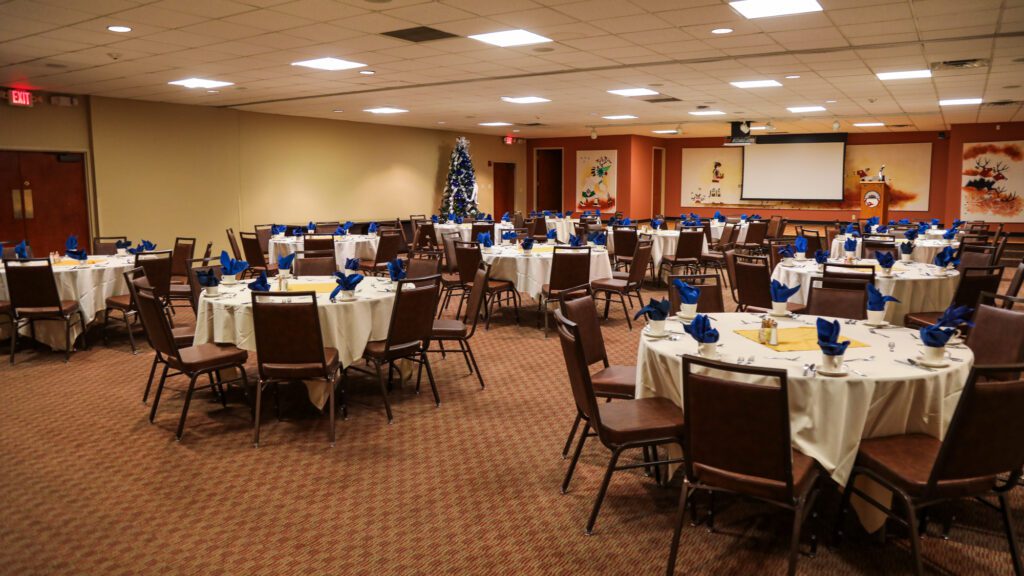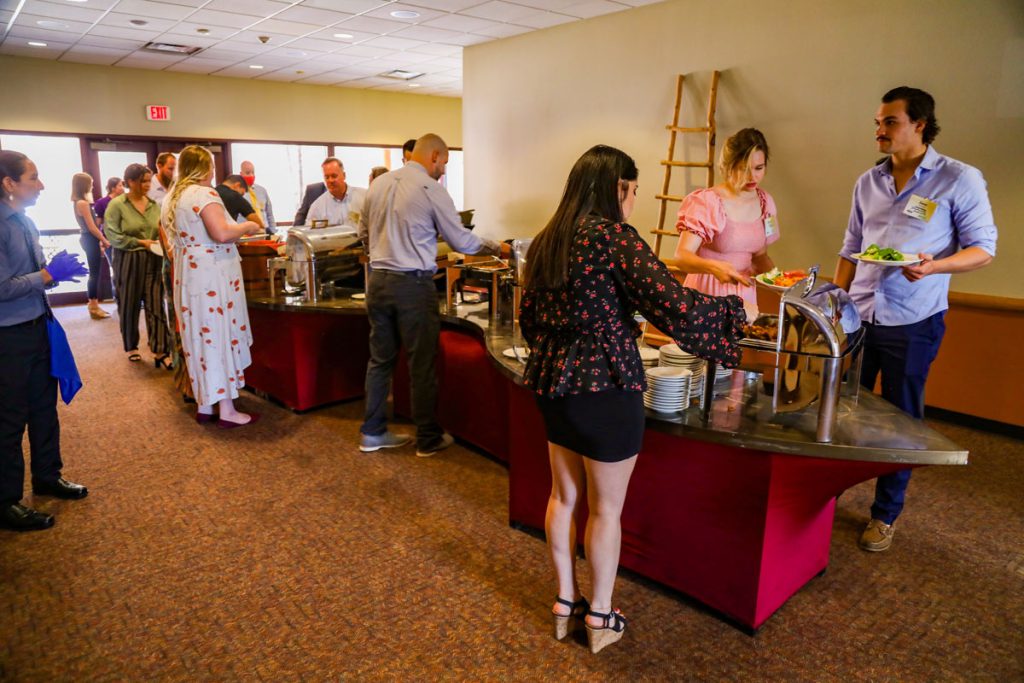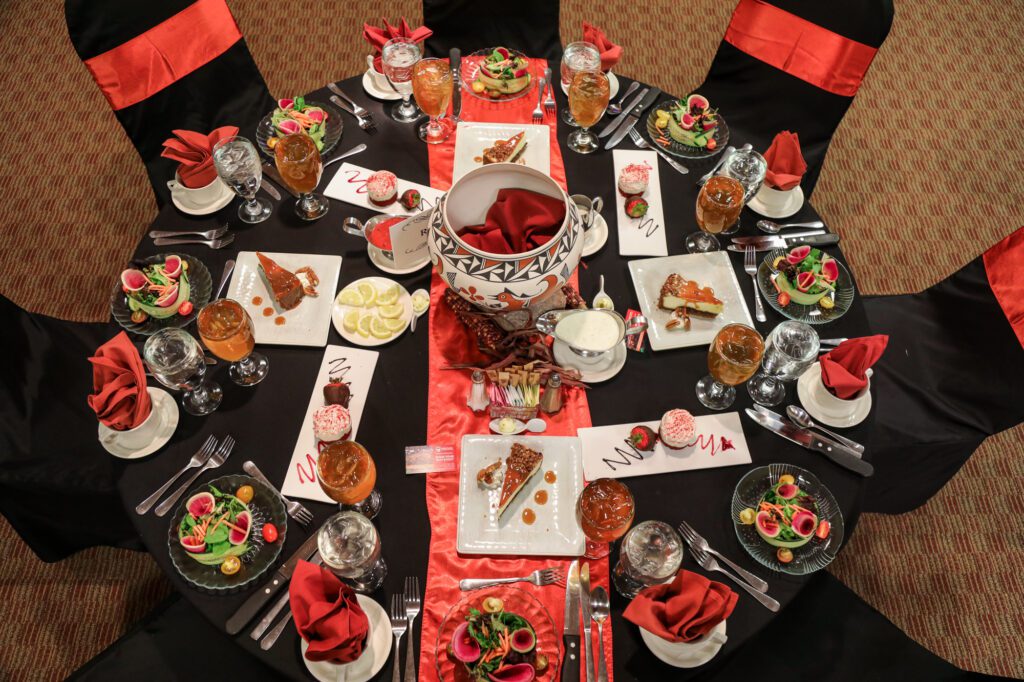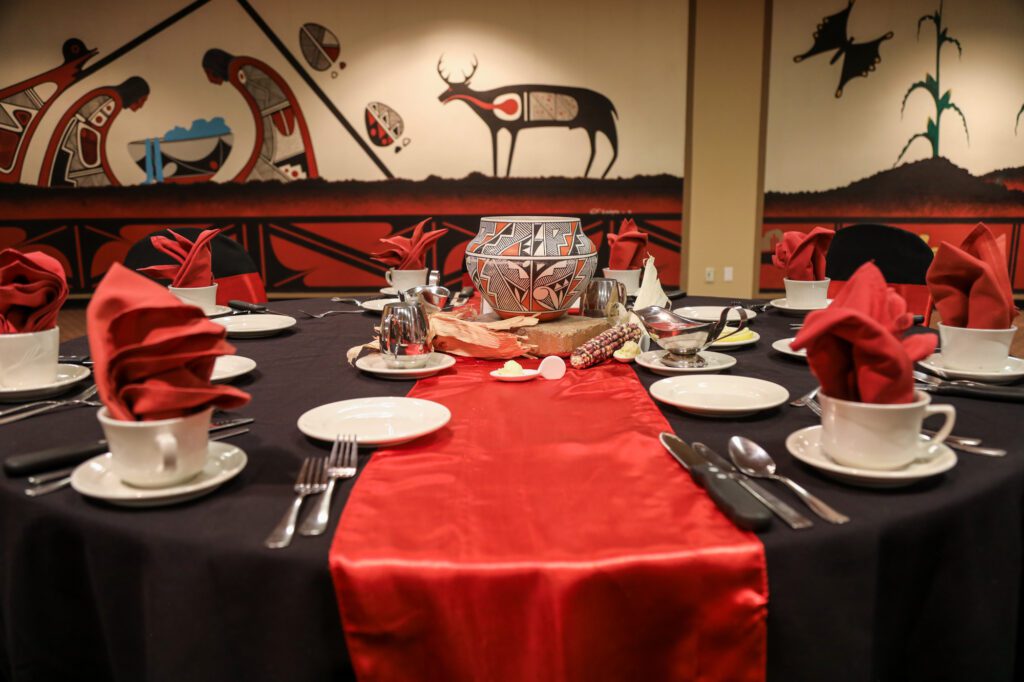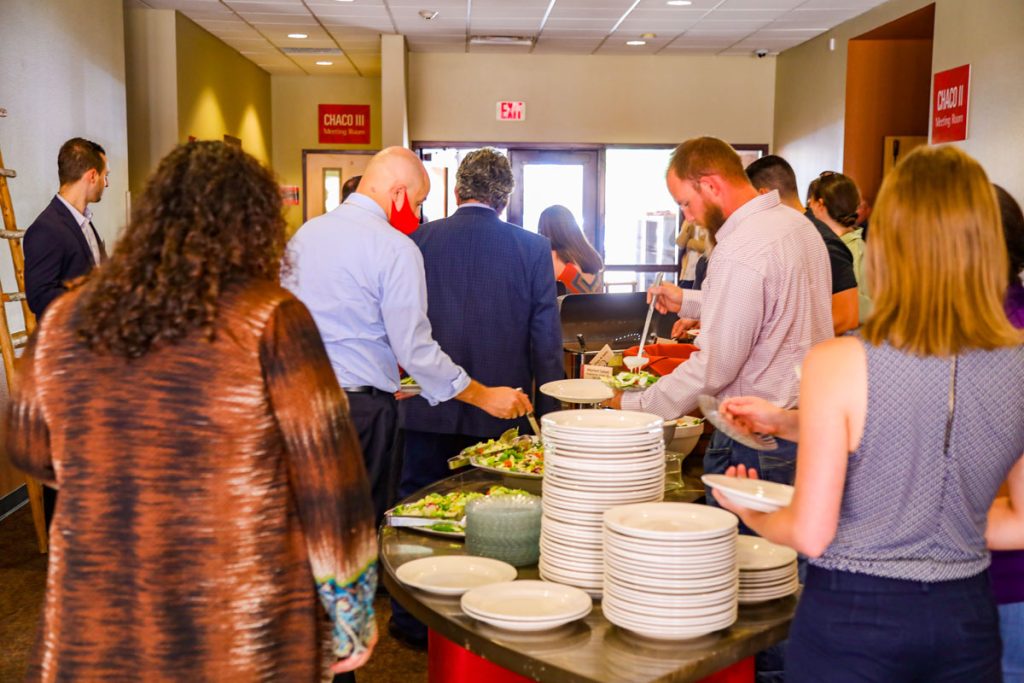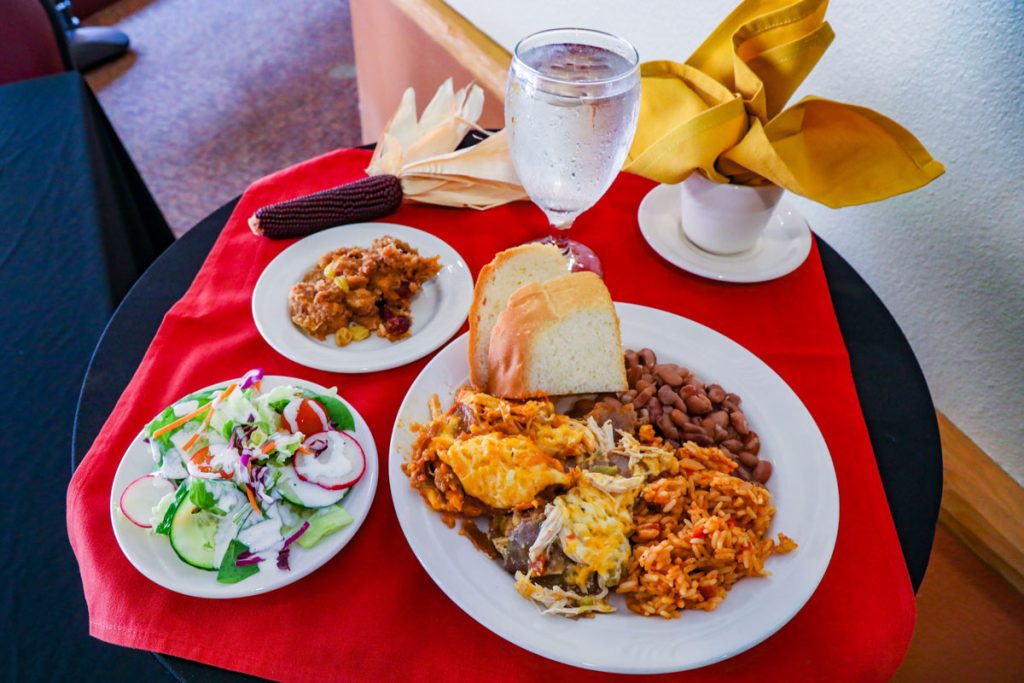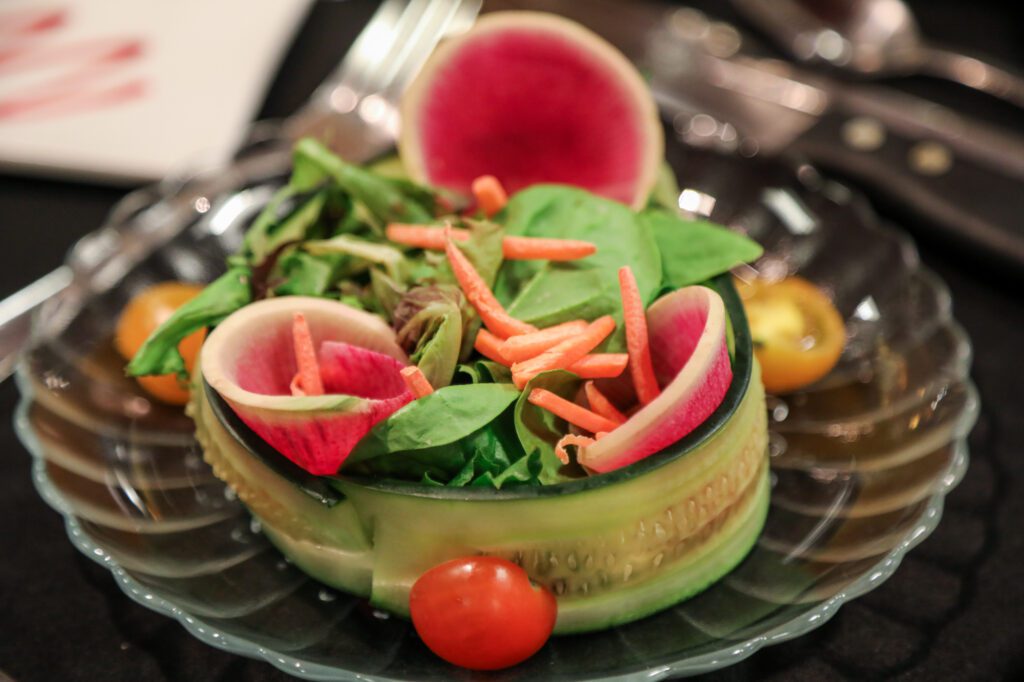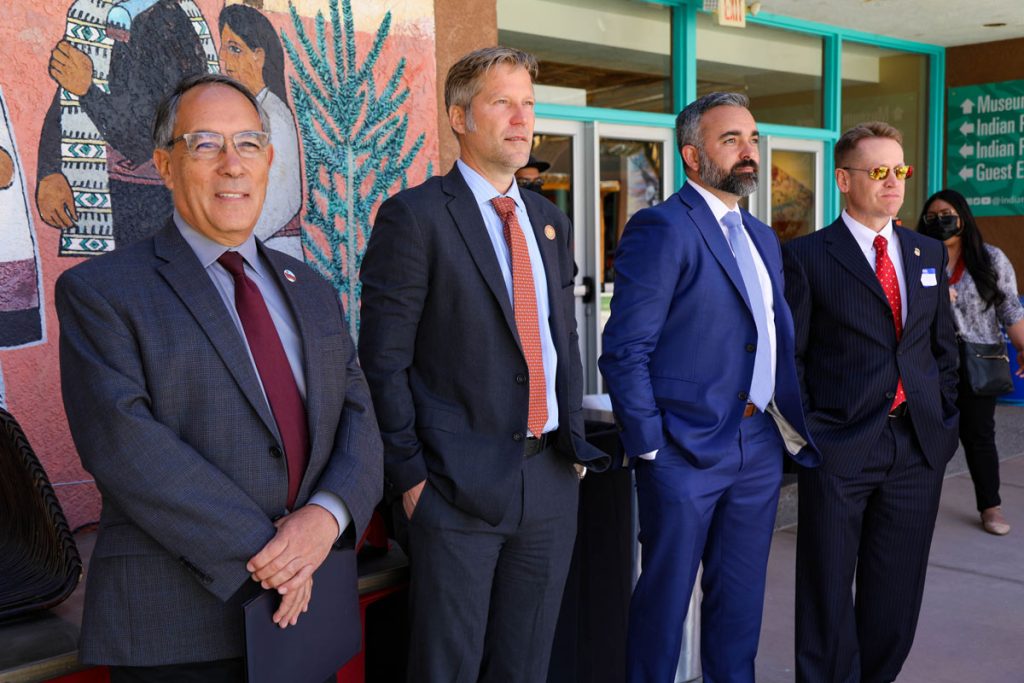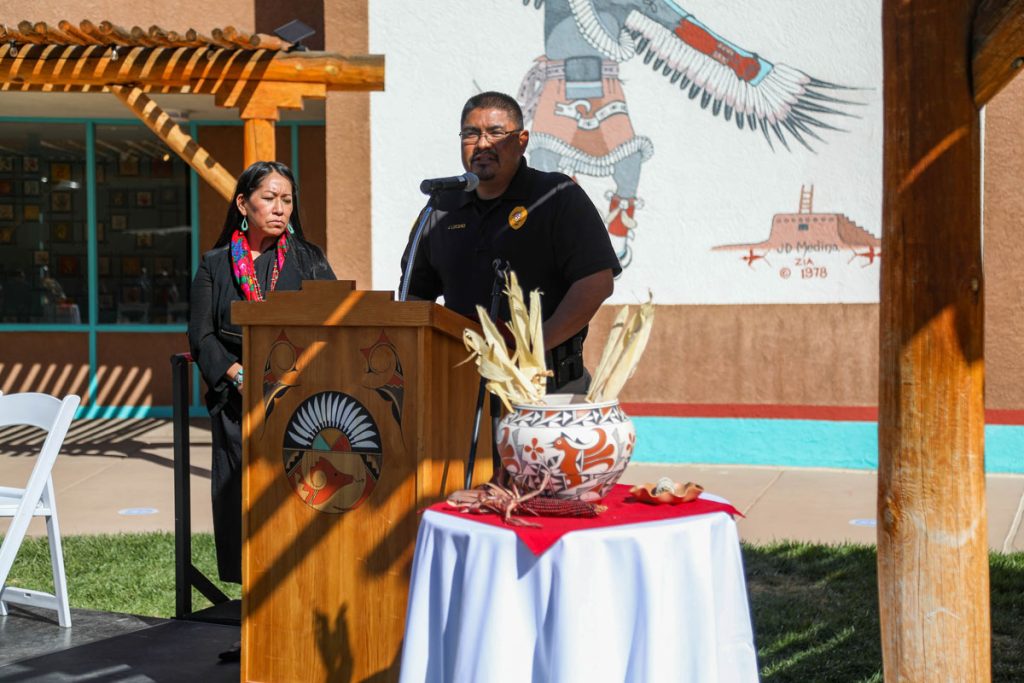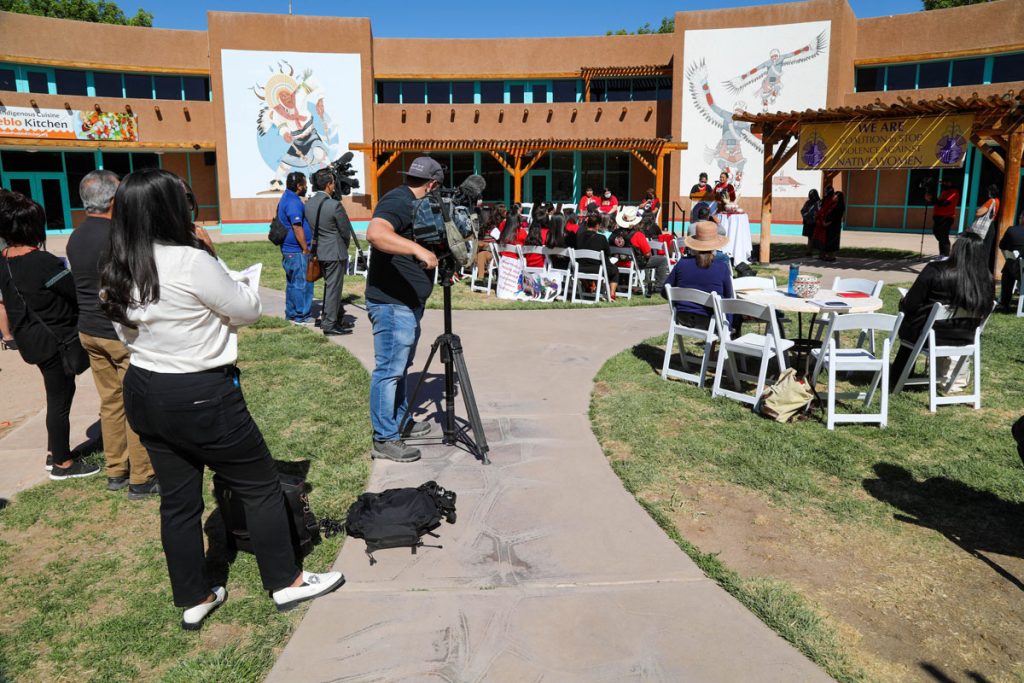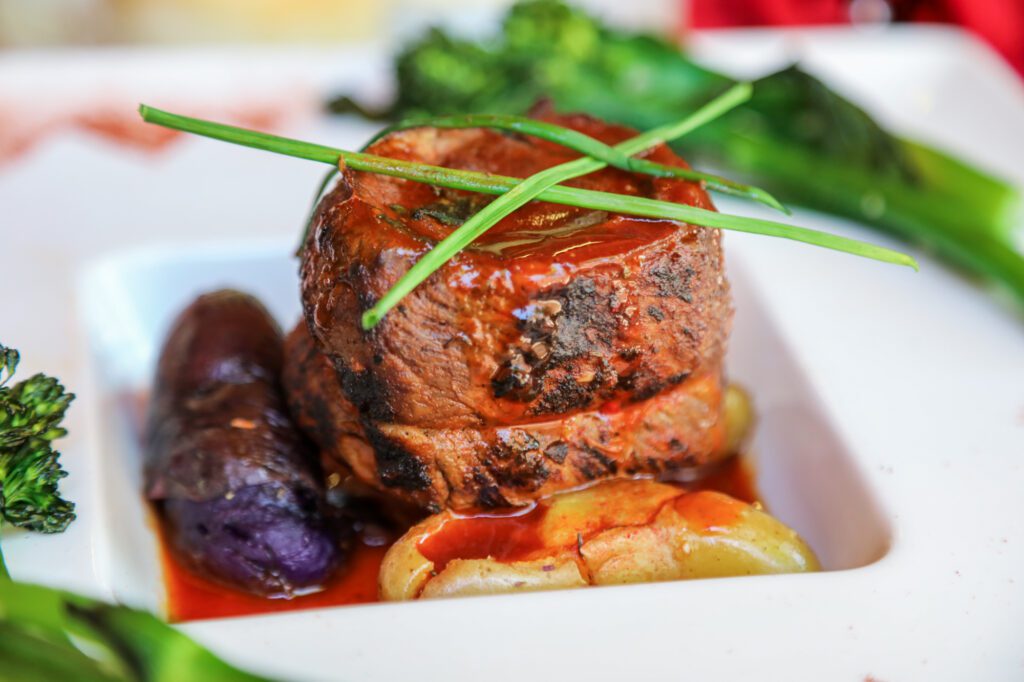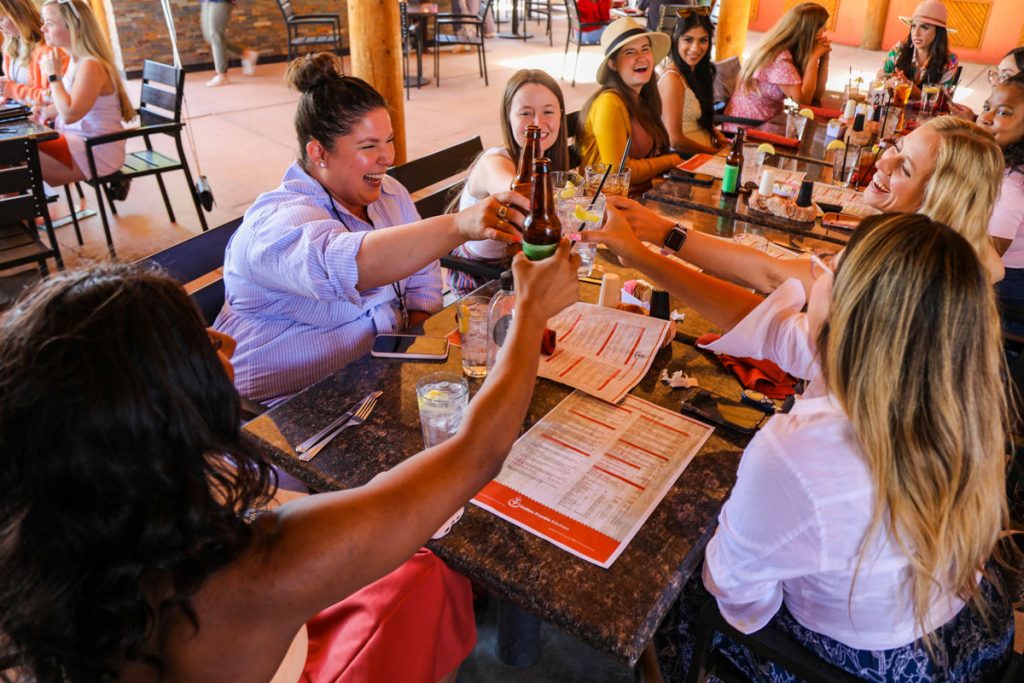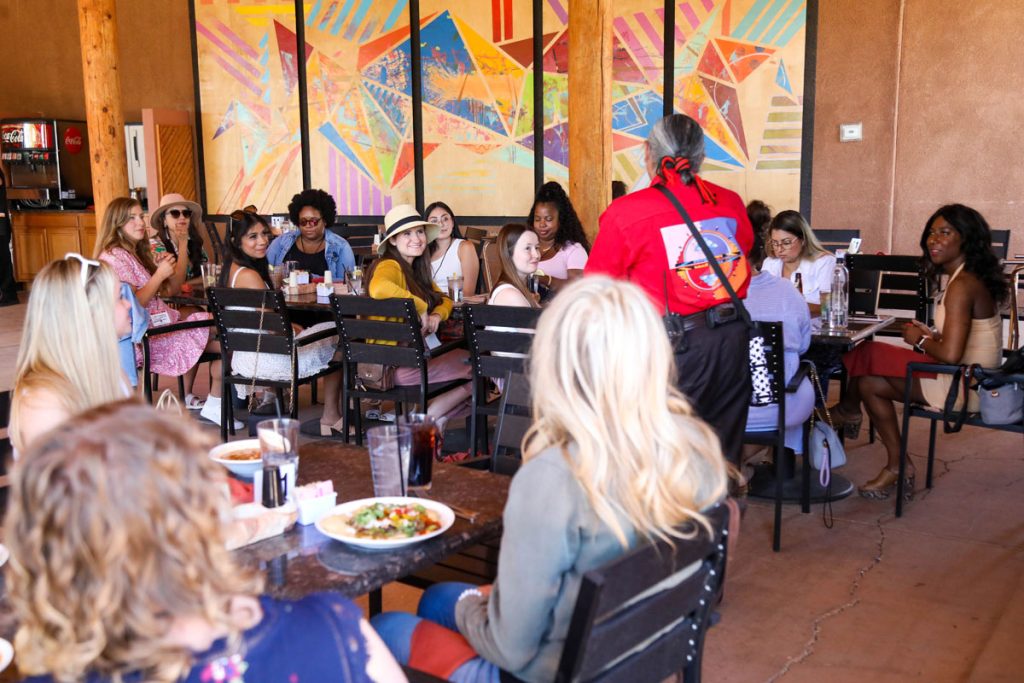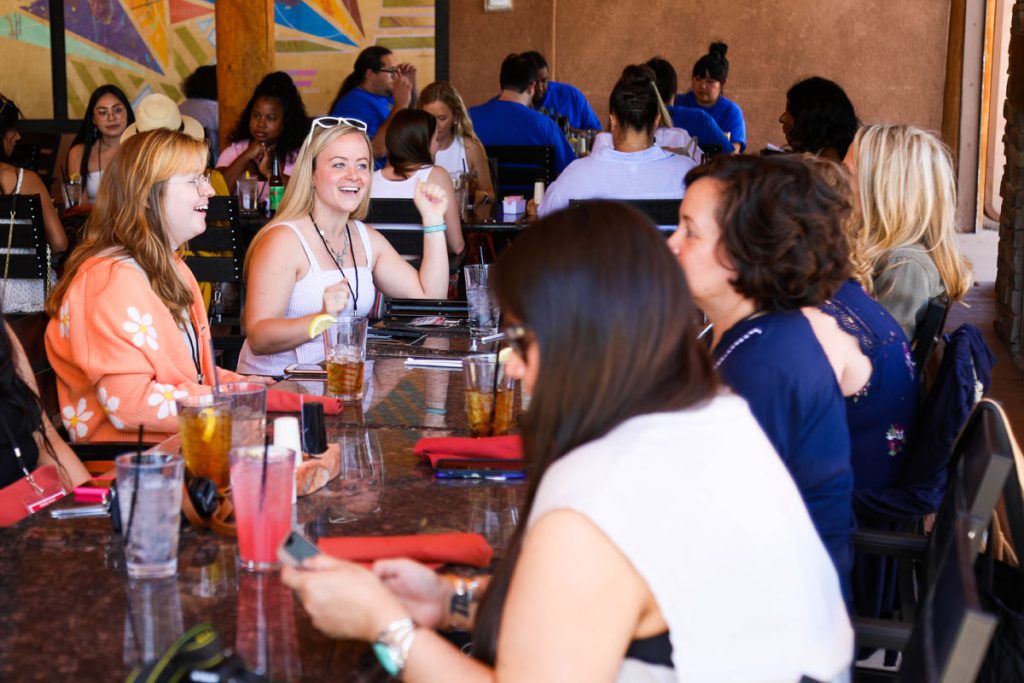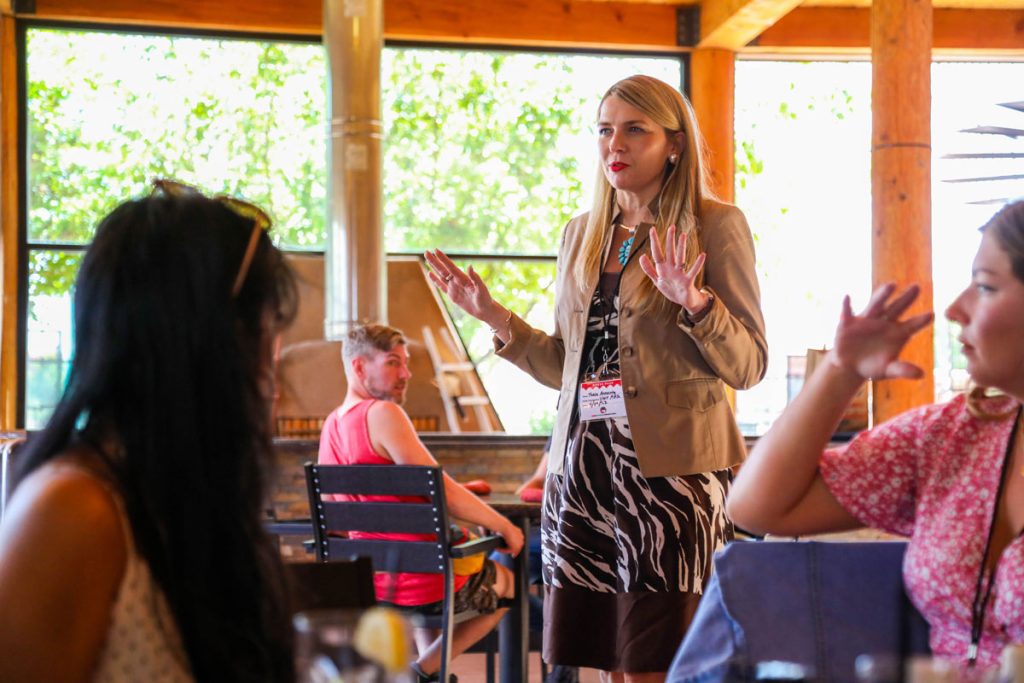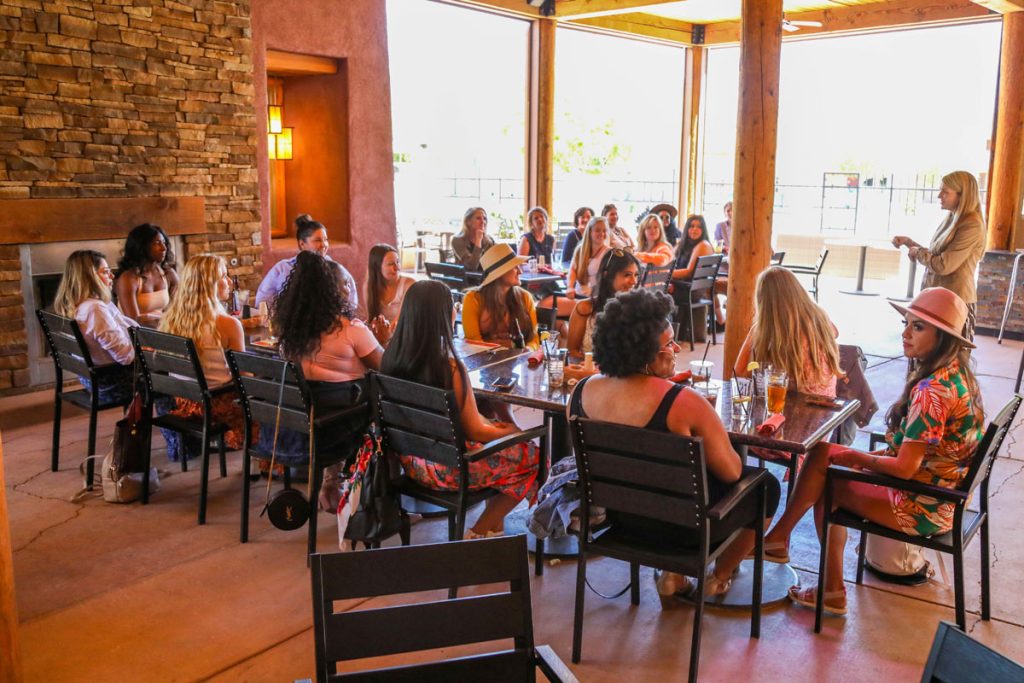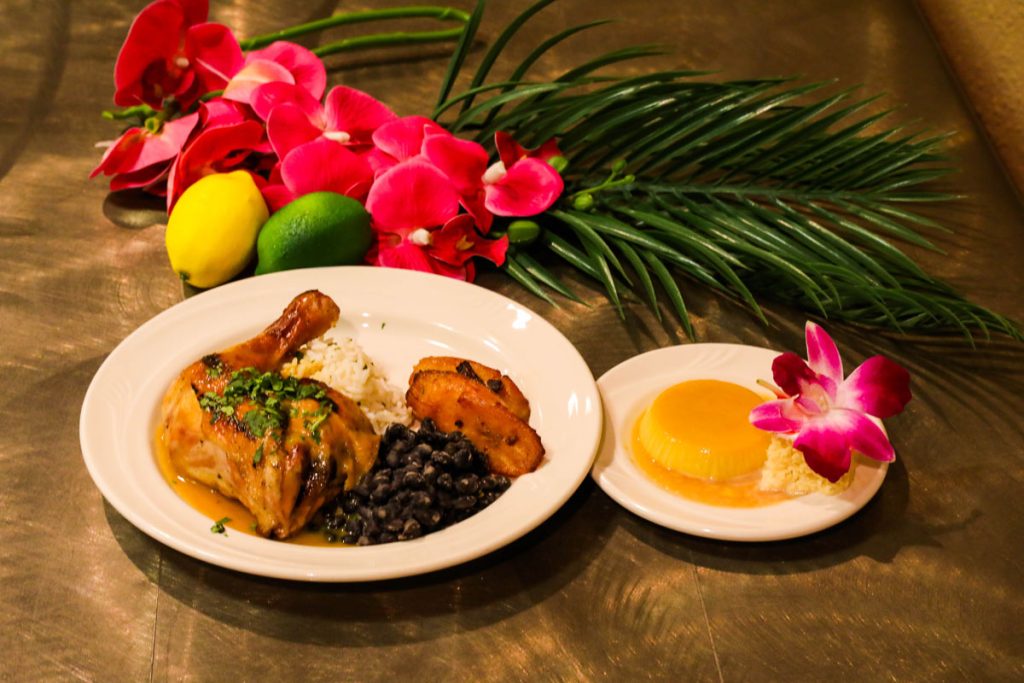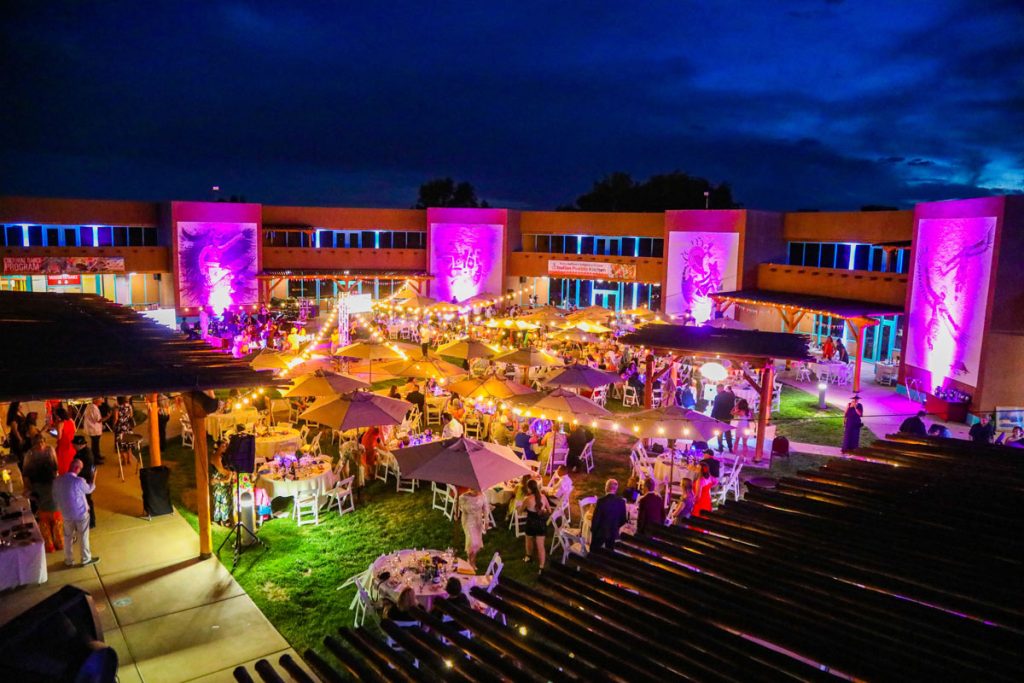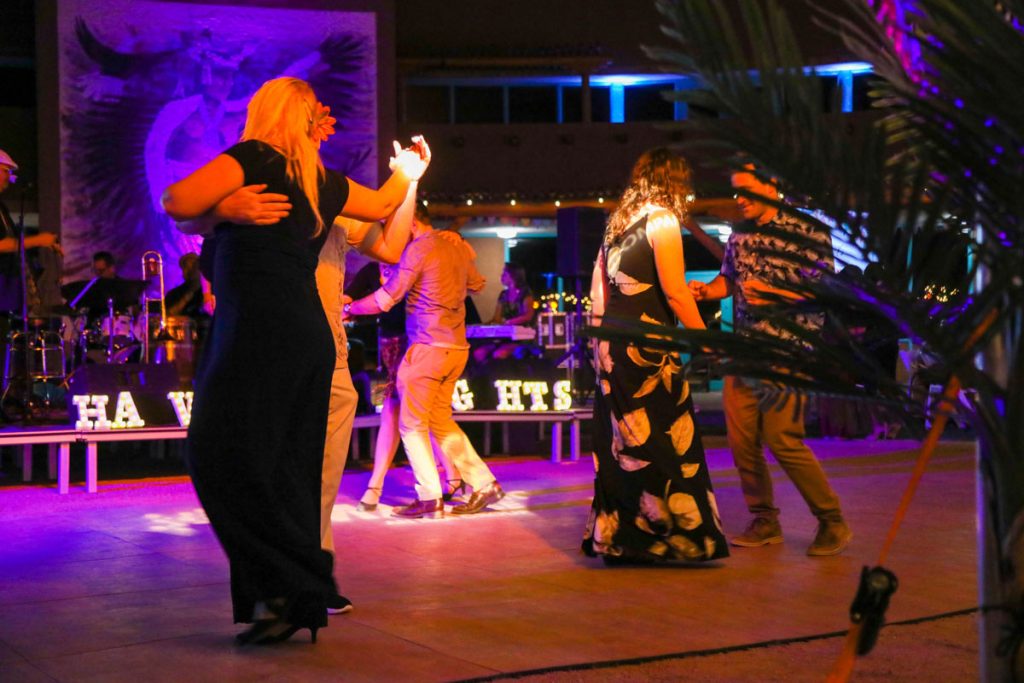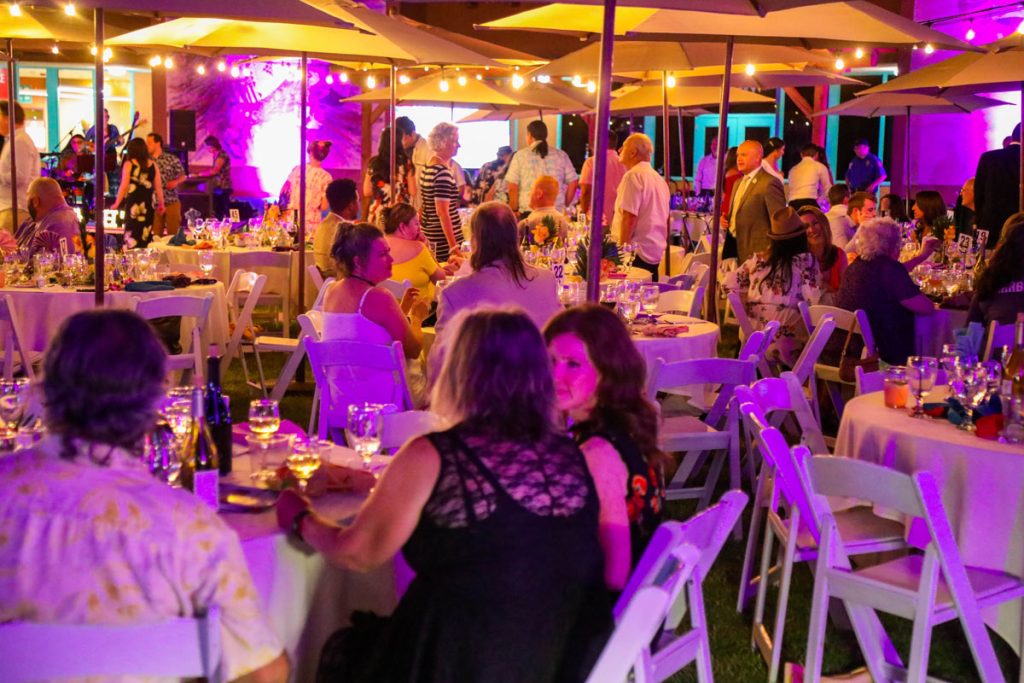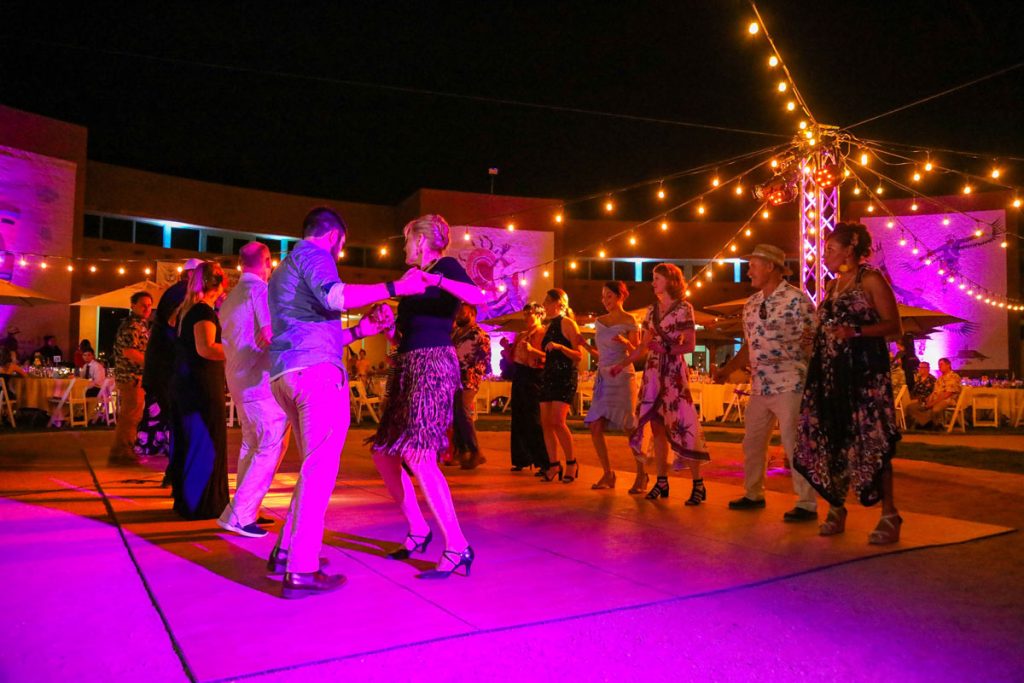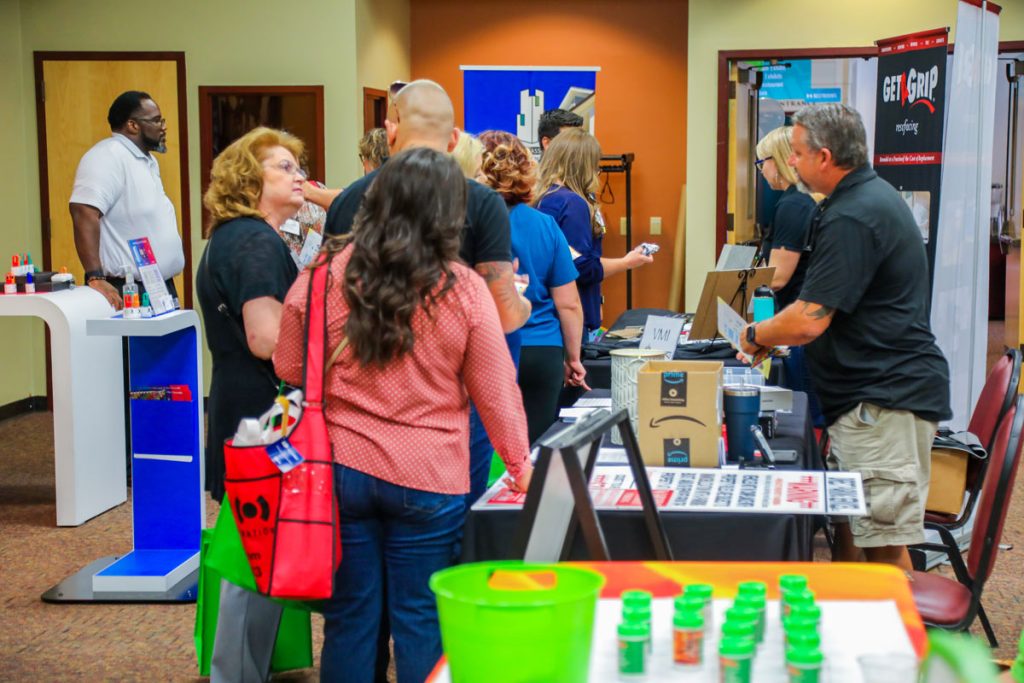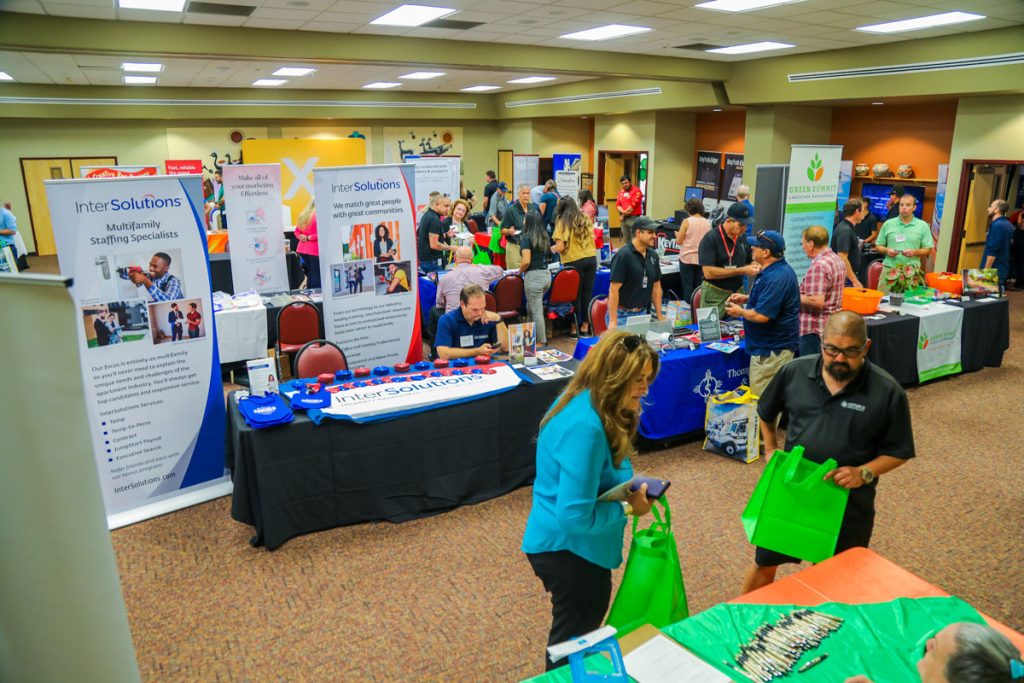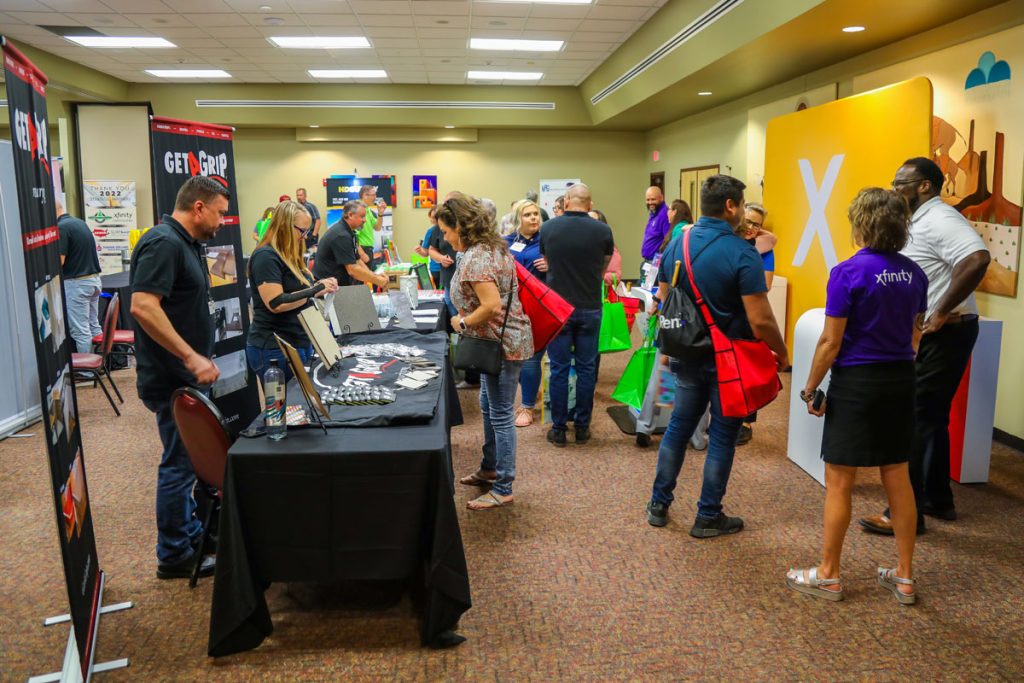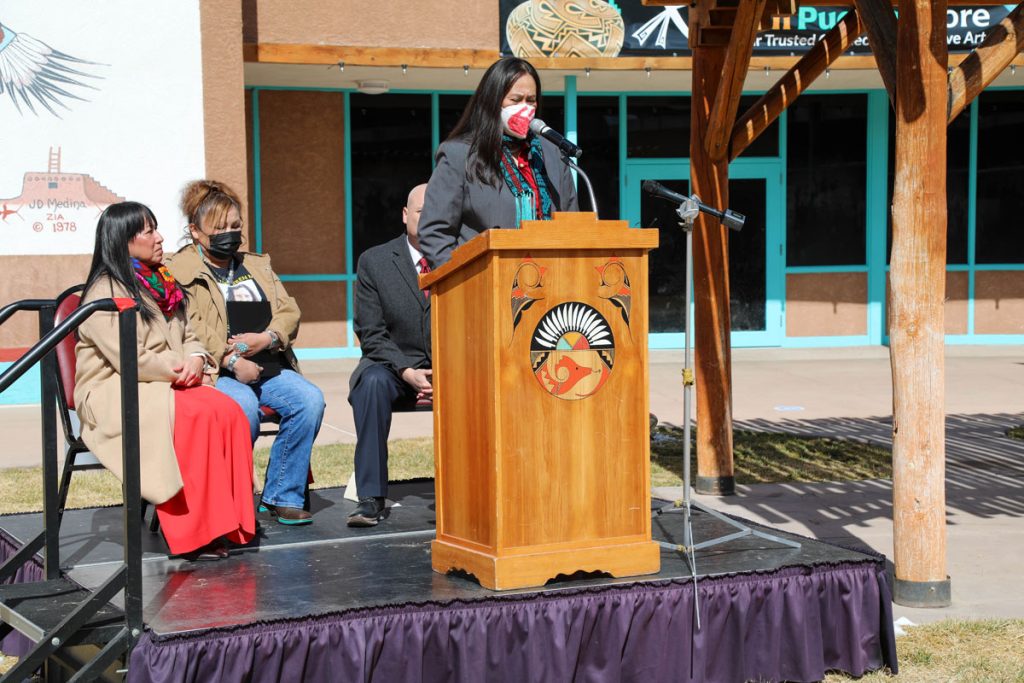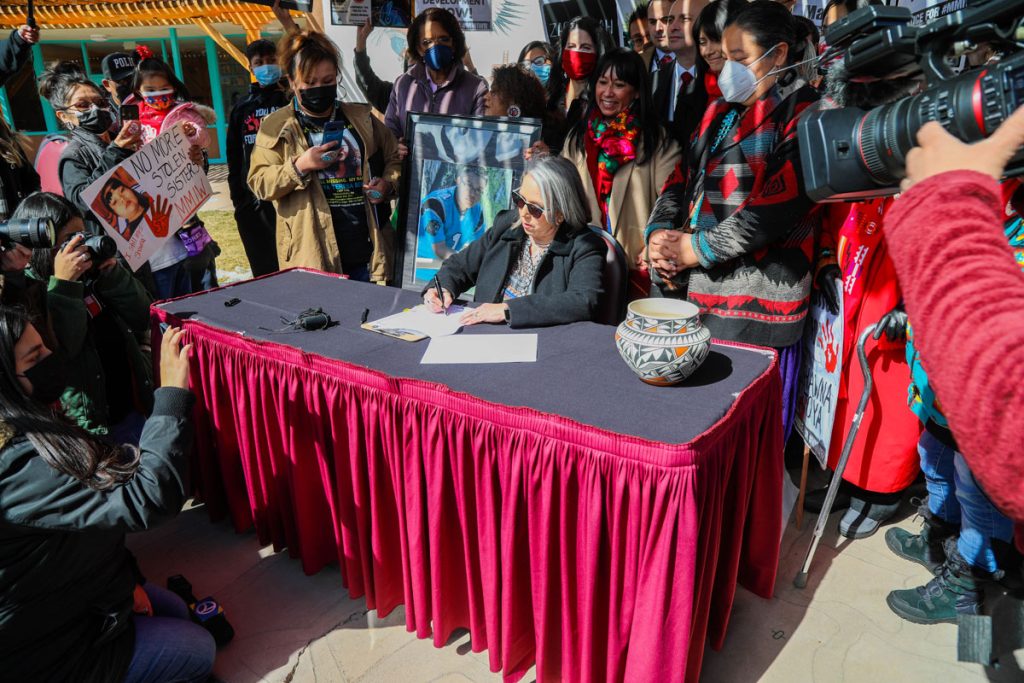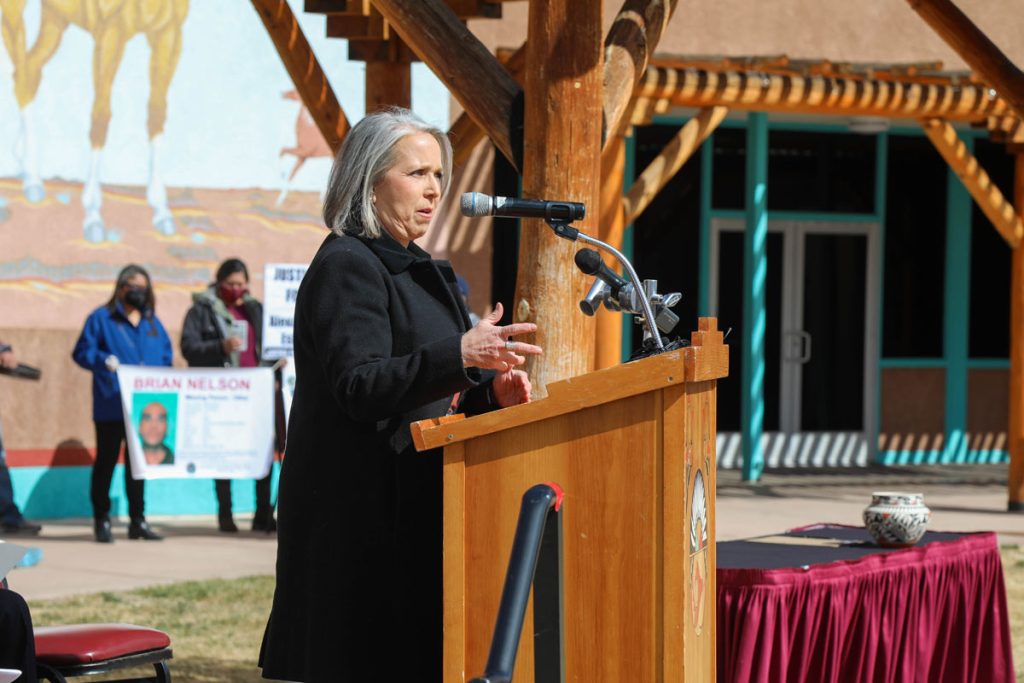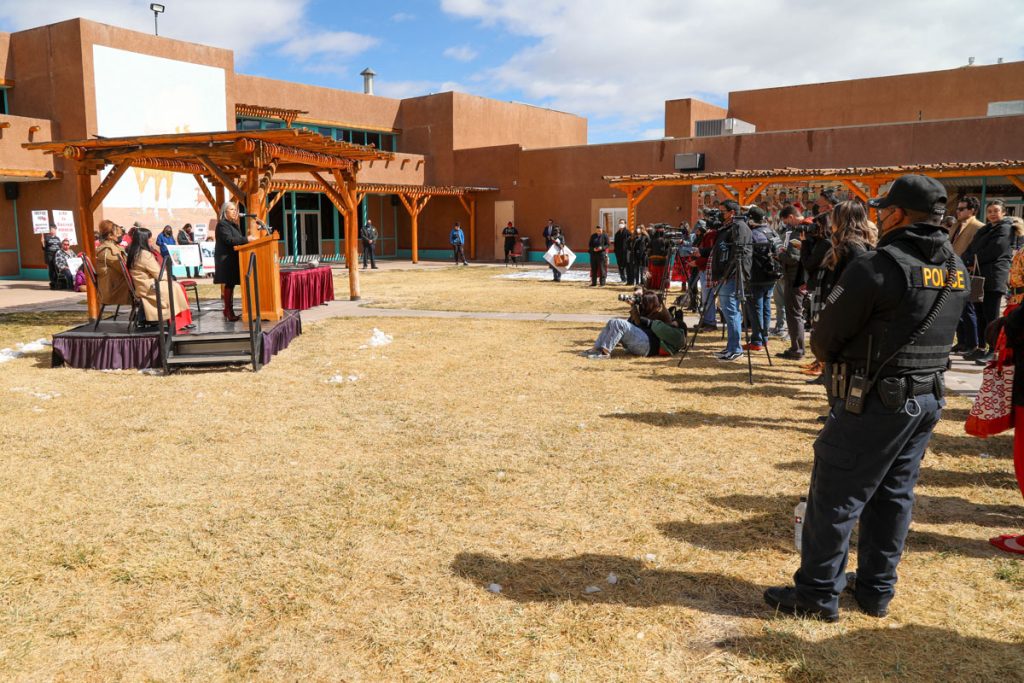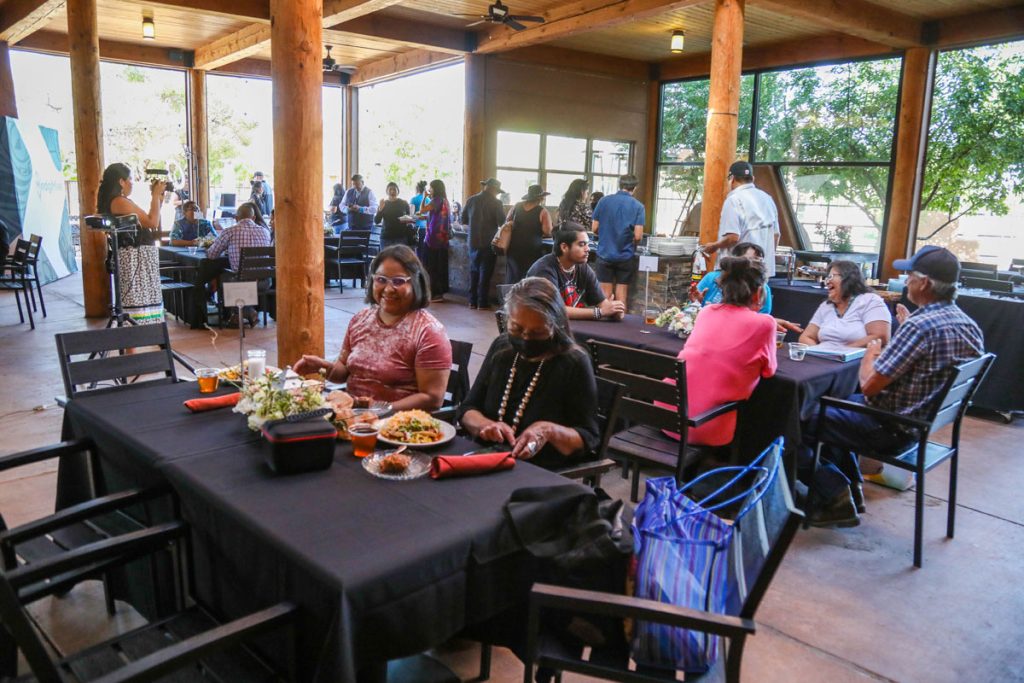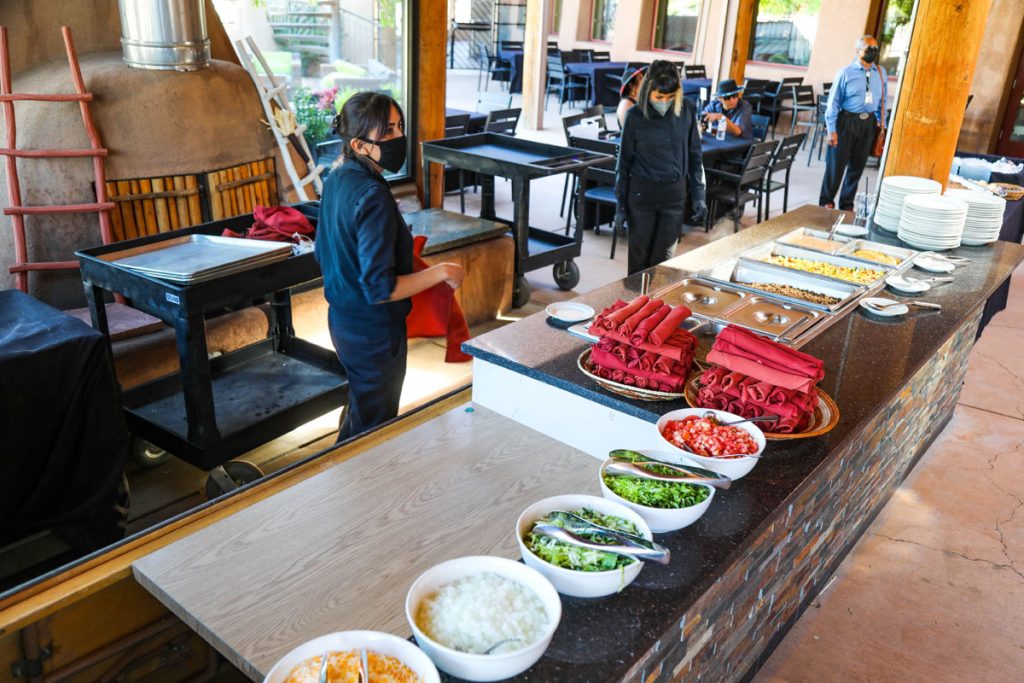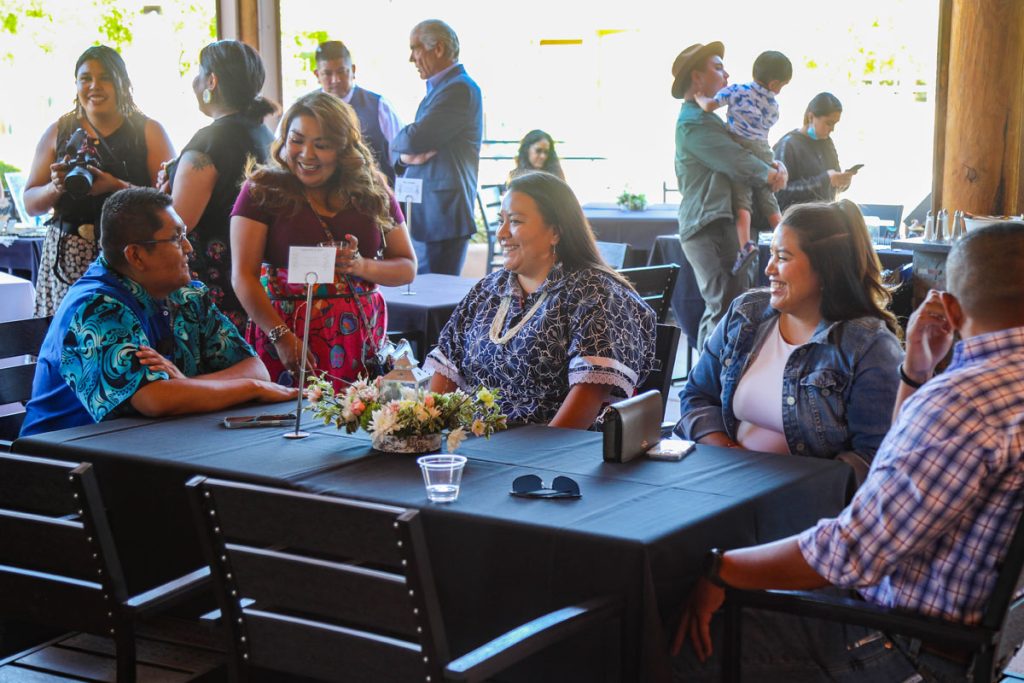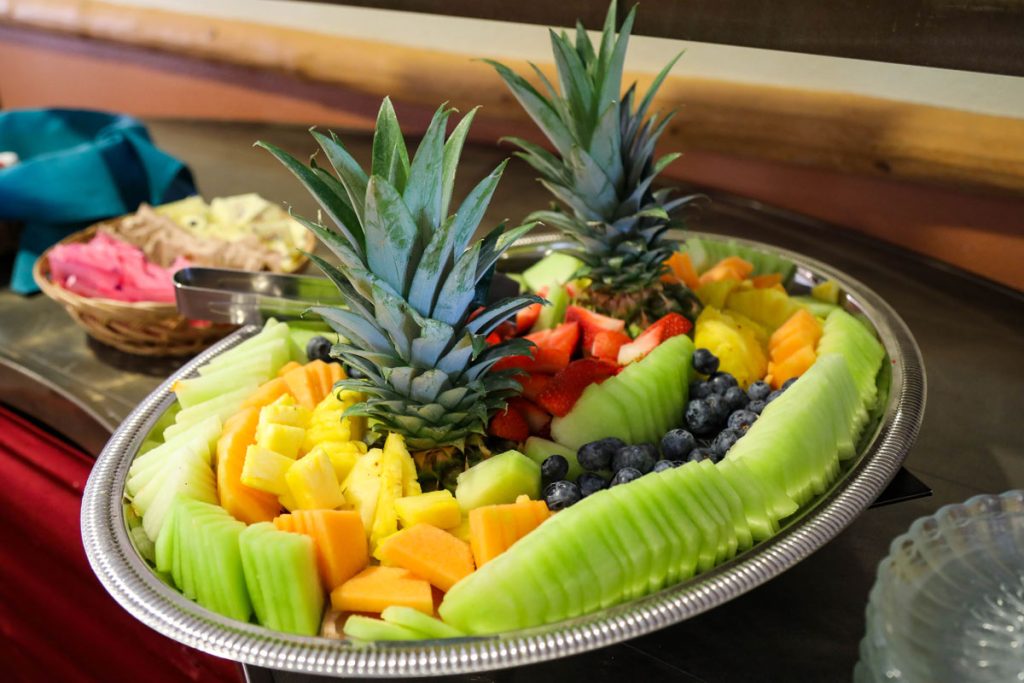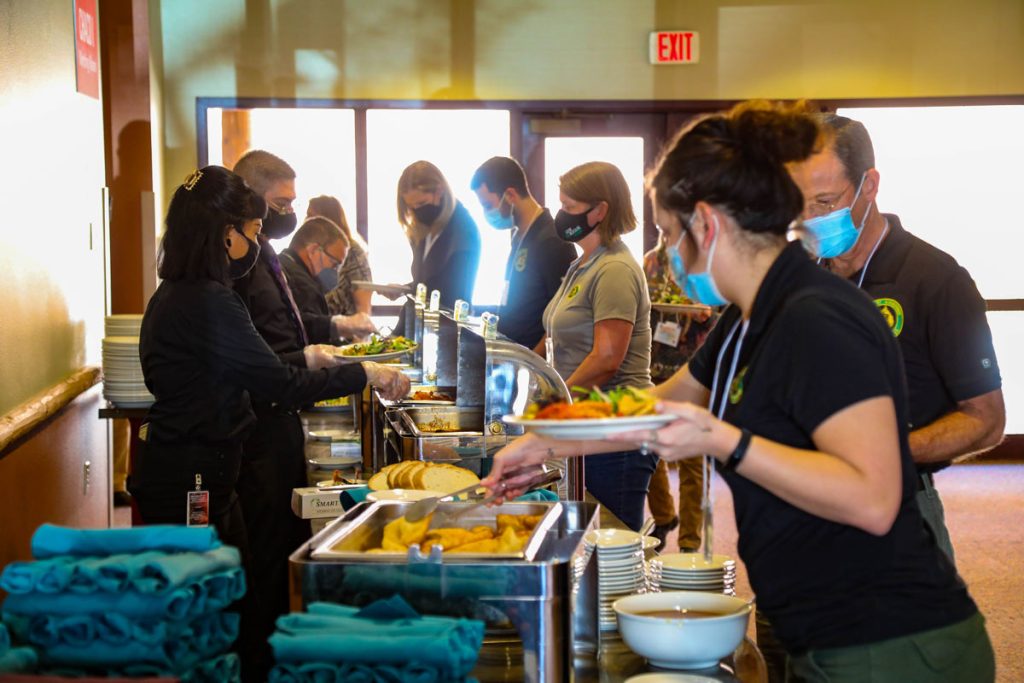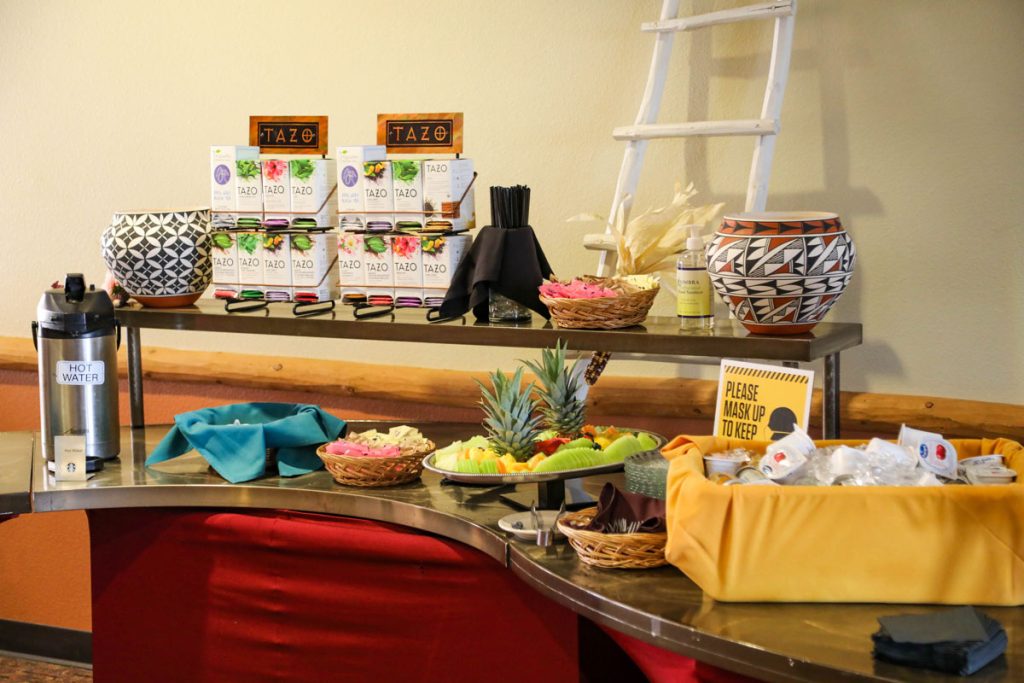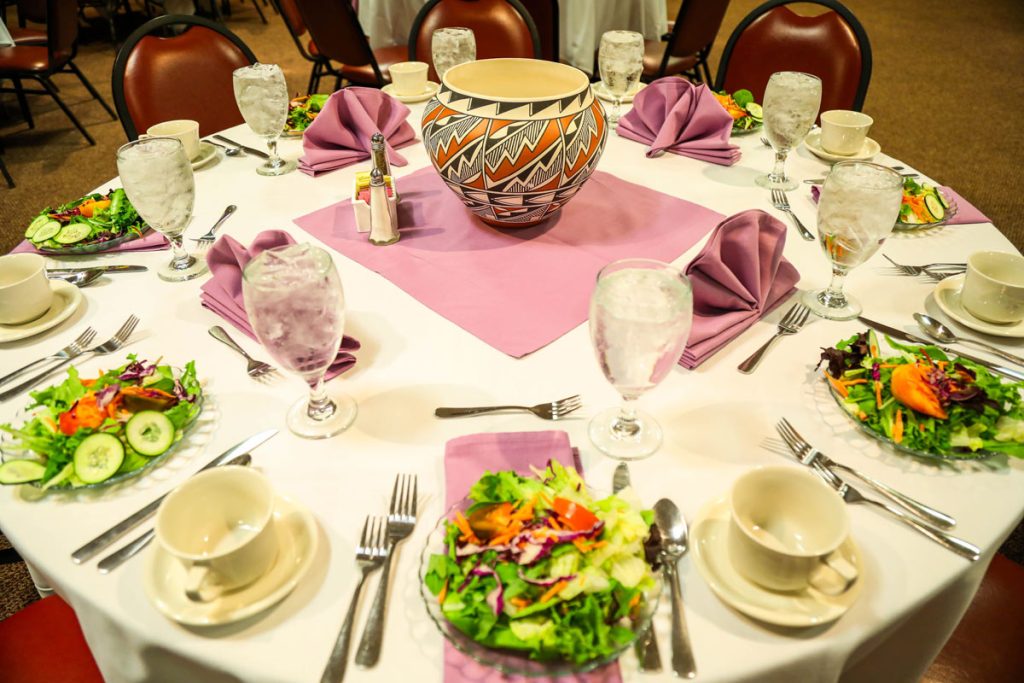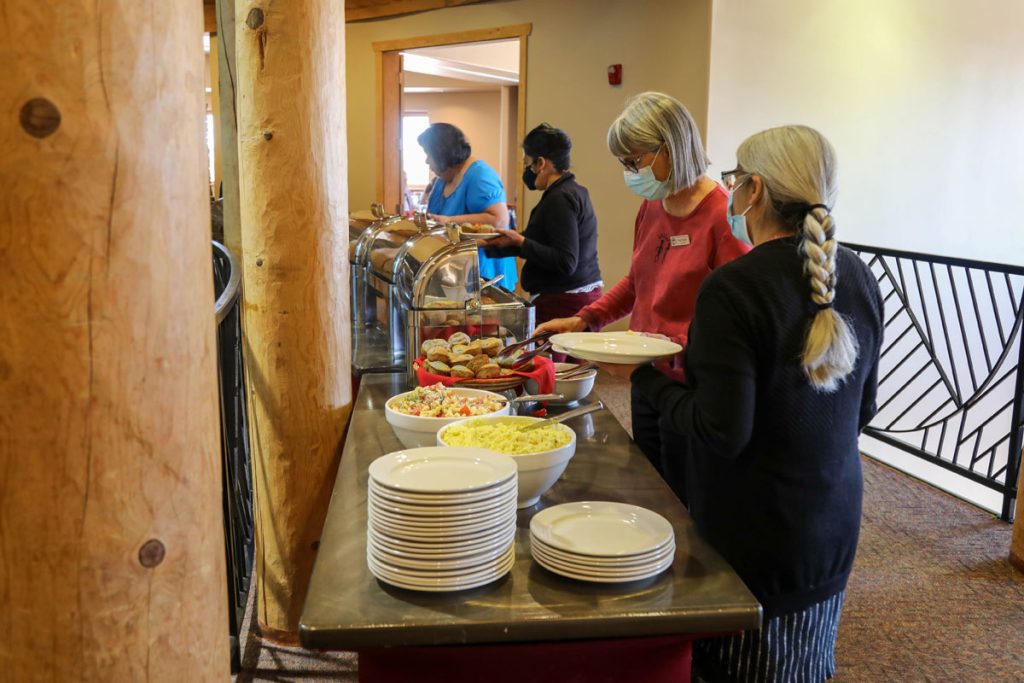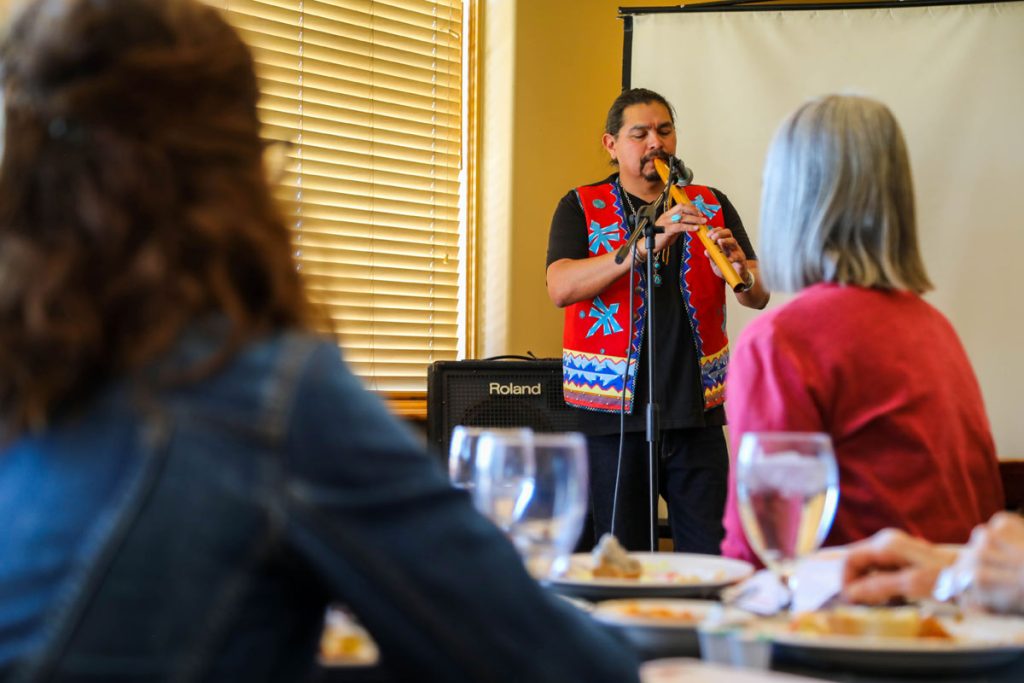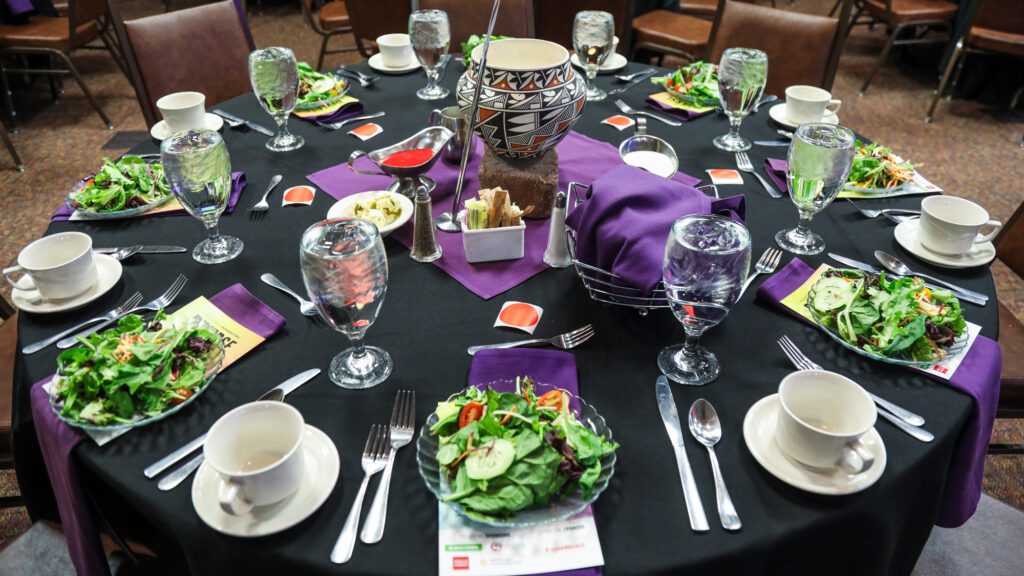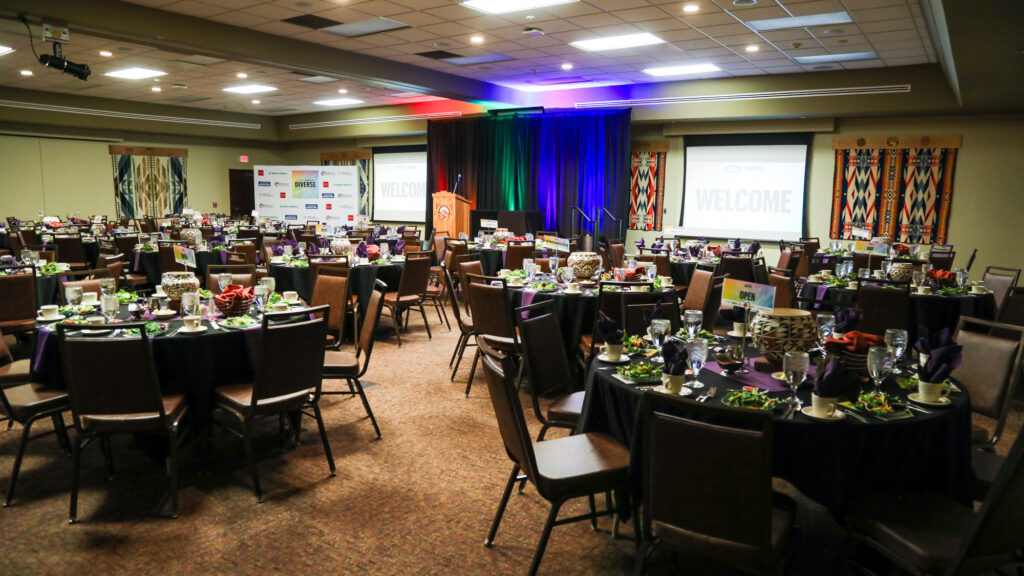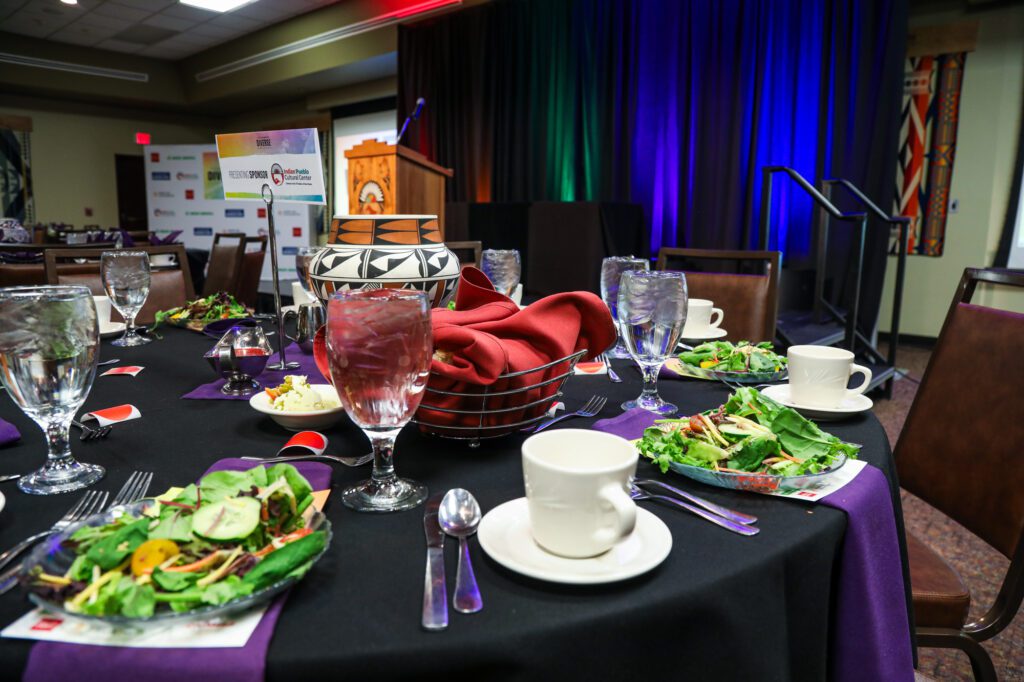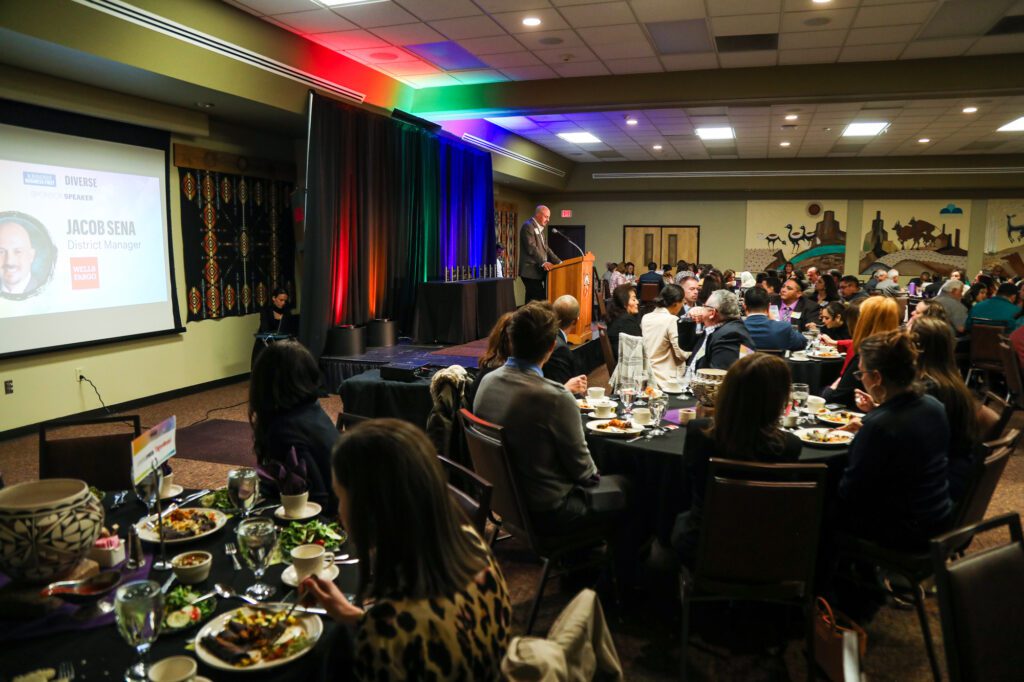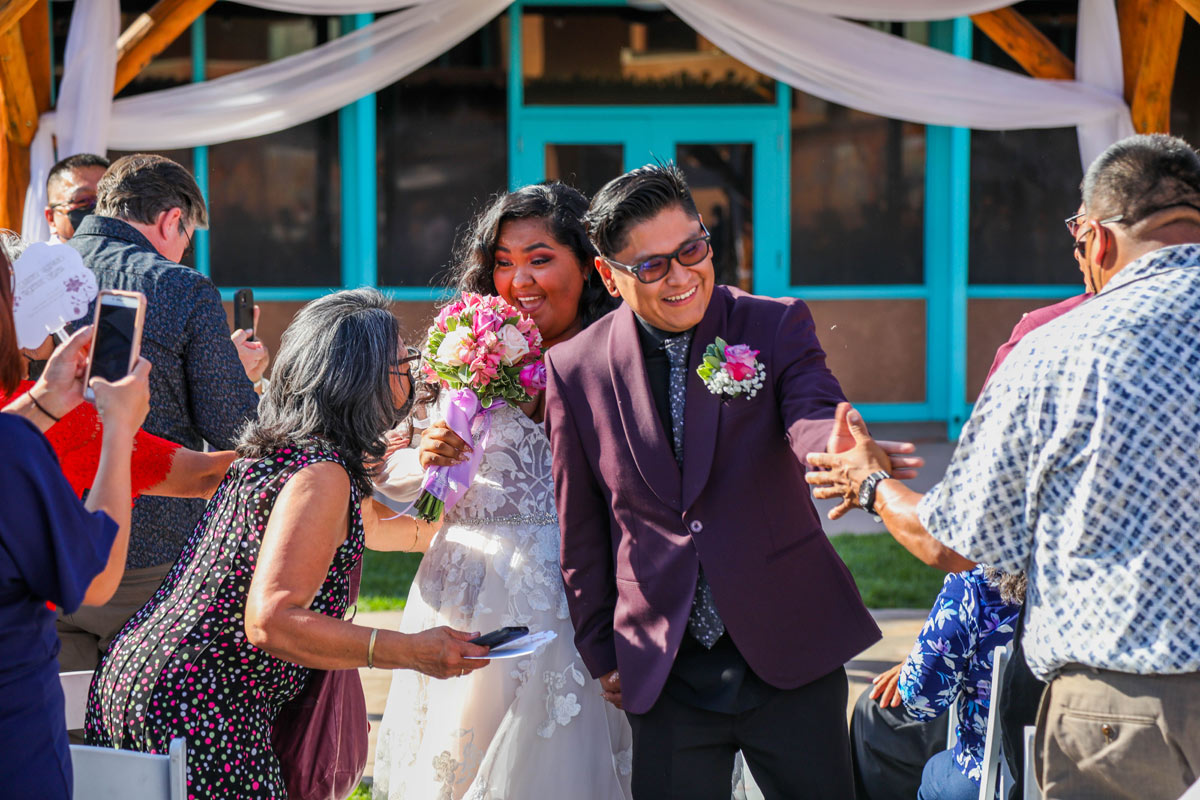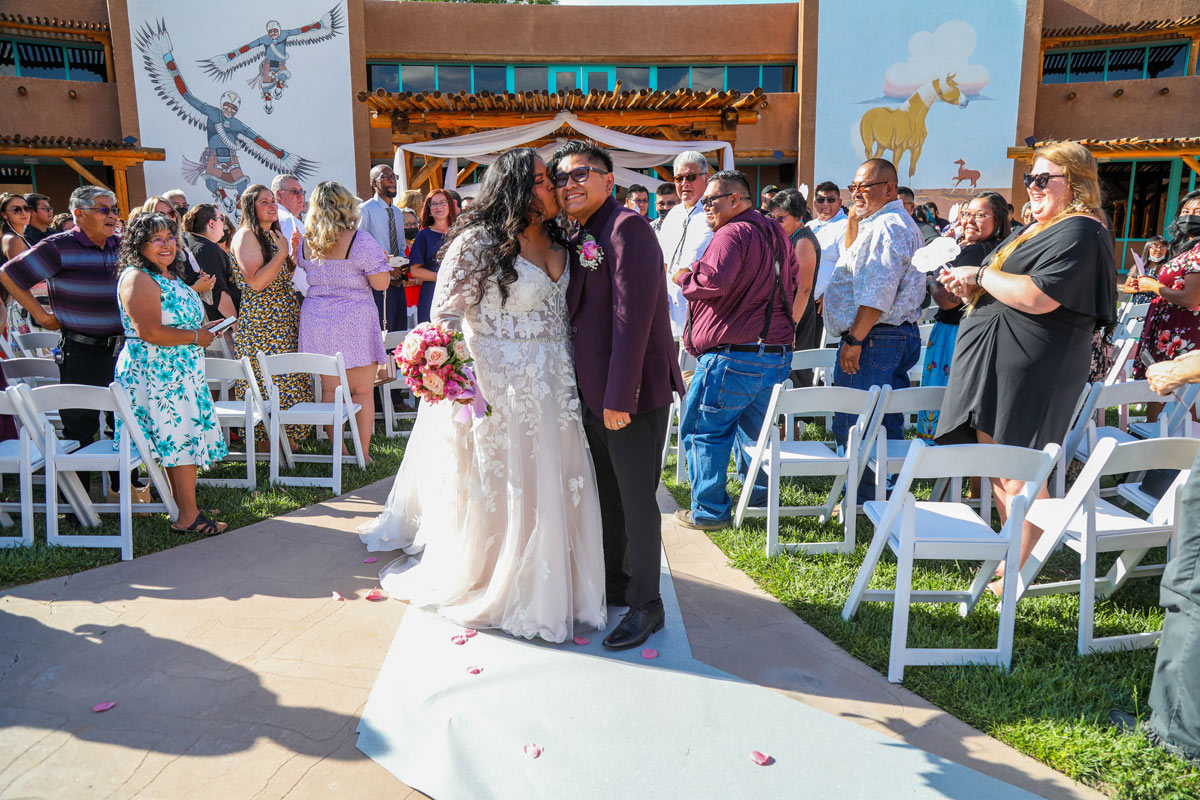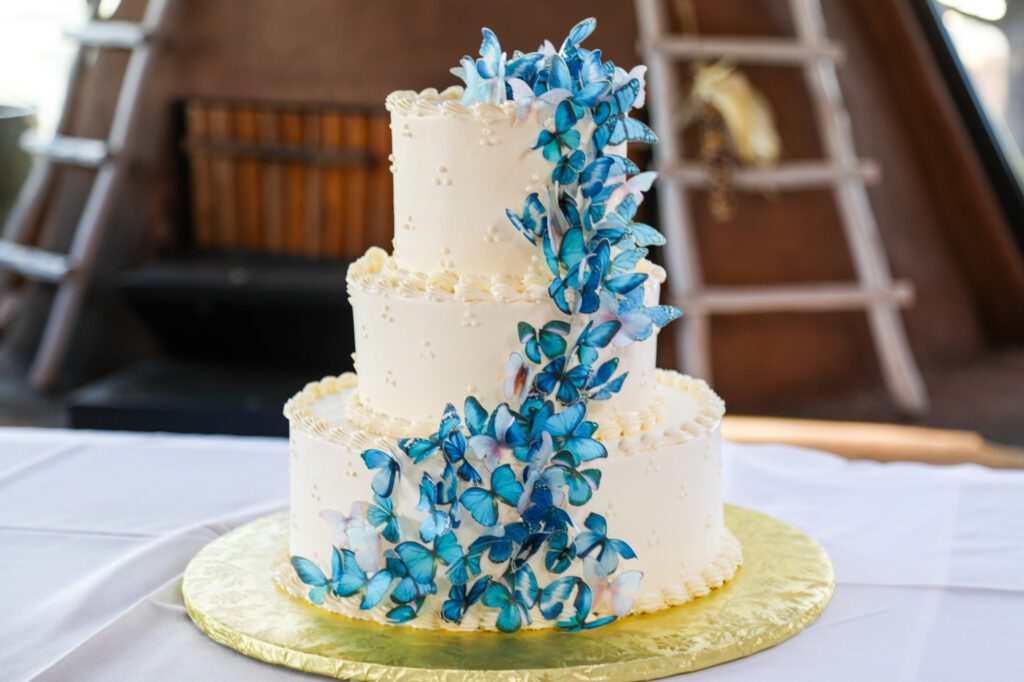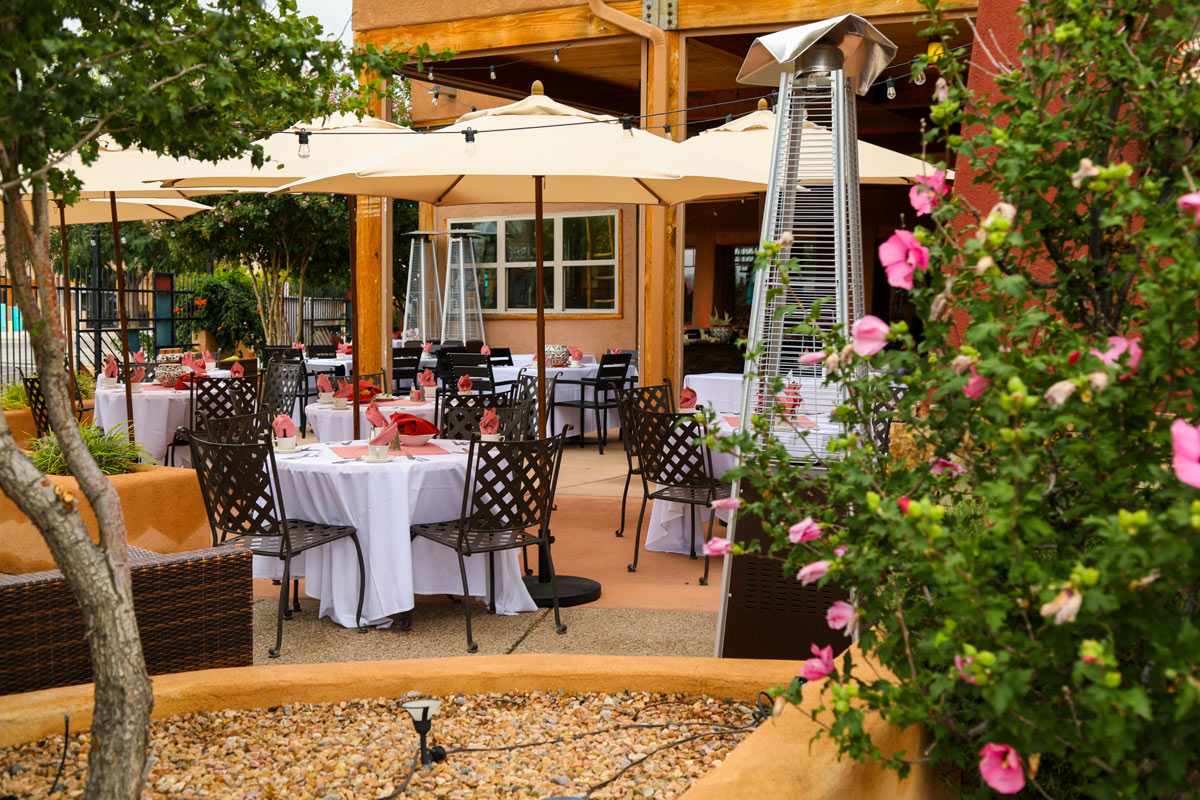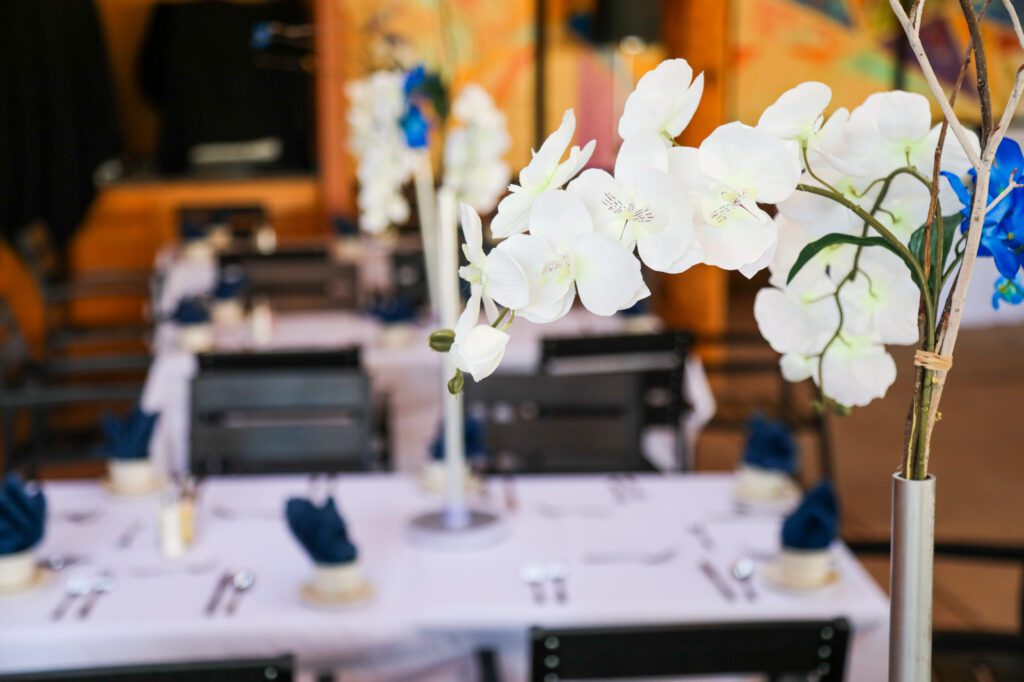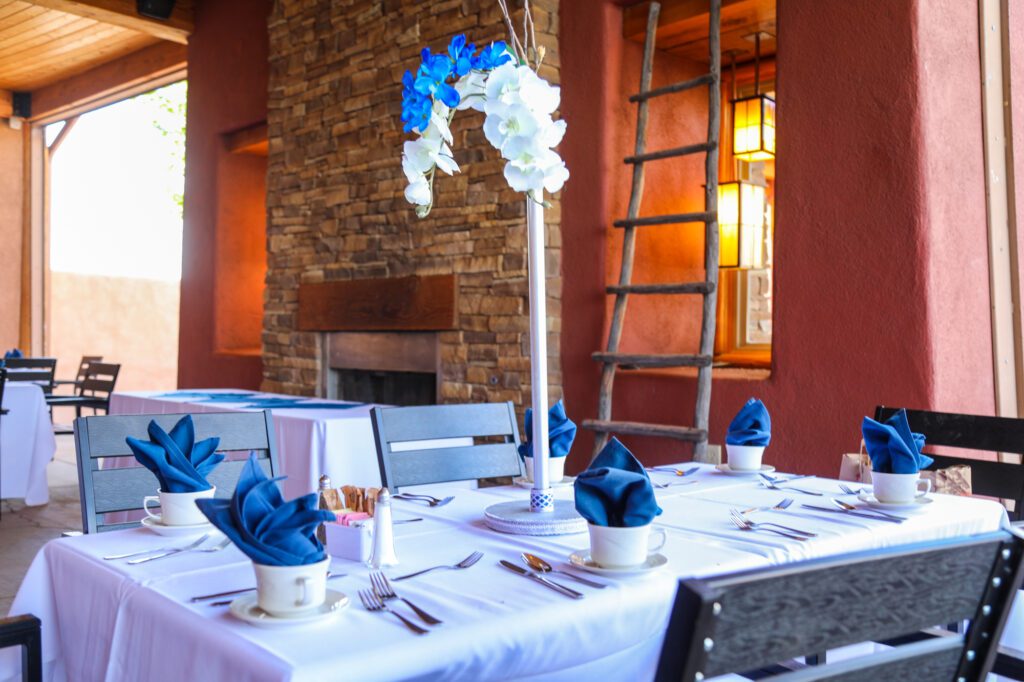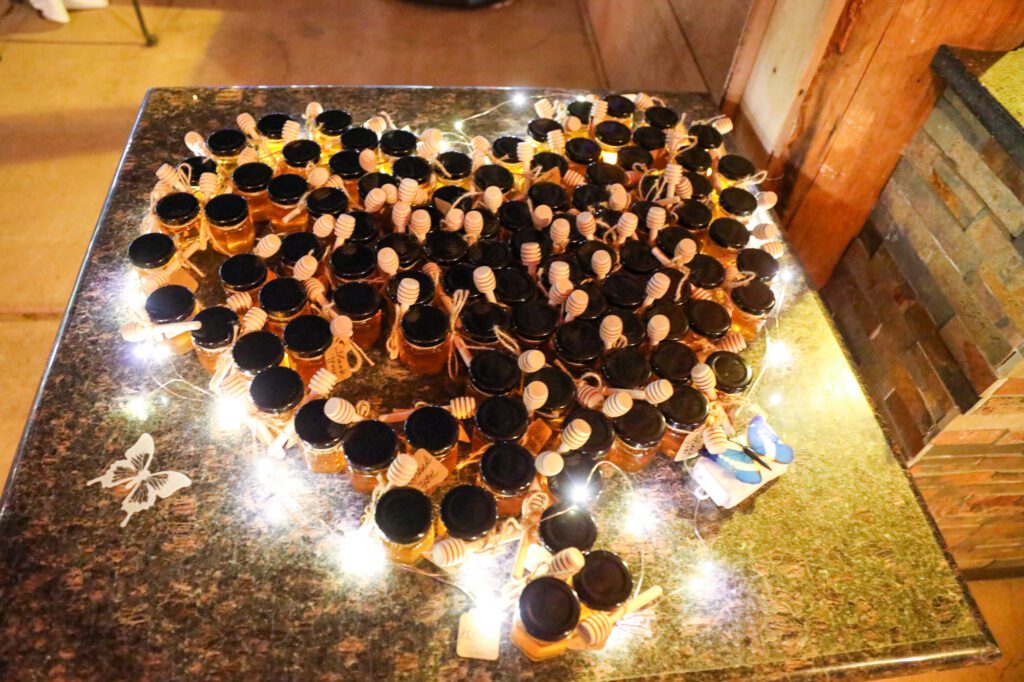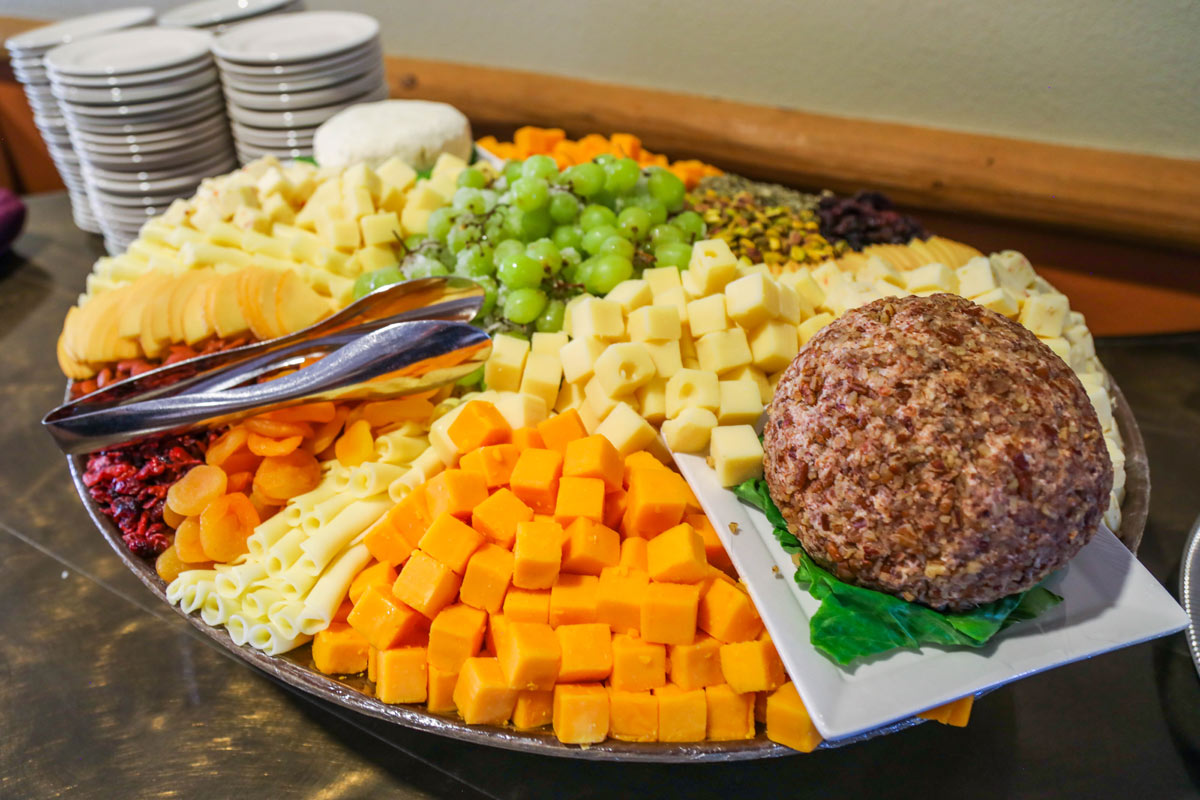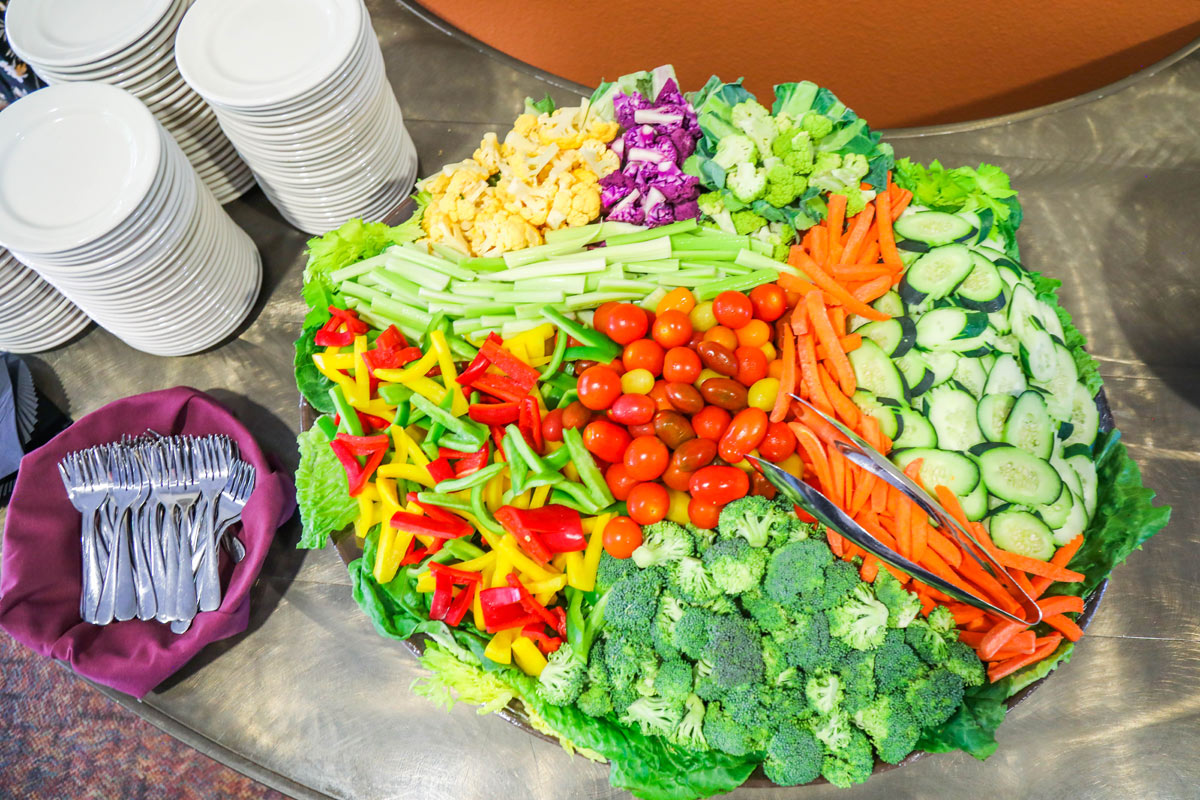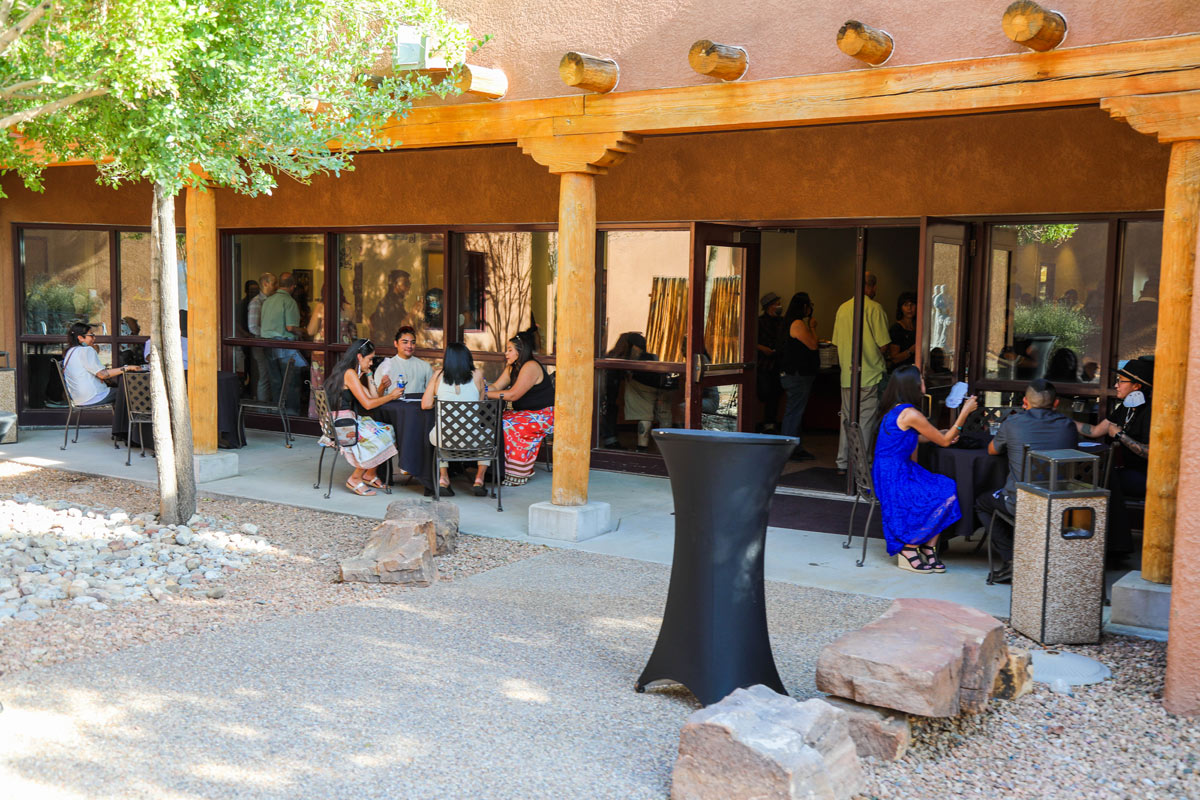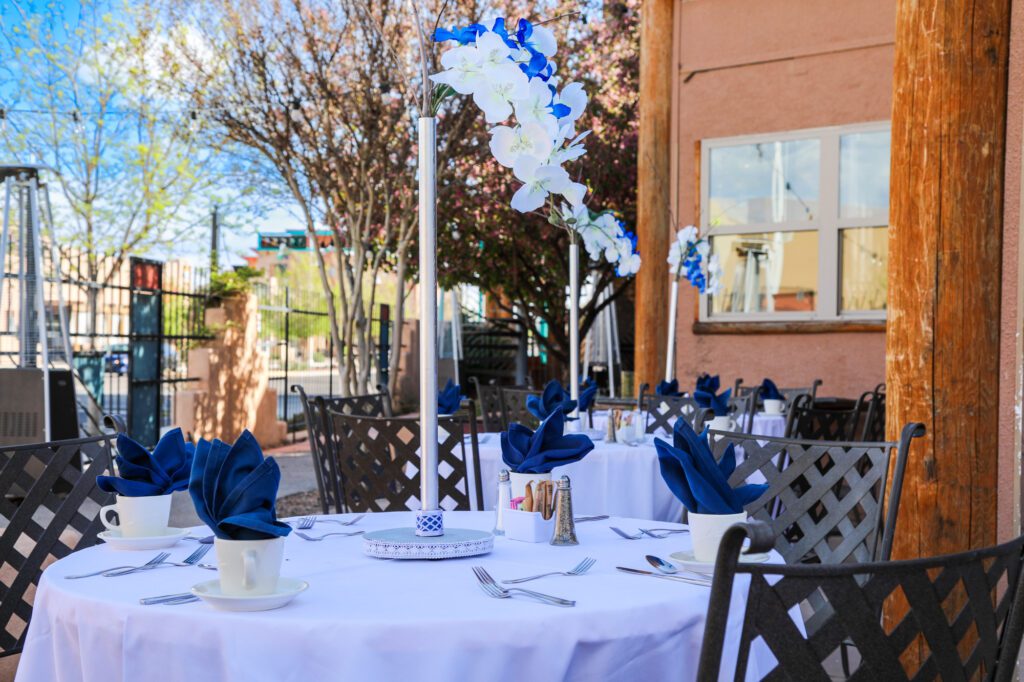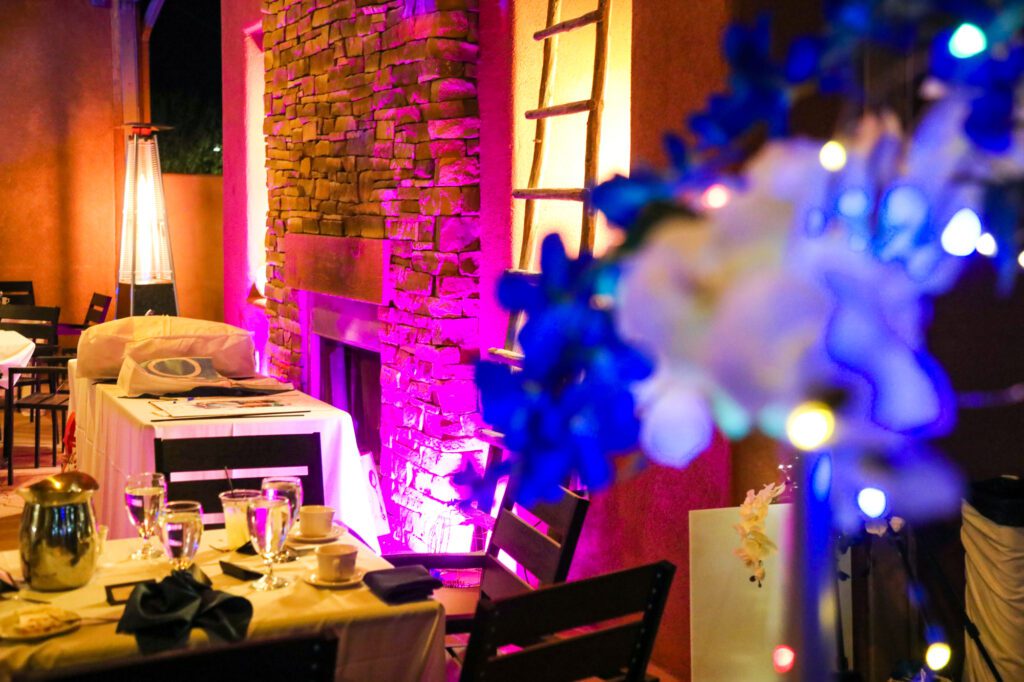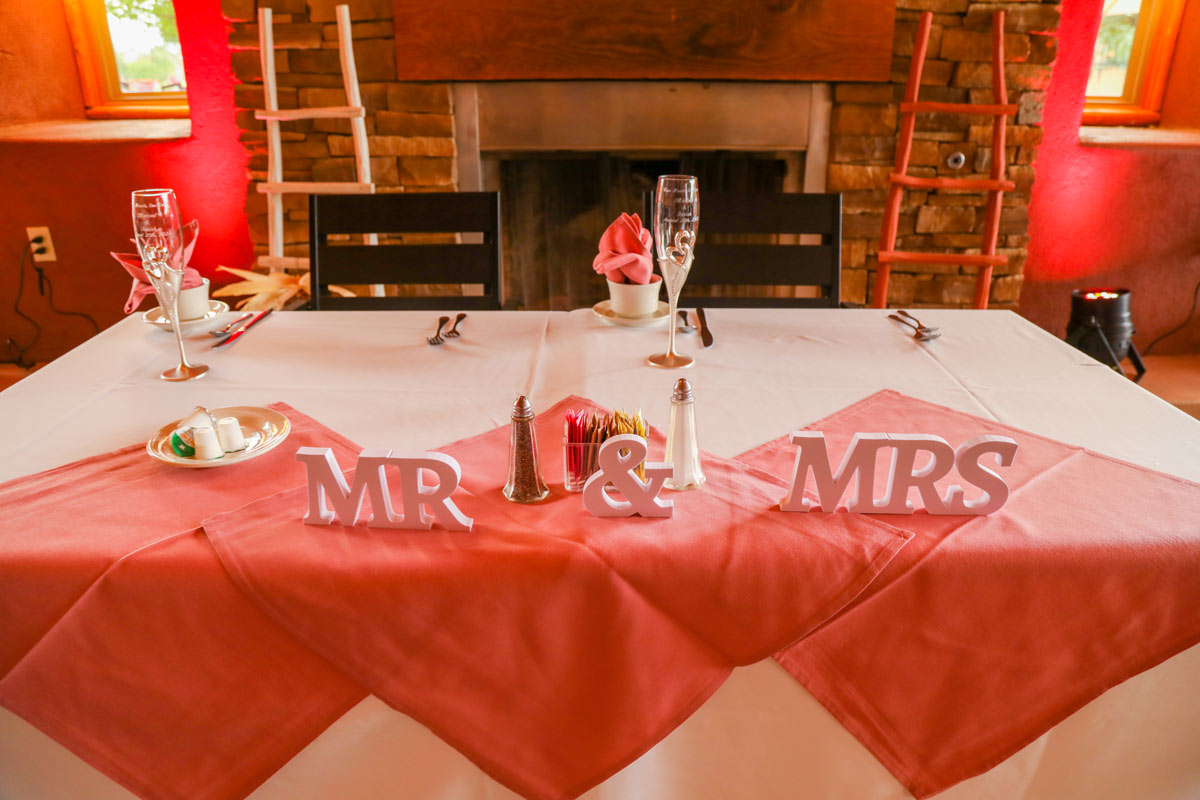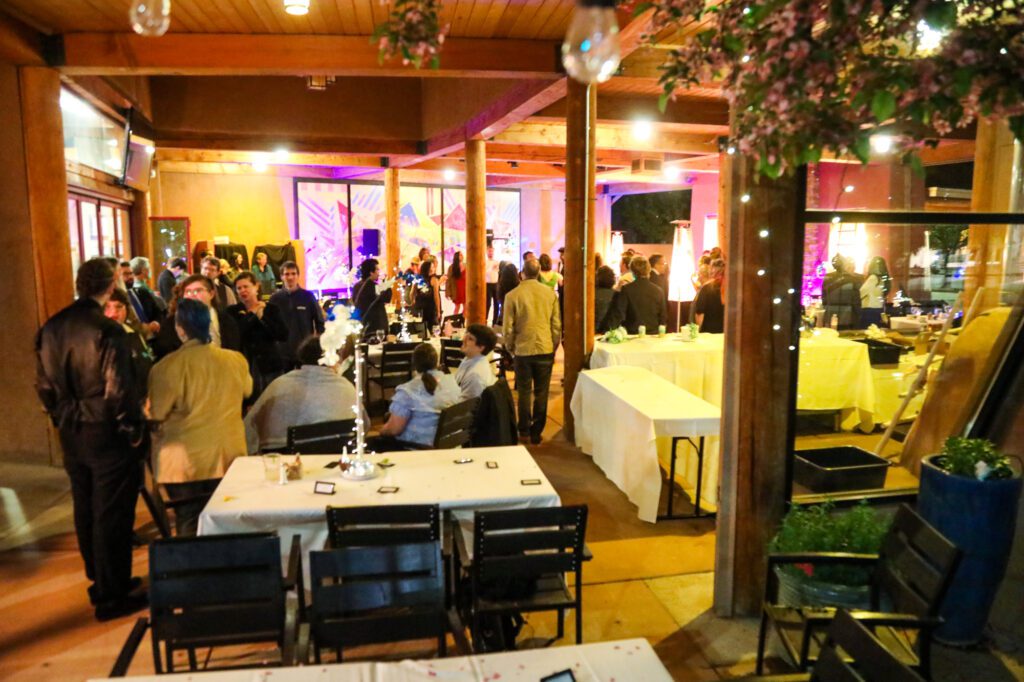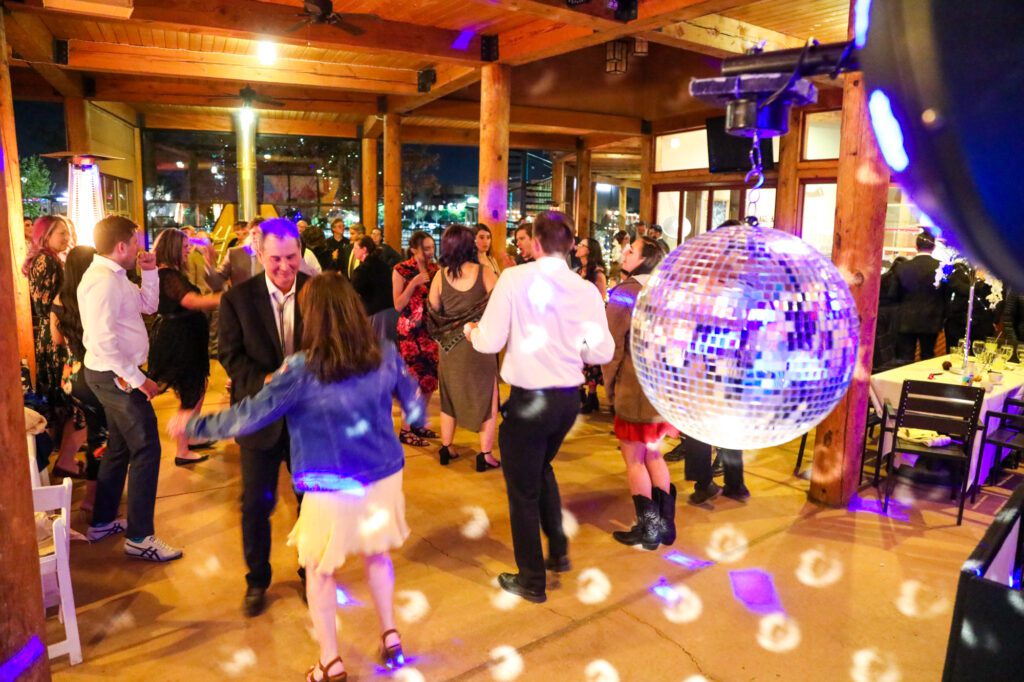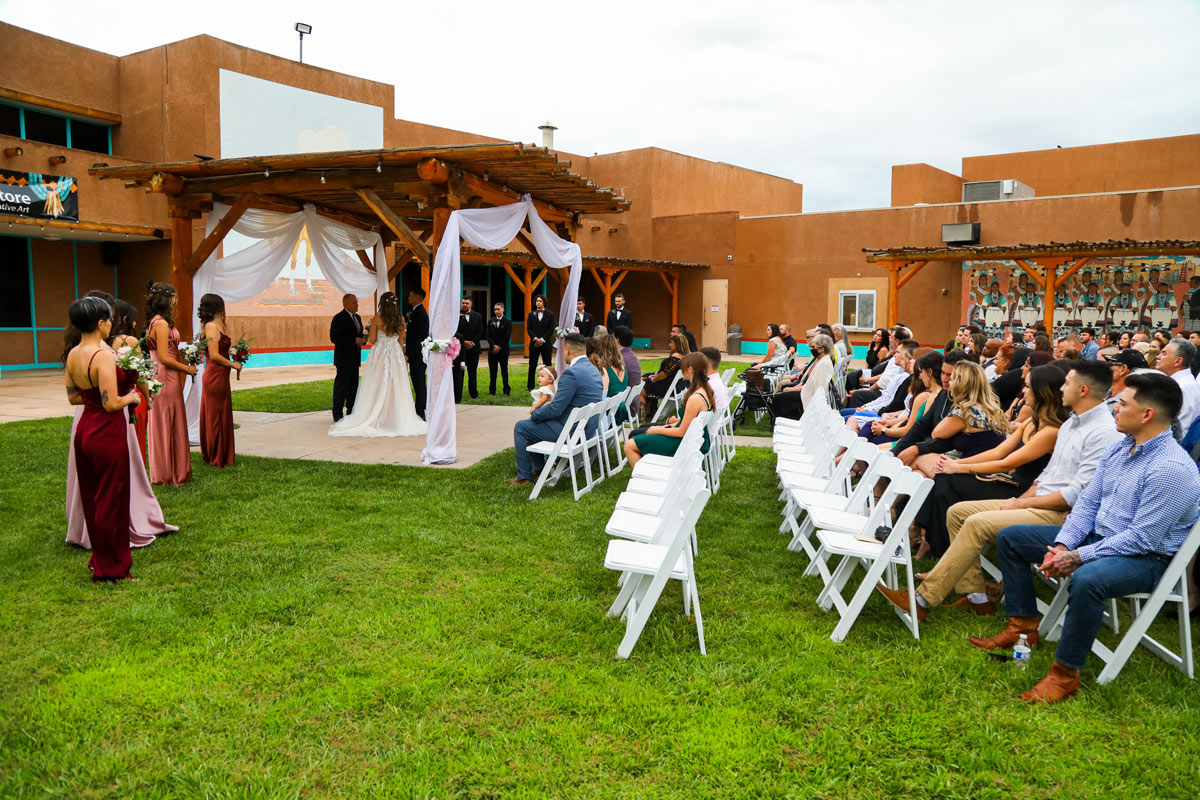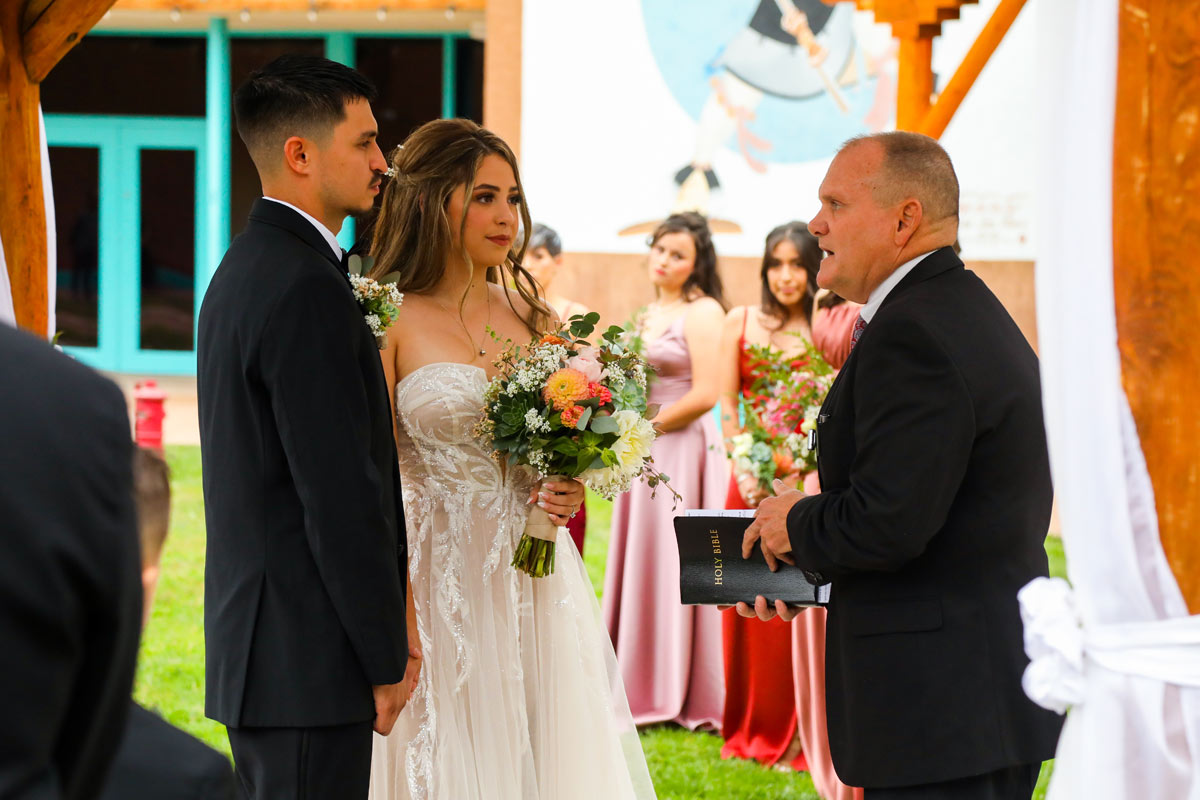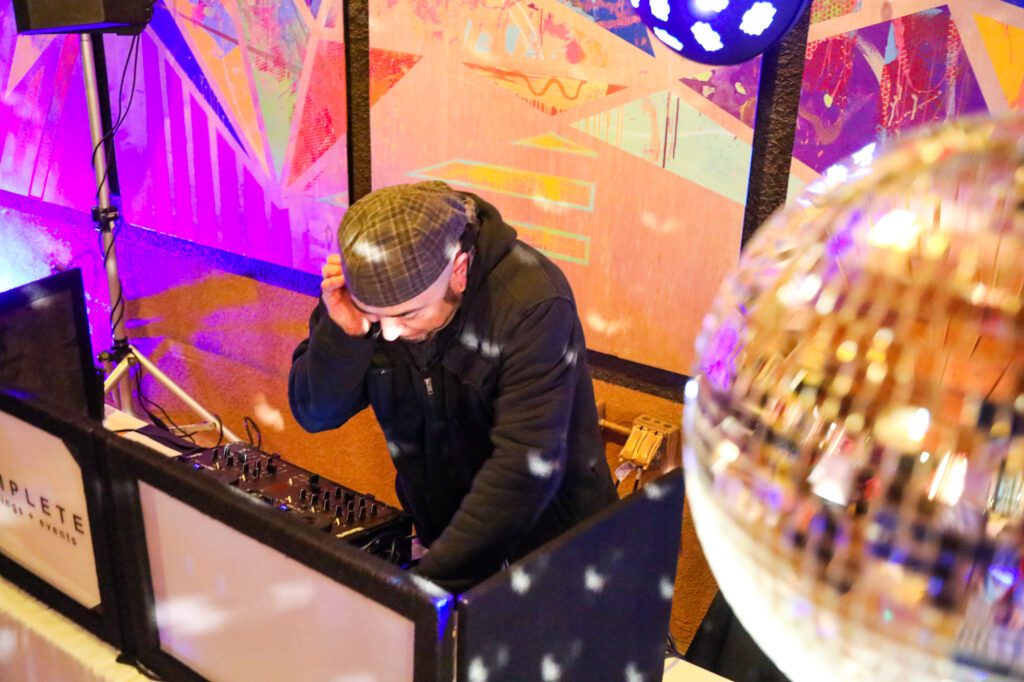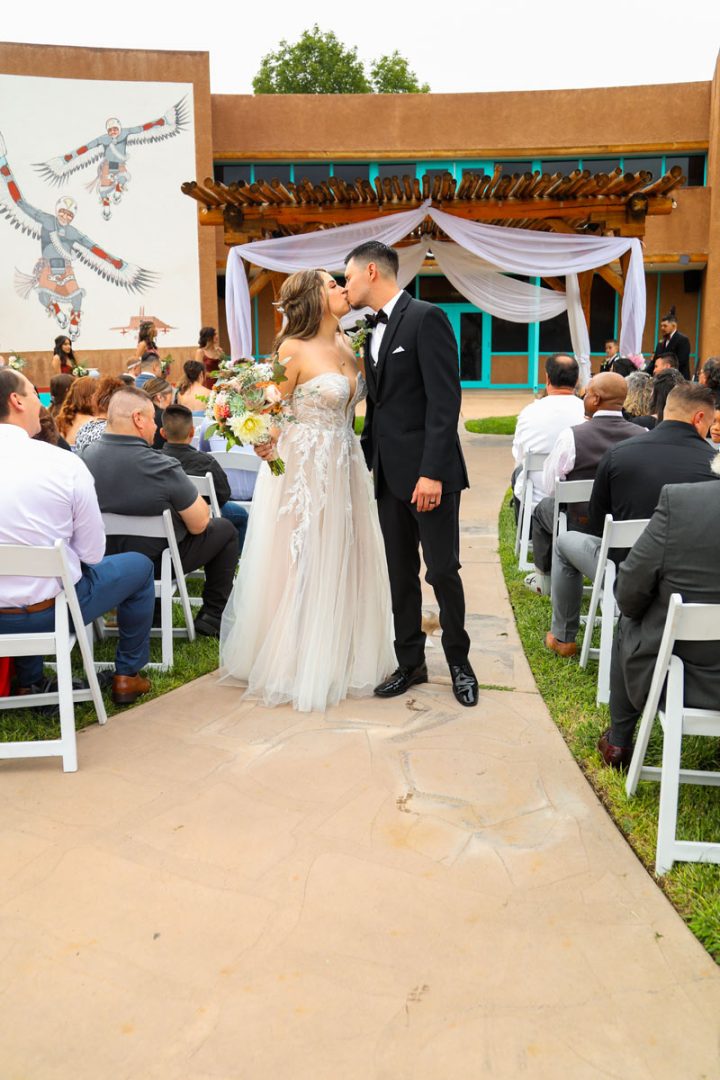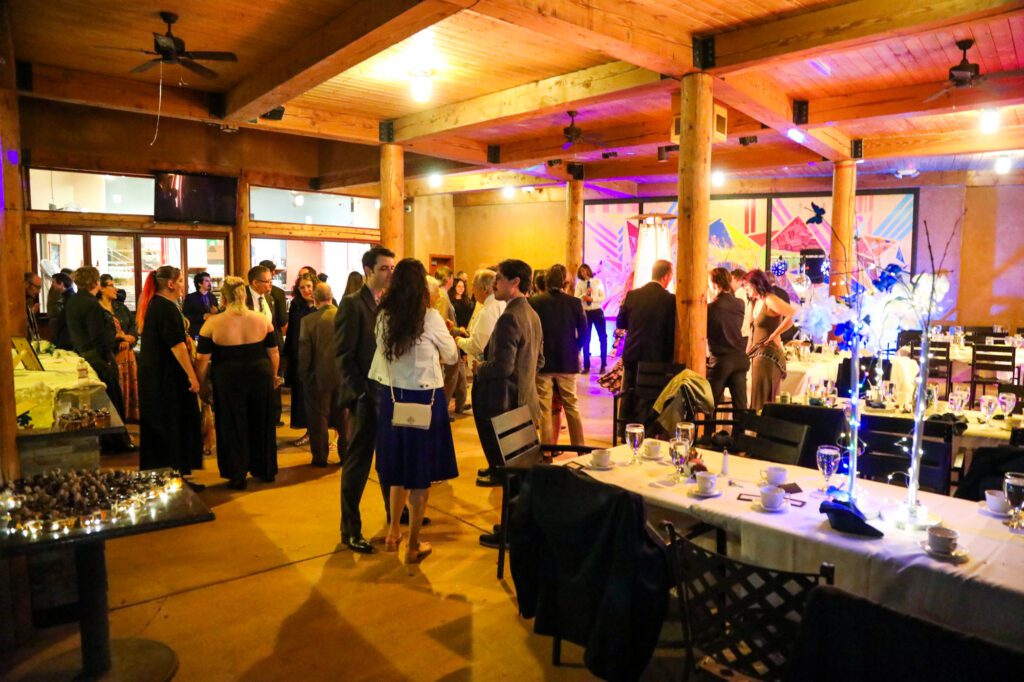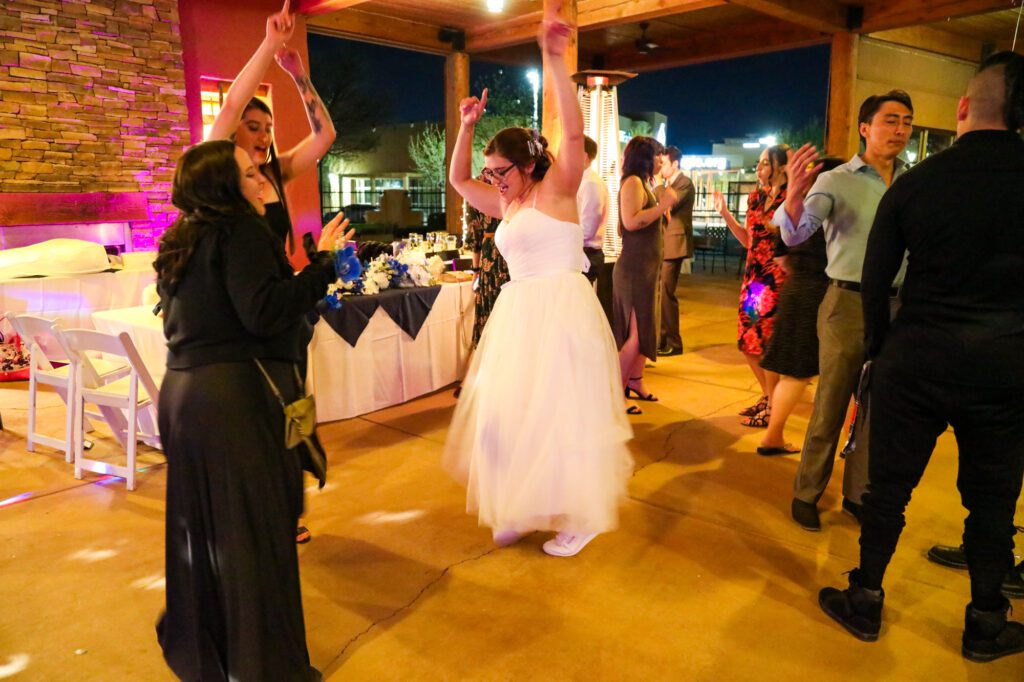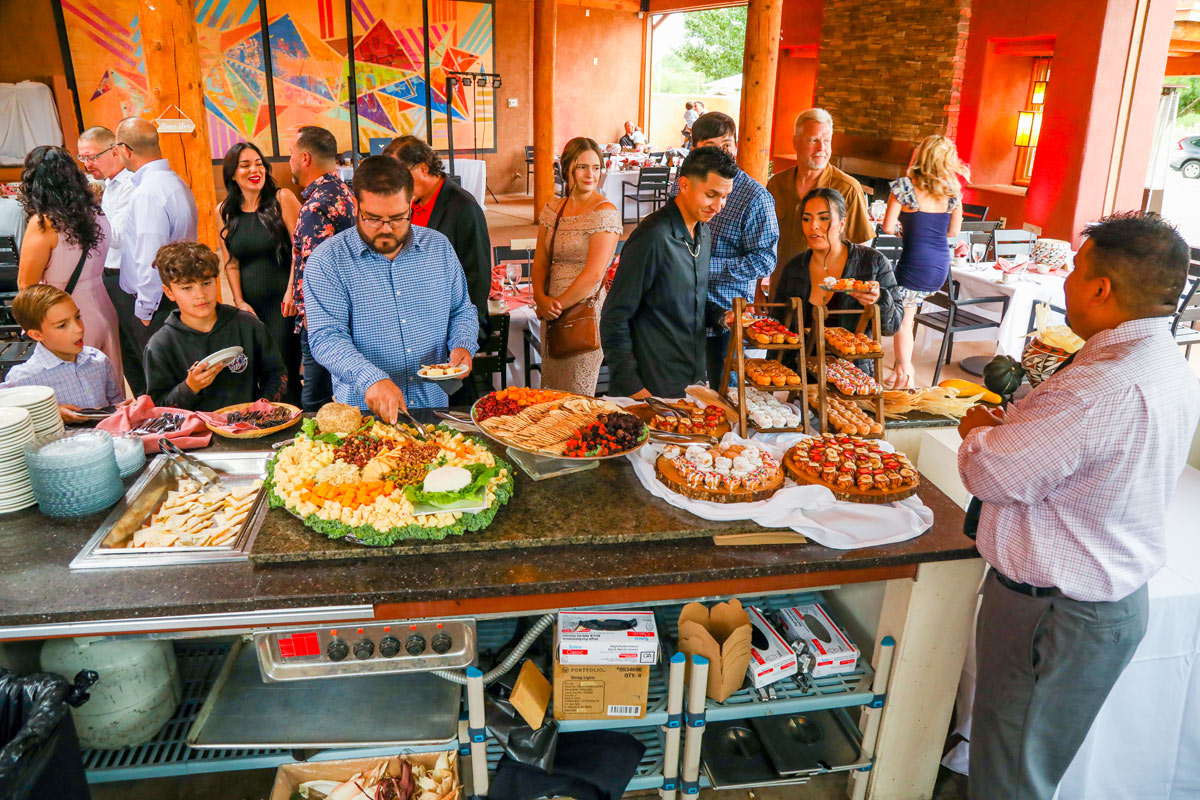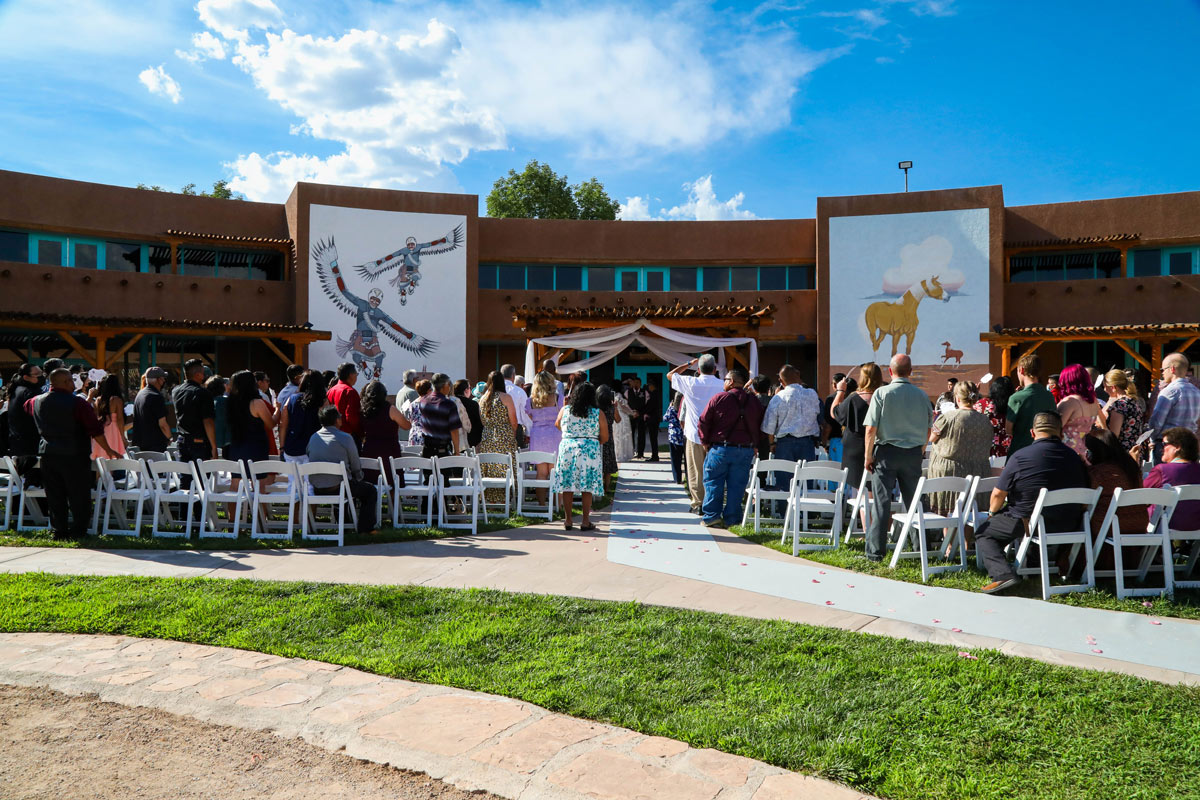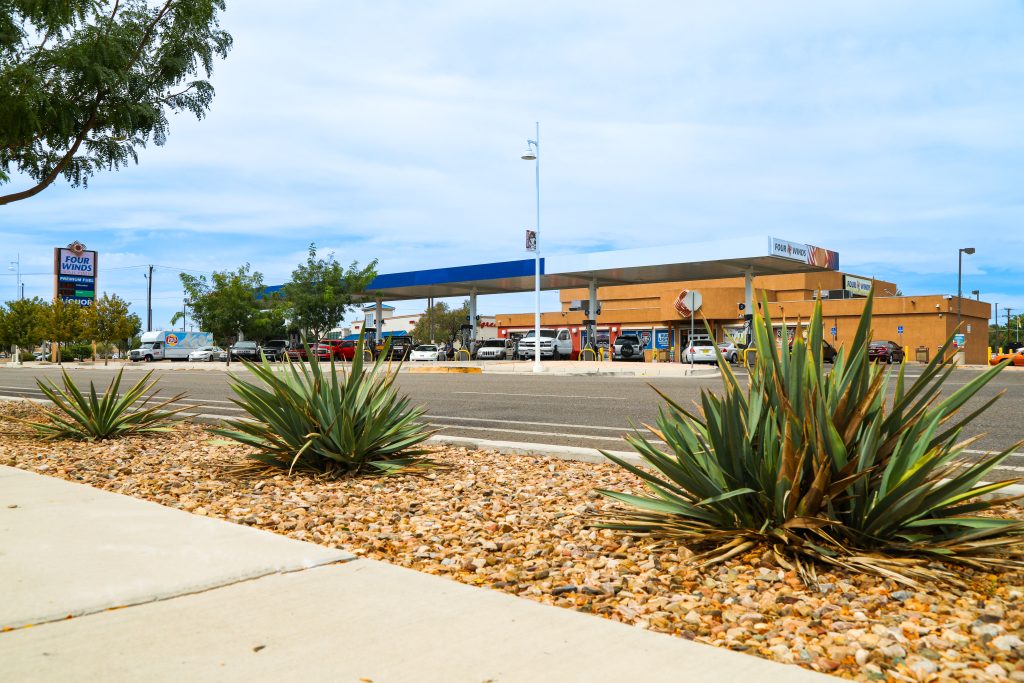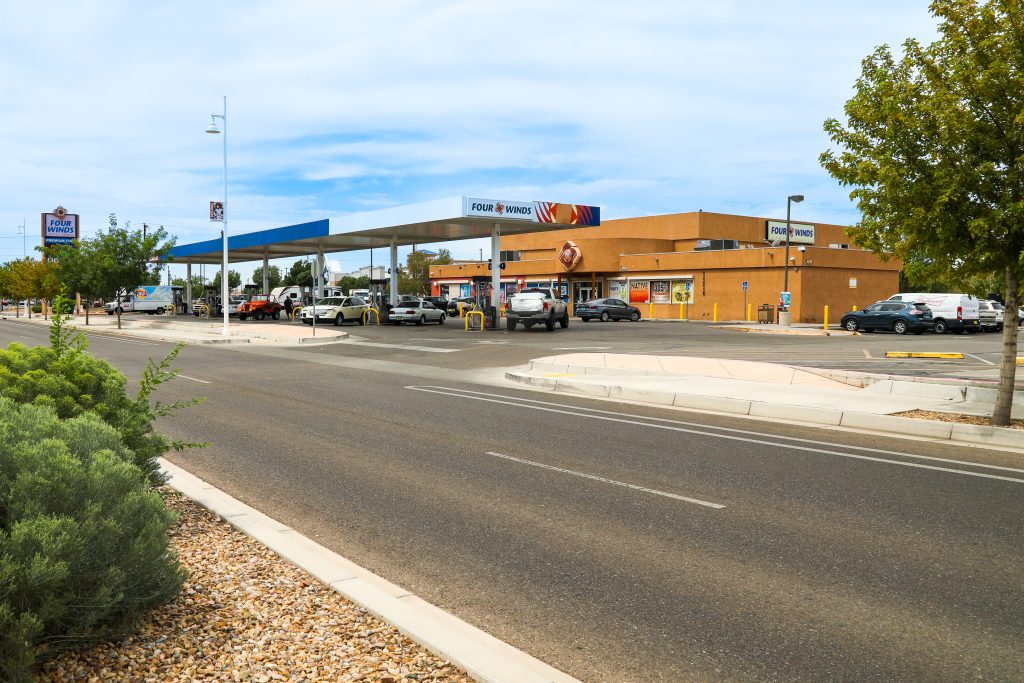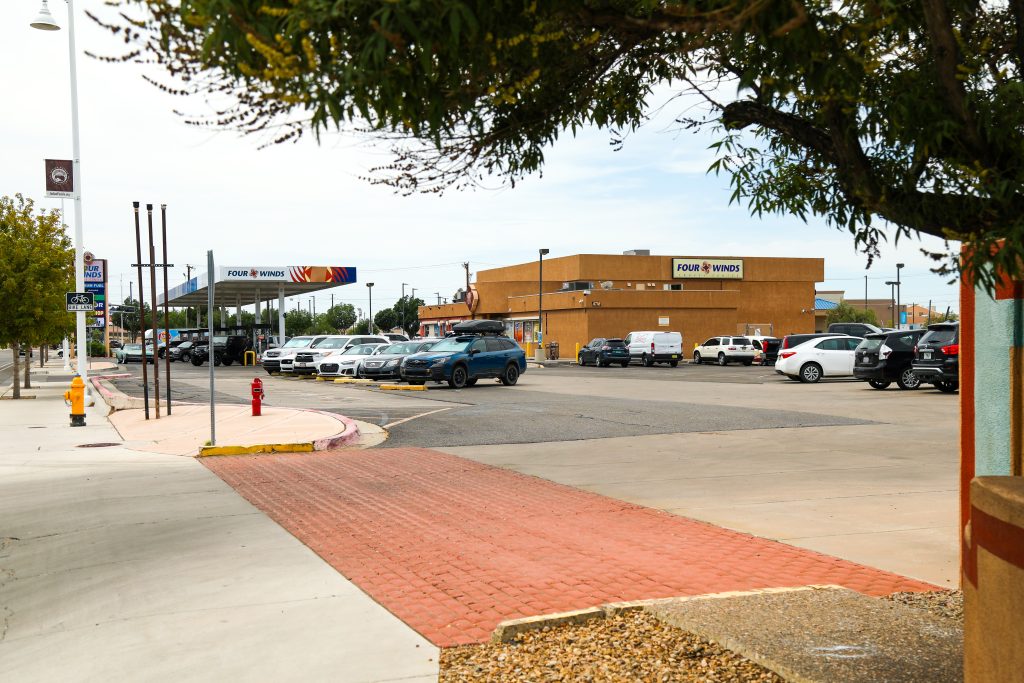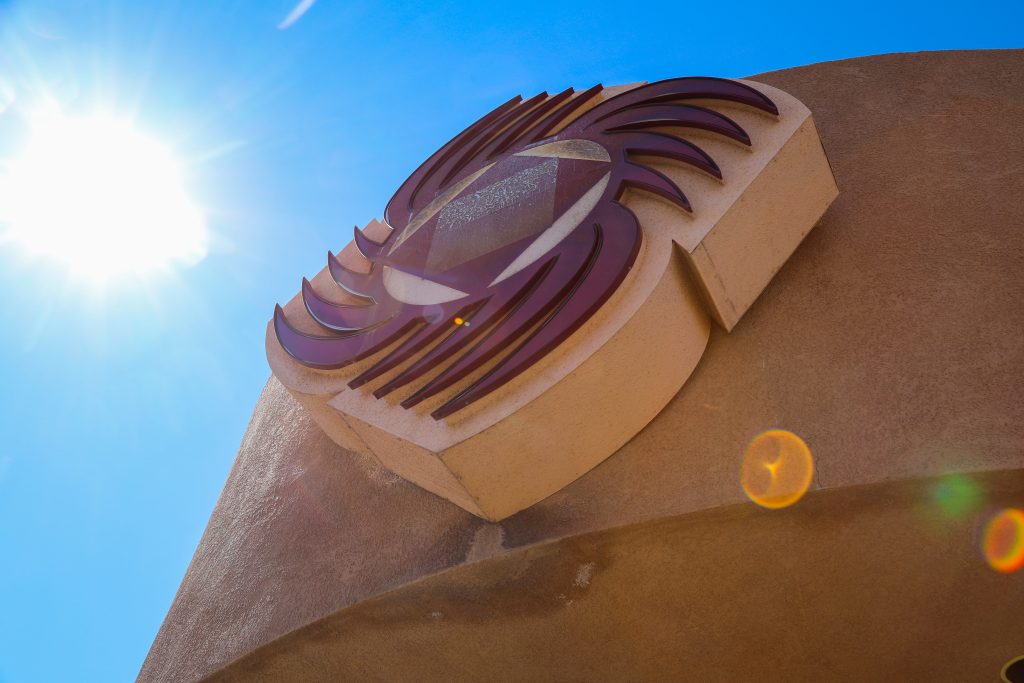Pueblo/Native American Writing Etiquette
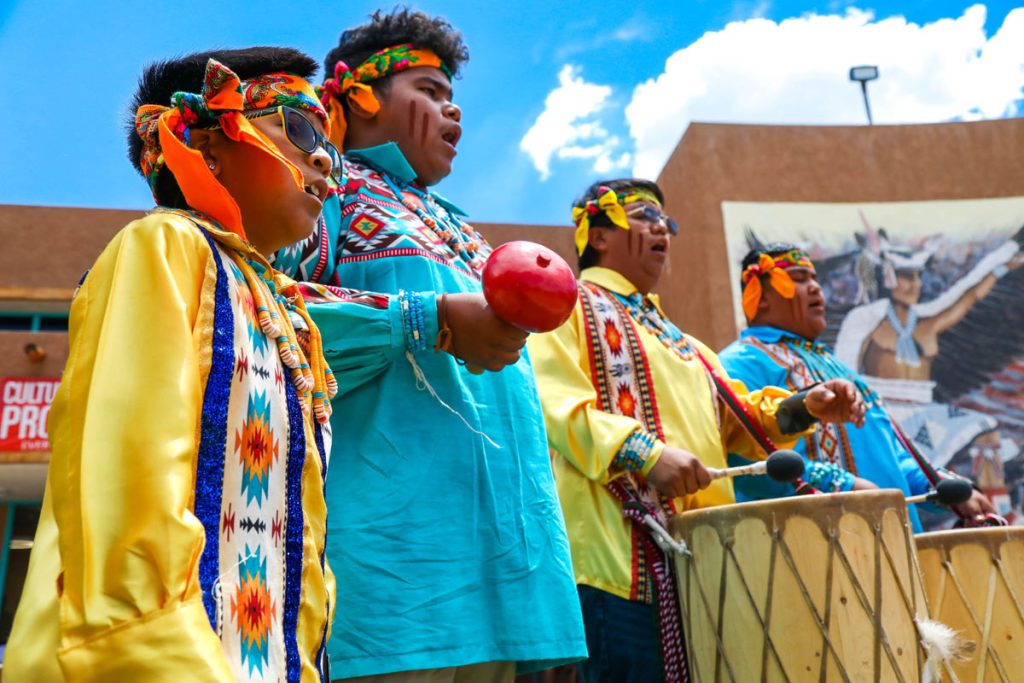
Download a pdf version here.
- When writing about Native American culture, the key consideration should be about respect. From there, the accuracy and mindfulness that many writers wish to create in their work will follow.
- When Native cultures help with respectful terminology for those trying to write about it, it helps minimize continued stereotypes and inappropriate verbiage.
- All cultures, including Native American culture, have their own ways in which they celebrate and acknowledge their cultural heritage. Dances shouldn’t be perceived as just a “performance” or “ceremony,” for example. Pueblo dances can be either social or specifically sacred cultural expressions of spirituality. Some dances can be attended and enjoyed by the public; others are private and can only be for that specific Pueblo community. When writing about a public dance, calling it a “cultural dance” is appropriate.
- In most situations, taking photographs of dance groups for personal or media use is allowed at the Indian Pueblo Cultural Center. There are some dance groups, however, that ask that images not be shared on social media. Photography for commercial purposes, i.e., making prints to sell, is never allowed without specific permission. These rules may change if you are visiting a Pueblo. Please respect the community’s or group’s particular requests.
- What Native Americans wear during a cultural dance or for other reasons aren’t costumes or outfits – they are revered items representing ritual and sacred constructs. When writing, the words “regalia” or “apparel” are more appropriate.
- Each of the 574 different Native communities had, and have, words in their own language not only for themselves, but for other Native groups. “Native American,” “American Indian,” “Puebloan” and “First Nations” are examples. When writing, taking the extra step and ask the person what they prefer is best practice. When unable to do so, a less confrontational term is using “Native community.”
- Many people buy into the phrase “imitation is the best compliment.” That way of thinking makes cultural appropriation complicated and confusing – even more so when non-Native items worth money is the issue. If non-Natives create items with a Native theme or influence, it negatively impacts items made by Native producers, especially when the items are inferior or cheap. This can further perpetuate negative attitudes against Native entrepreneurs.
- To protect Native works, the federal government created the Indian Arts and Crafts Act of 1990 to protect the consumer as well as an artist/entrepreneur. Native-owned copyrights and intellectual property are also protected.
- Pueblo communities are happy to welcome visitors to experience their culture and traditions. Although many Pueblos are currently closed due to their own COVID regulations, when they do open back up, here’s information on how to visit Pueblos respectfully.
- Please call the Pueblo at least two days in advance of your visit to make sure the community is open to visitors.
- Although most Pueblos are open to the public during daylight hours, the homes are private. Like any community, the Pueblos are home to those who live there and should be respected as such.
- Native communities value traditions, customs, and religion. Please keep in mind that dances on pueblos or tribal lands are religious ceremonies, not public performances and it is a privilege to be invited. Some actions and/or questions could be offensive, so please refrain from pressing for answers.
- Some Pueblos charge an entry fee; camping and fishing fees are also charged where facilities are available. Call ahead to find out if there are fees associated with visiting.
- Most Pueblos require a permit to photograph, sketch, or paint on location. Some Pueblos prohibit photography at all times. Please check with Pueblo officials for the permitting process before entering. Once a permit is obtained, always ask for permission before taking a photograph of a Pueblo member. Not following rules could call for your camera/phone to be confiscated.
- Bringing alcohol or drugs on the pueblos is prohibited.
- On the Pueblo, silence is mandatory during all dances and ceremonies. No questions or interviews are allowed while the dance or ceremony is under way. Stay where you are located during the duration of the dance, and do not applaud when a dance is complete.
- Kivas, ceremonial rooms, and cemeteries are restricted areas and for use by pueblo members only. Do not scale walls or climb on top of buildings, and do not litter.
- During feast days or other public observances, enter a home as you would any other – by invitation only. It is courteous to accept an invitation to eat, but don’t linger – your hosts will be serving numerous guests during the day. While thanking your host is appreciated, payments or tips are not appropriate.
- If you are on an organized tour, please stay with your guide at all times.
- Adhere to all posted signage in regards to restrictions on cell phone use and photography. Most signage states restrictions, fines, and penalties.
Media Contacts
Veronica Apodaca
[email protected]
